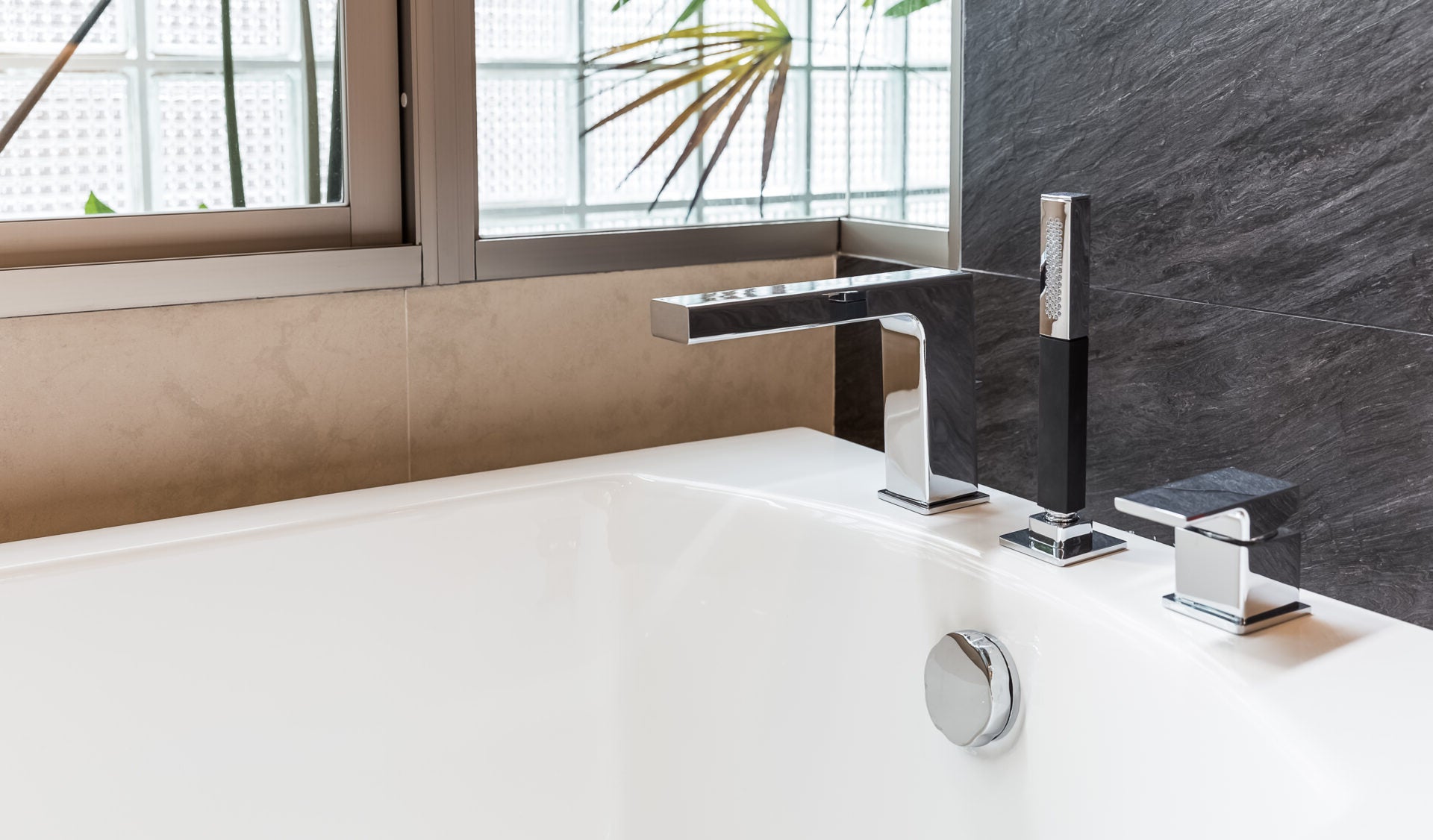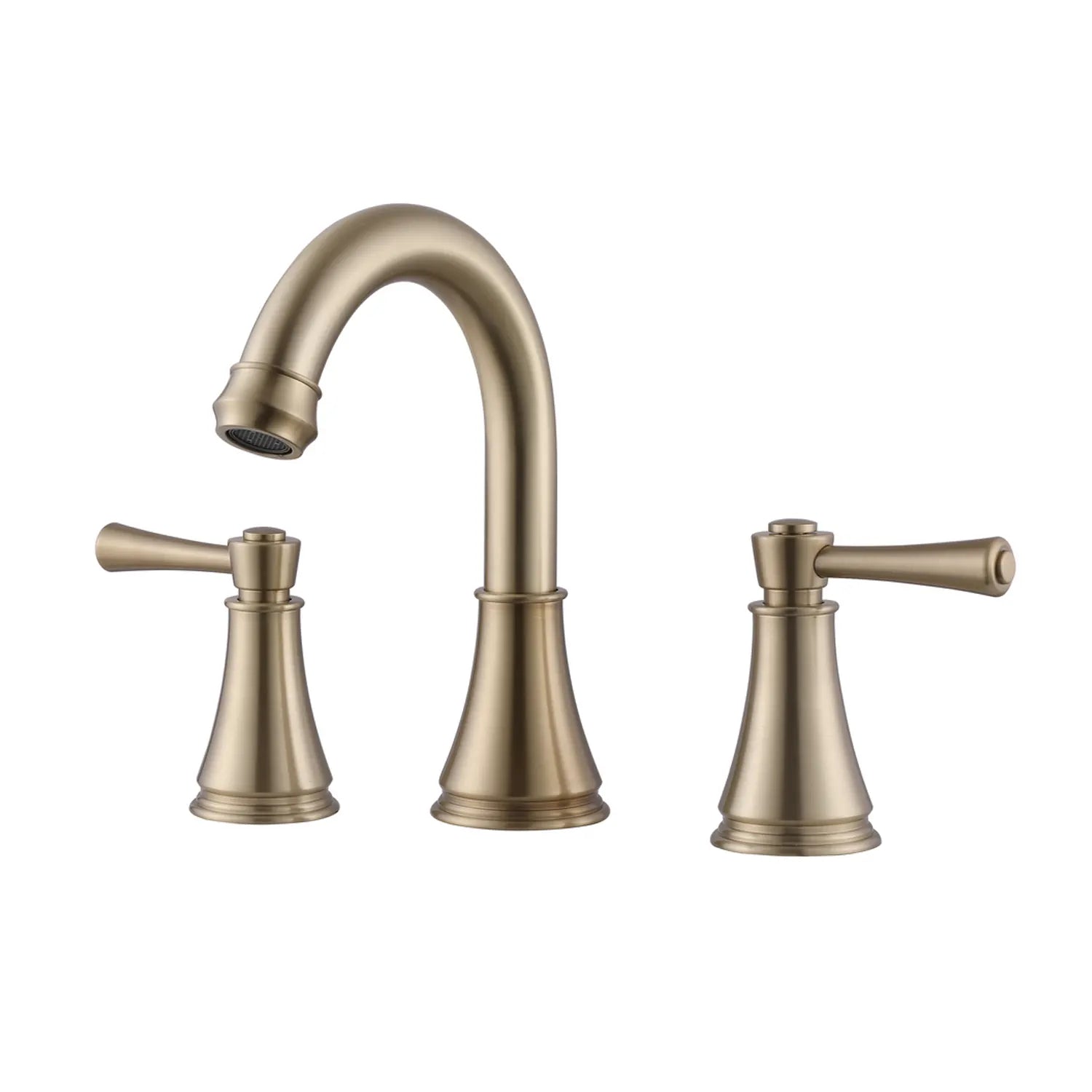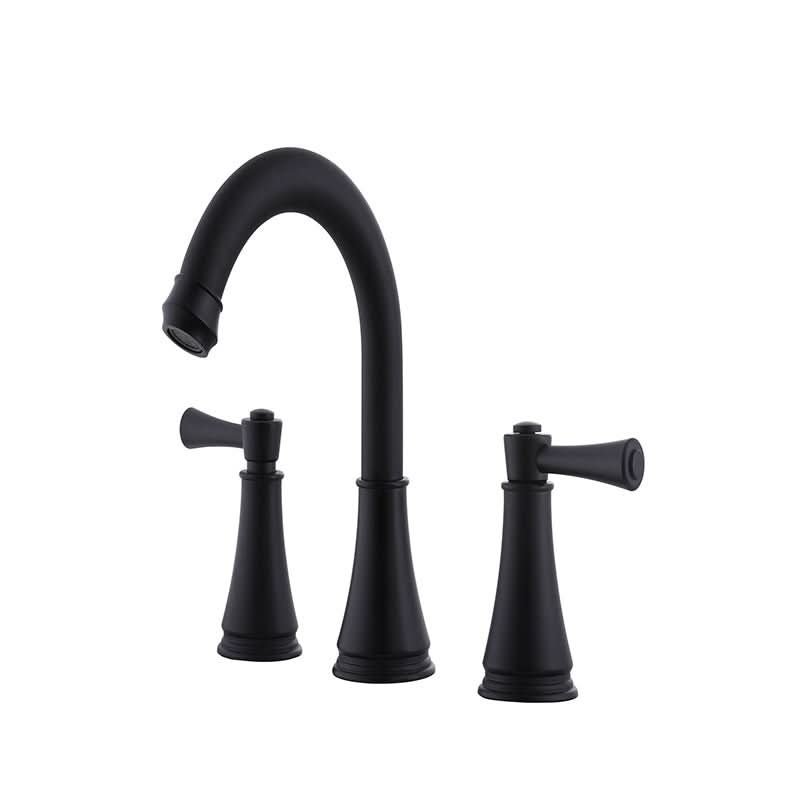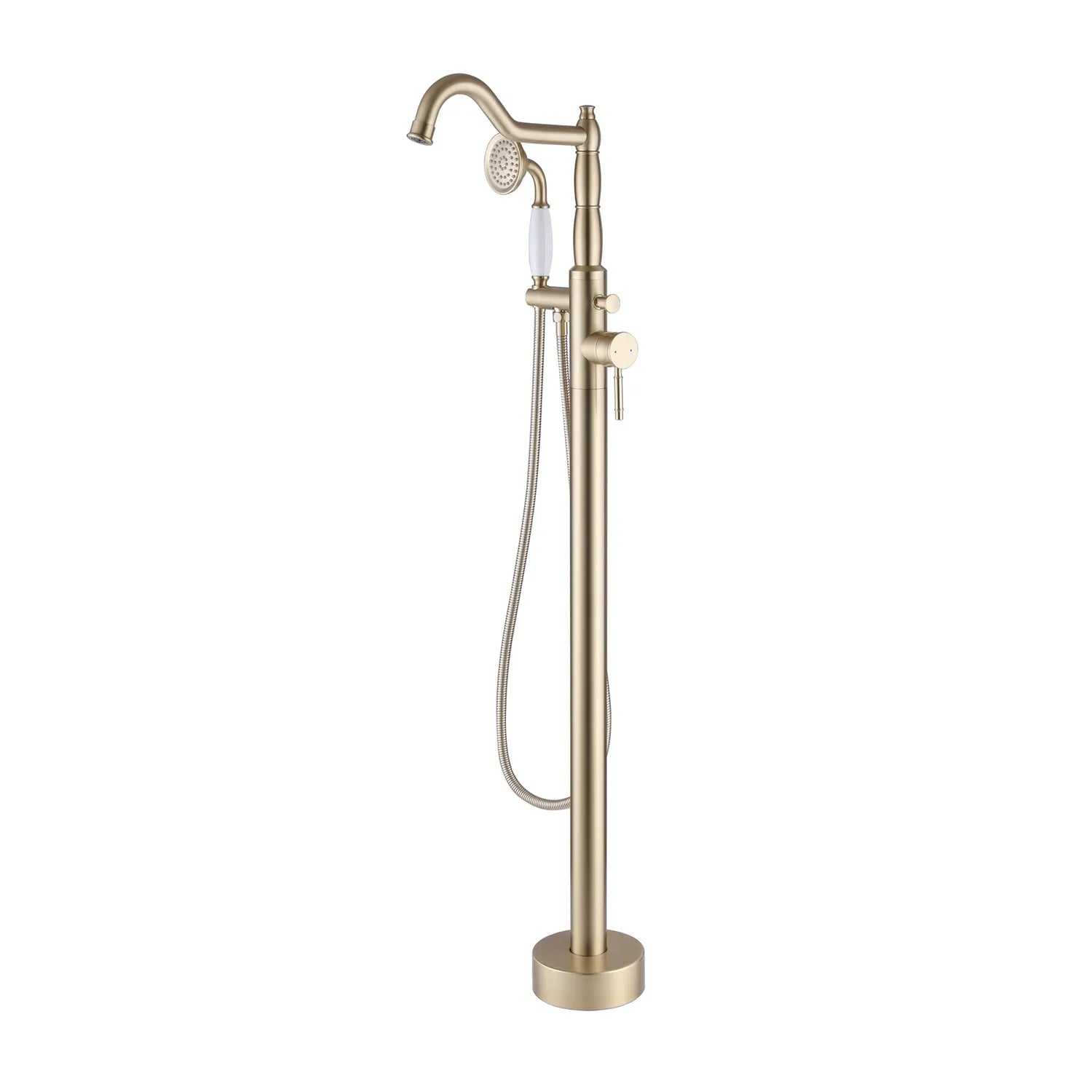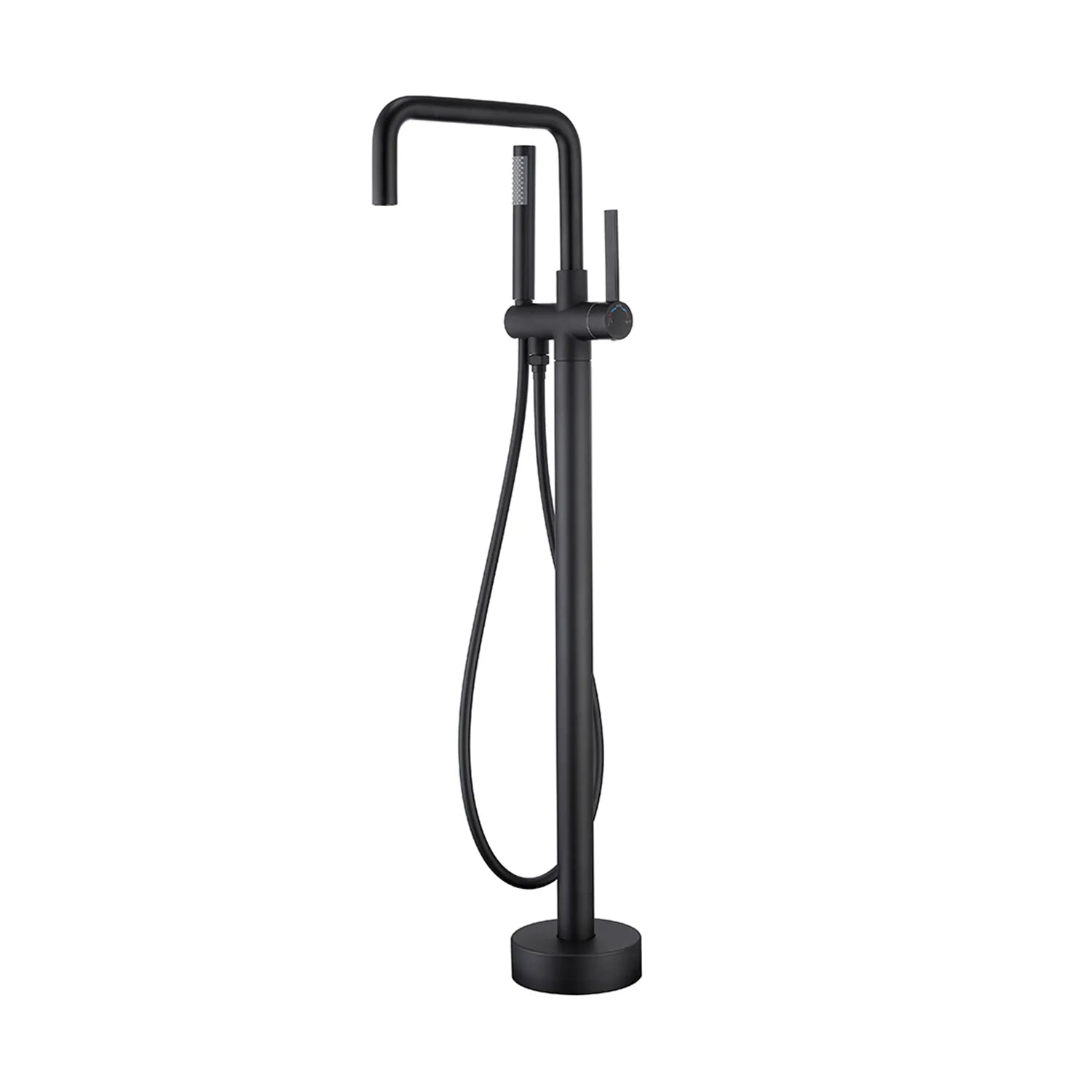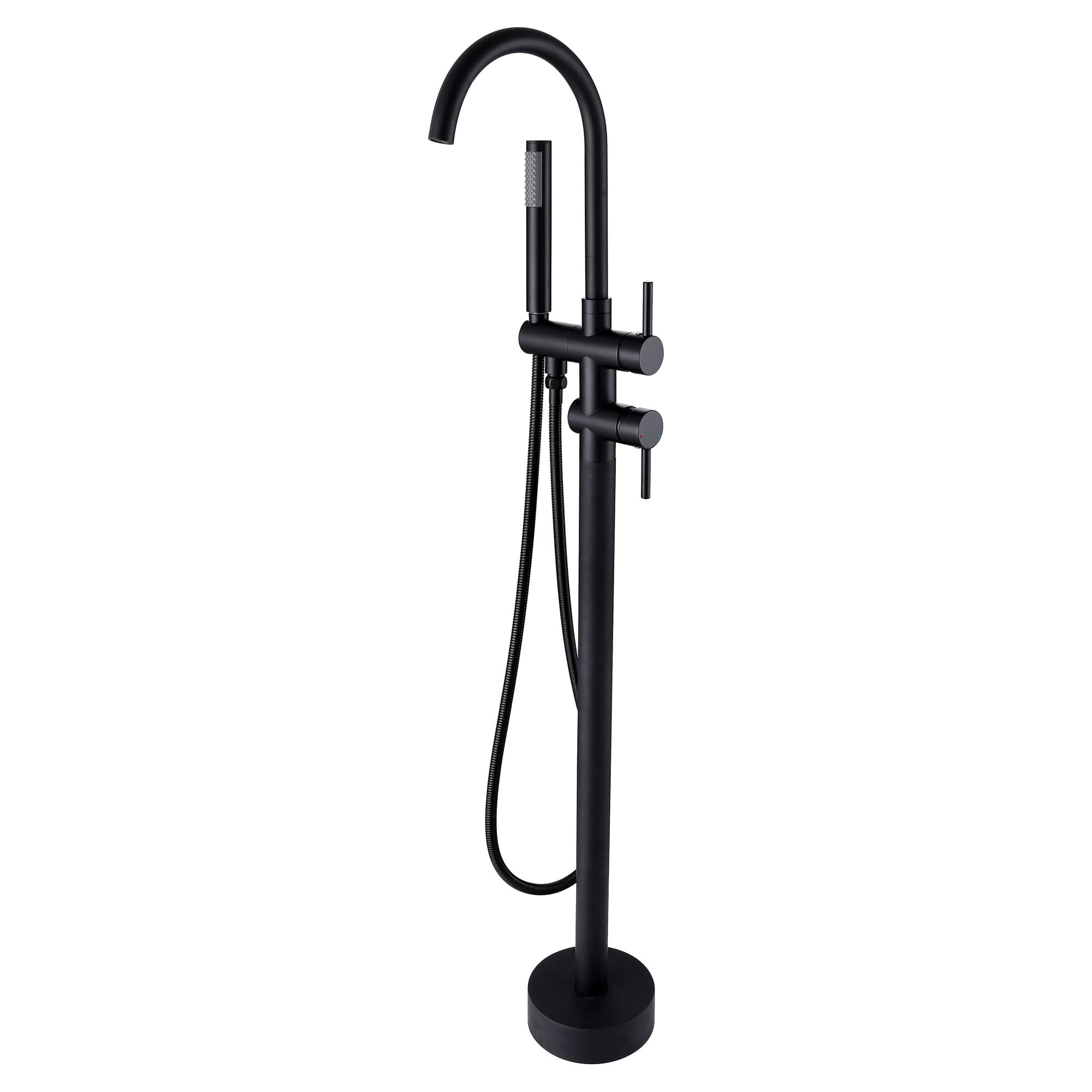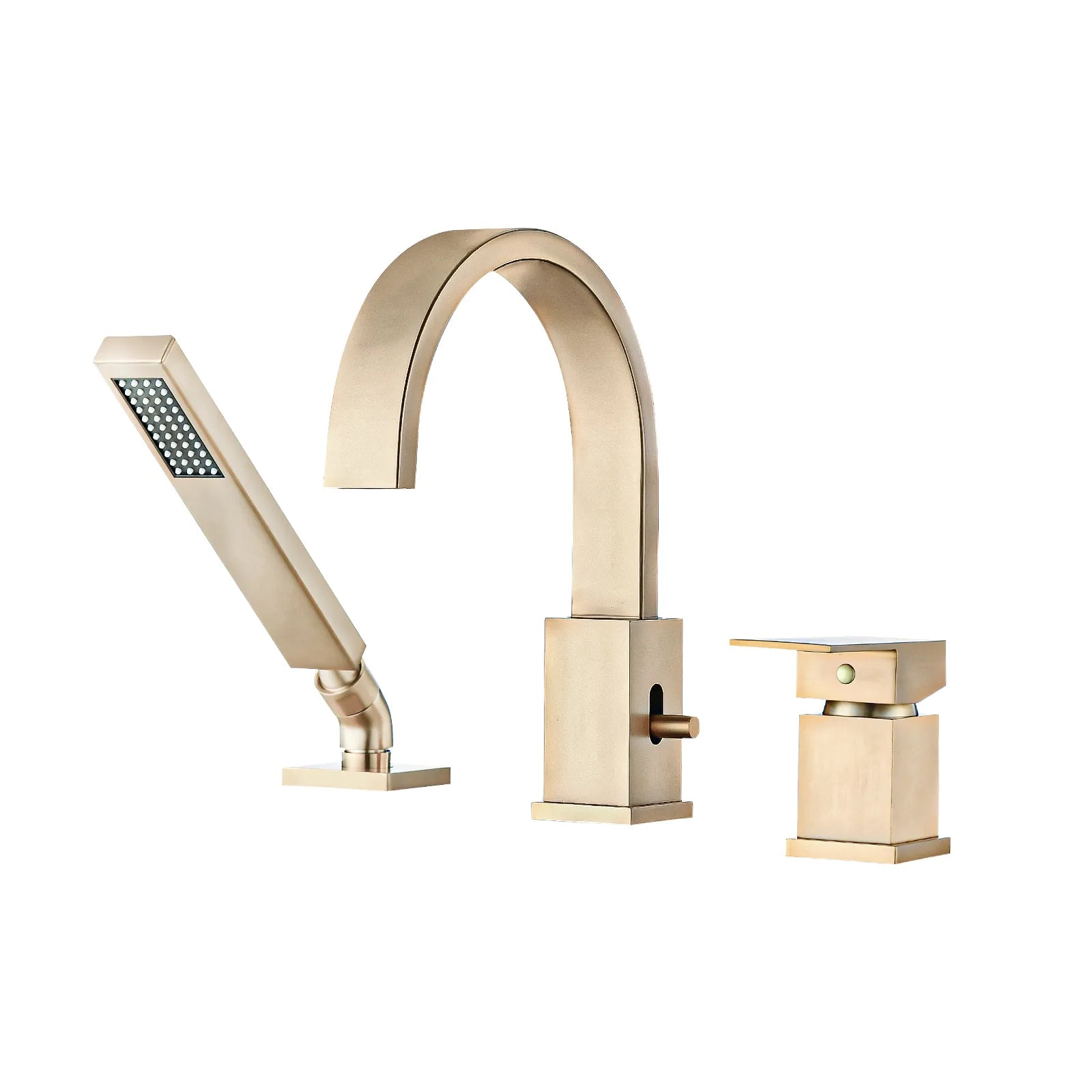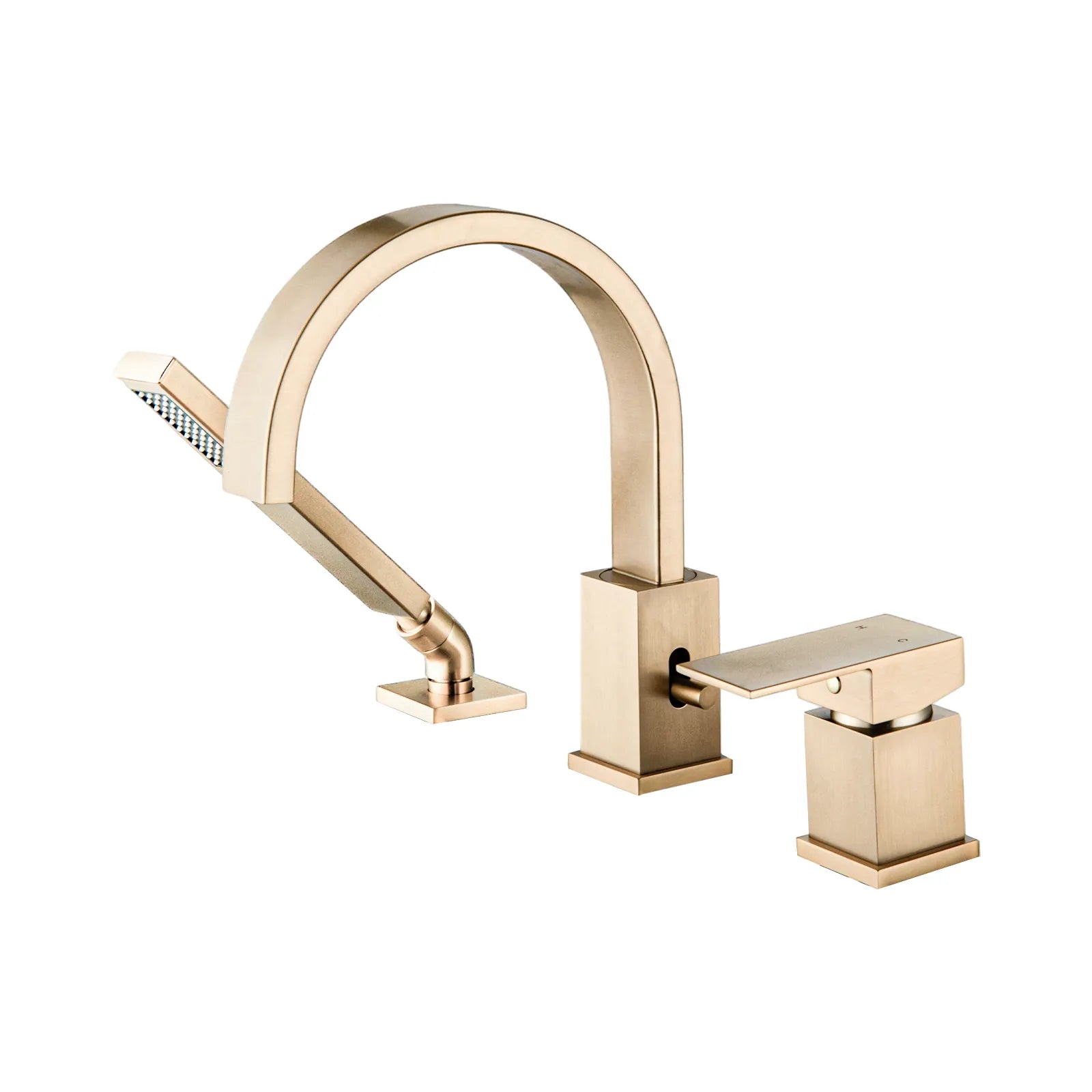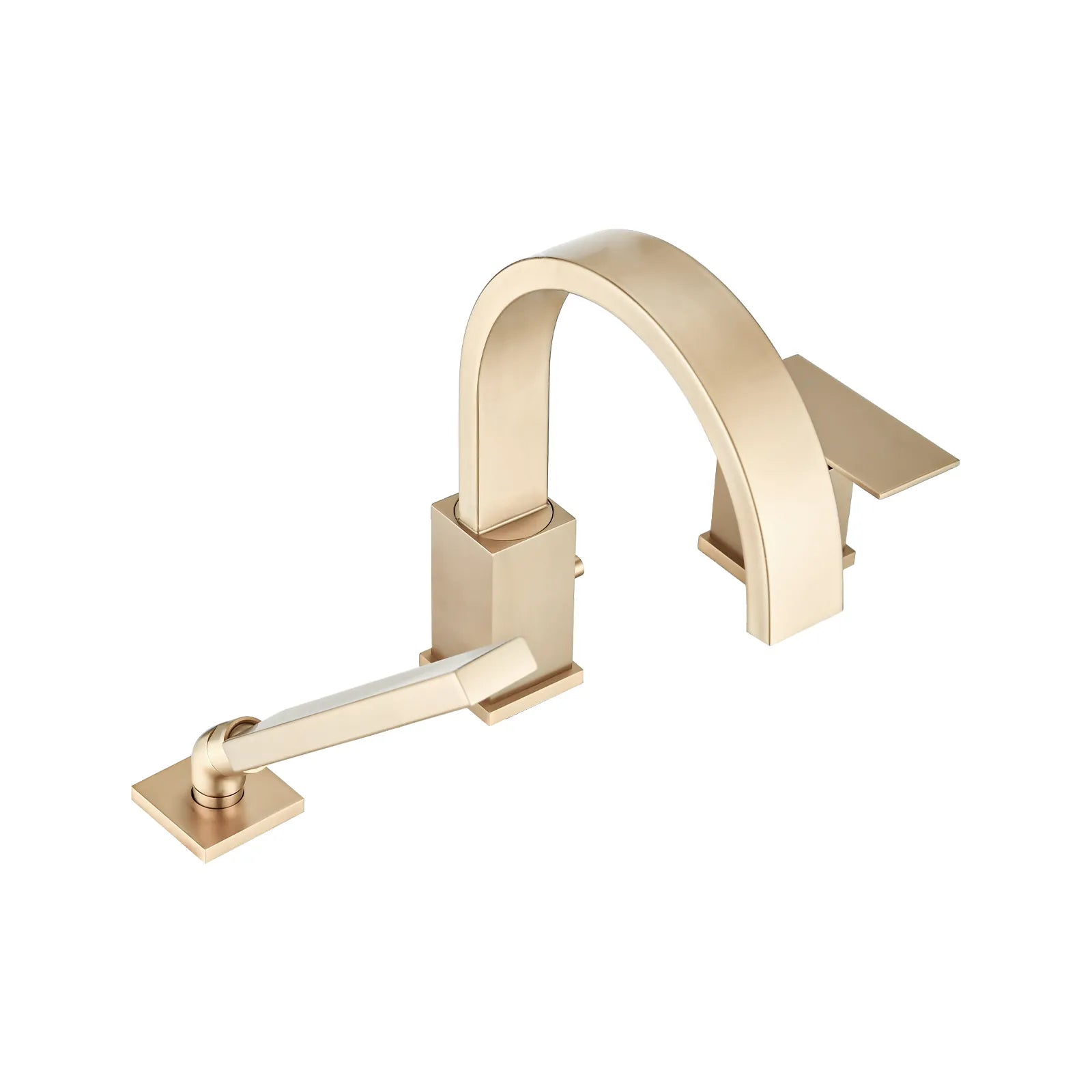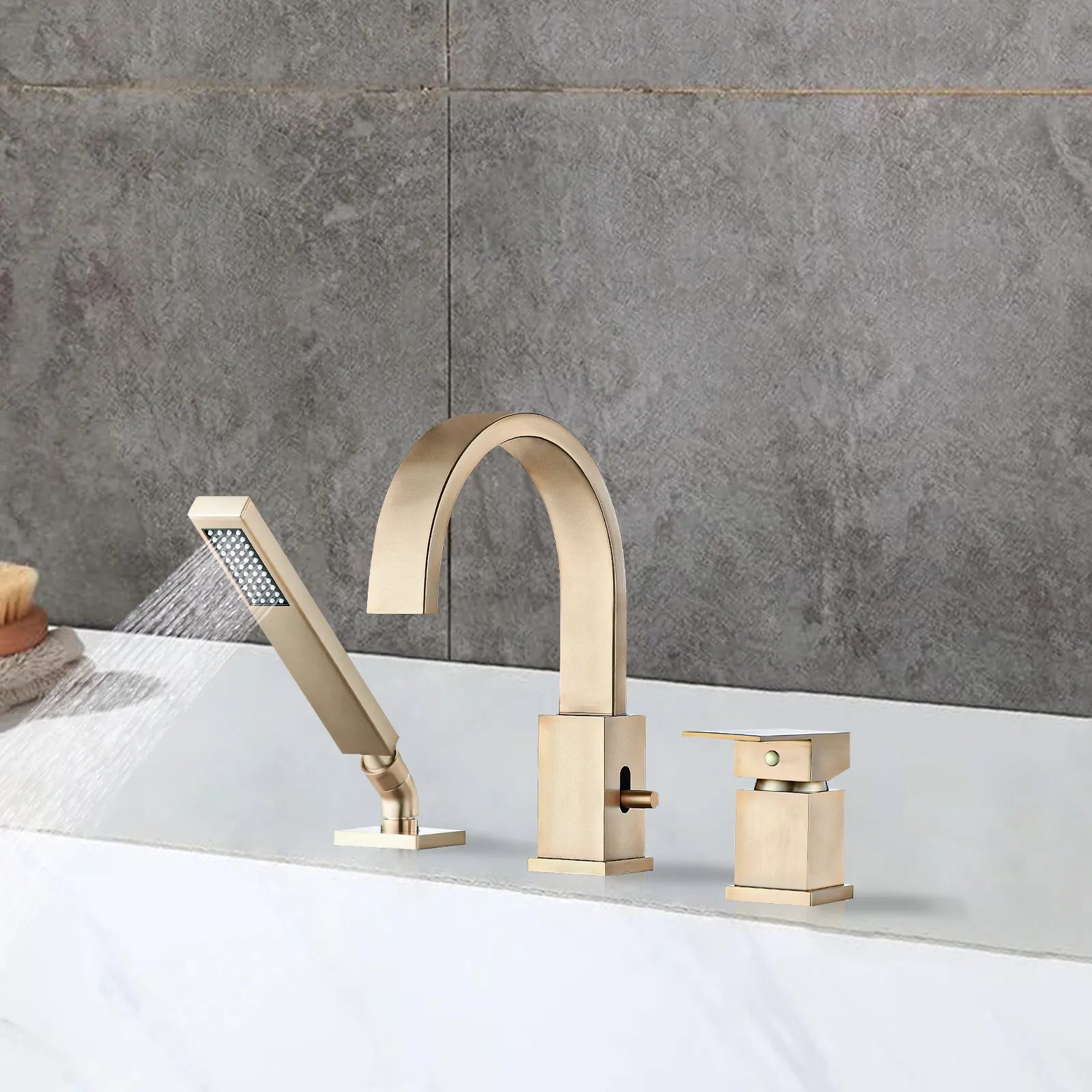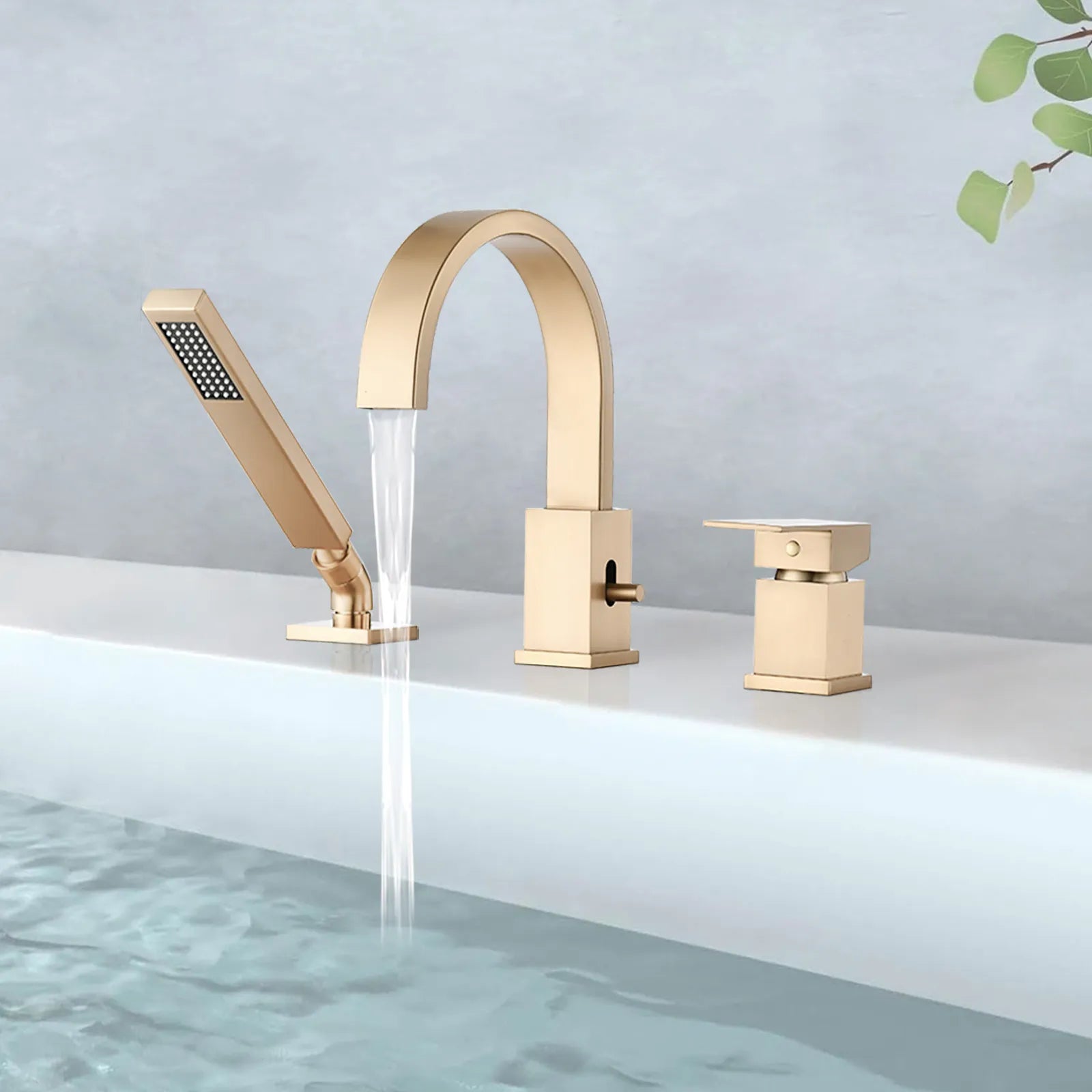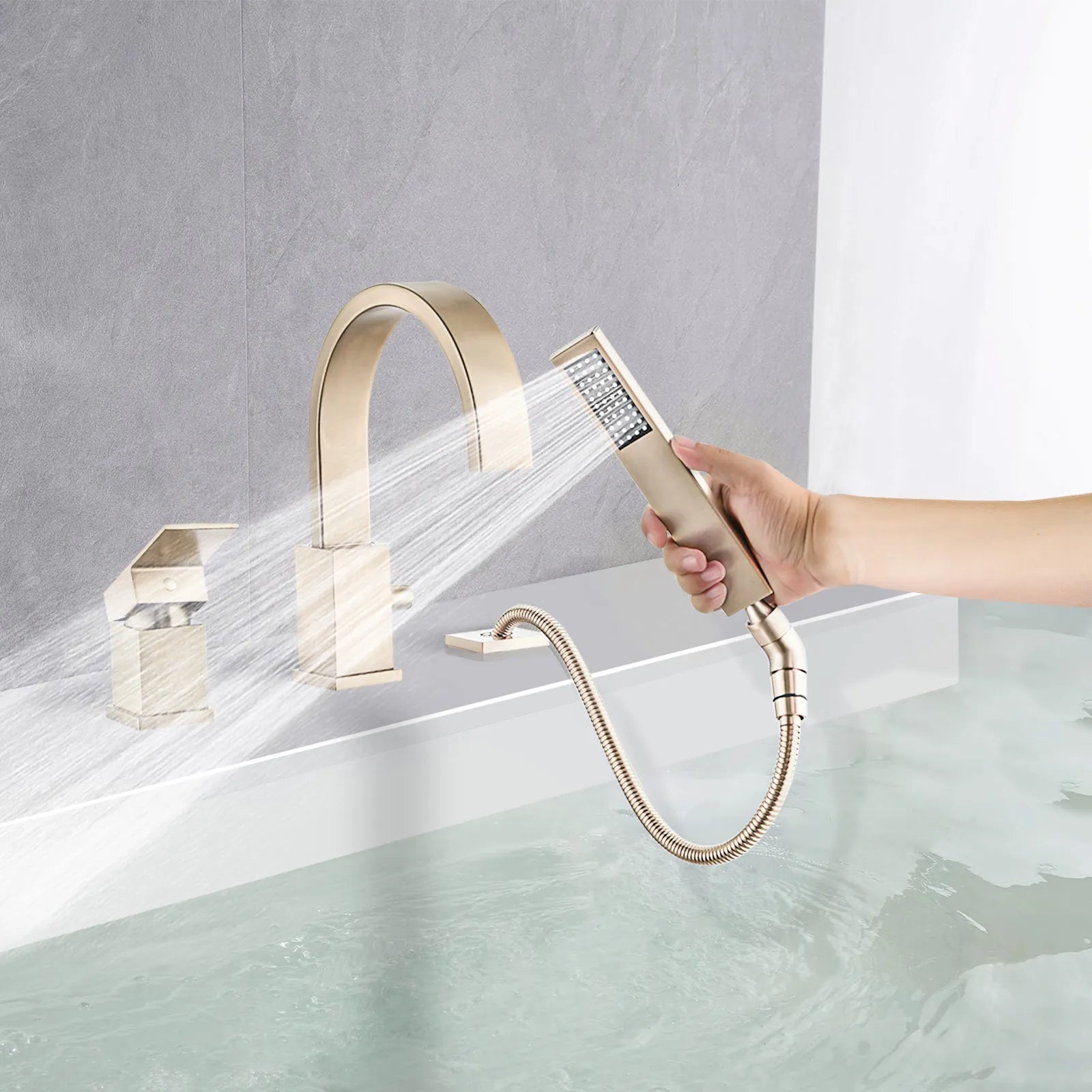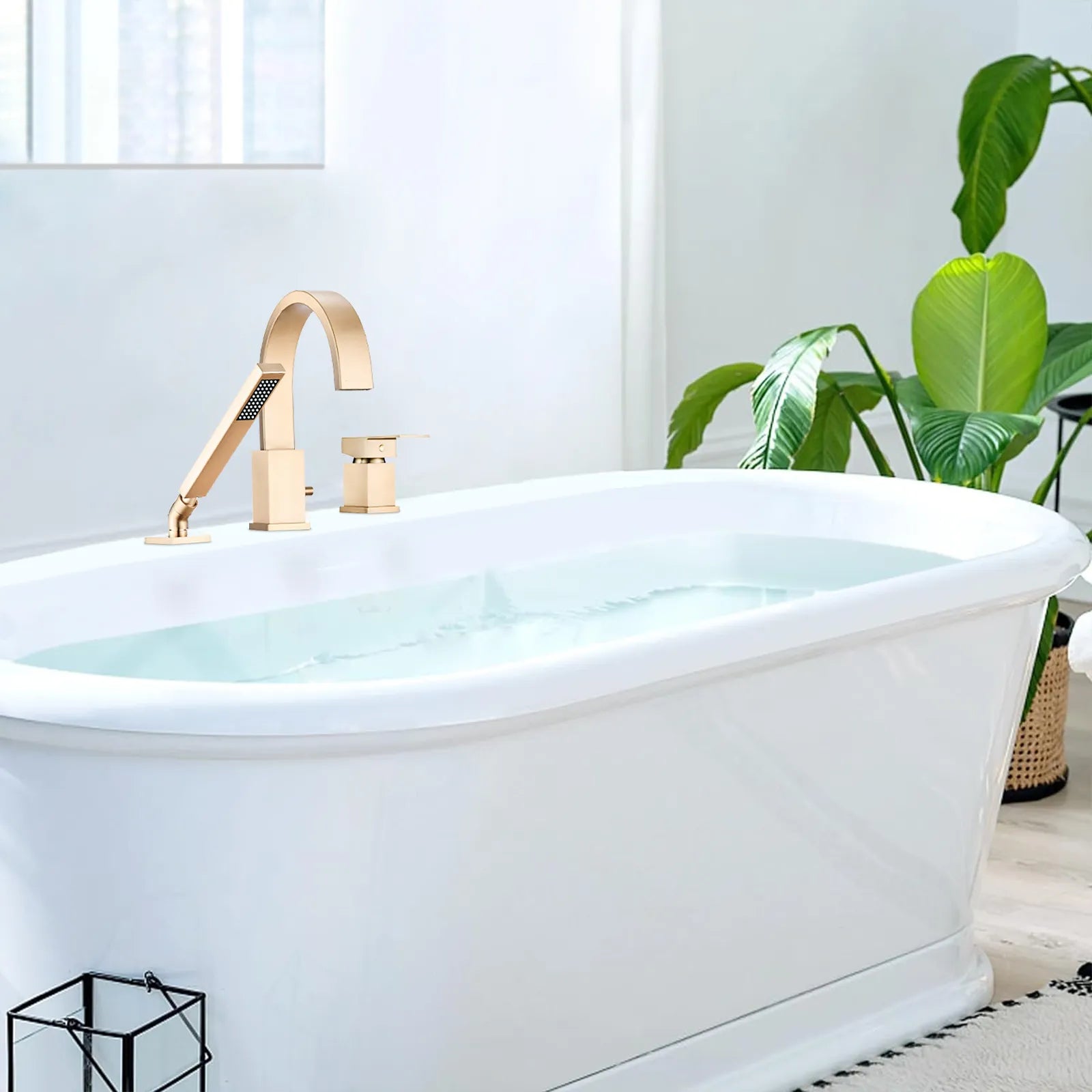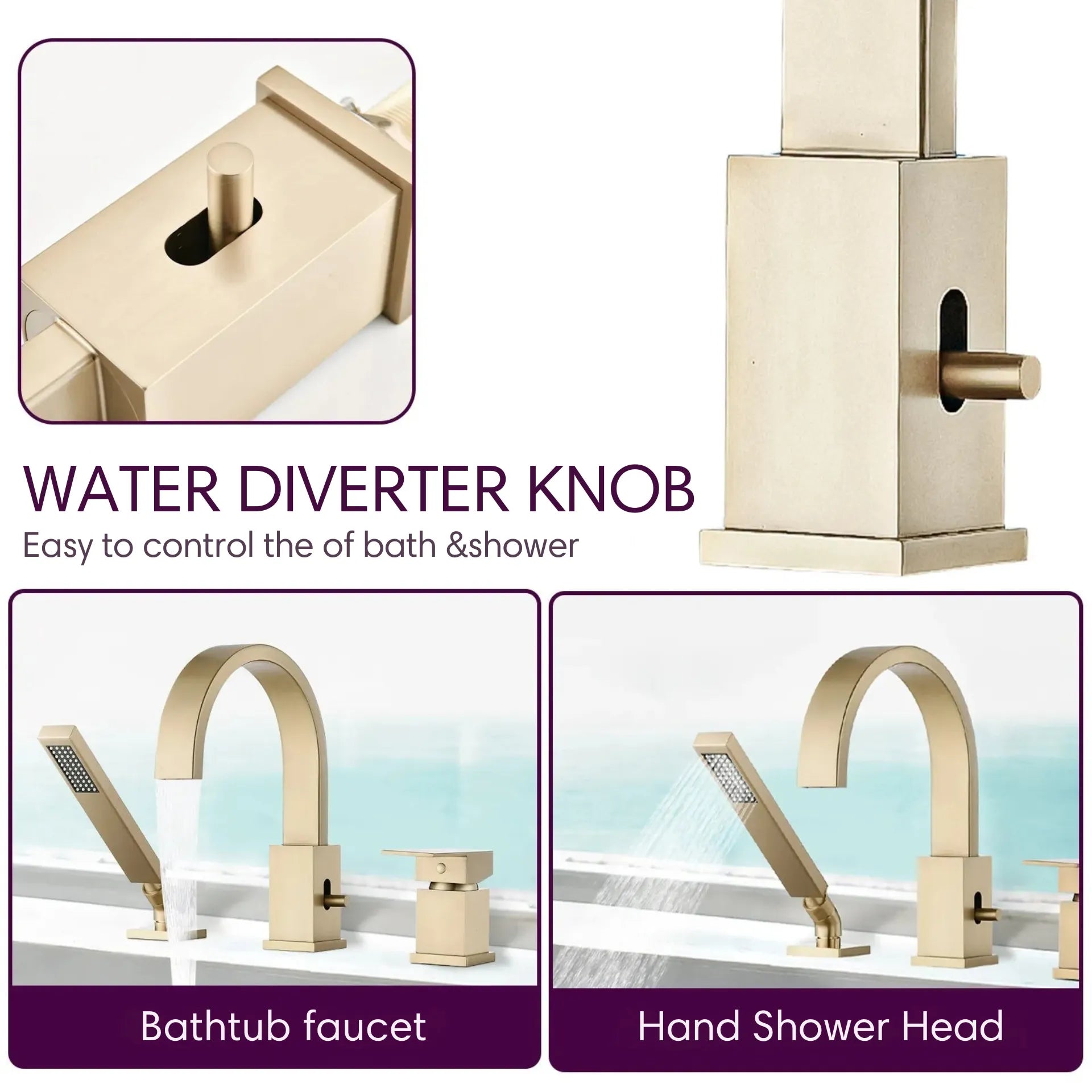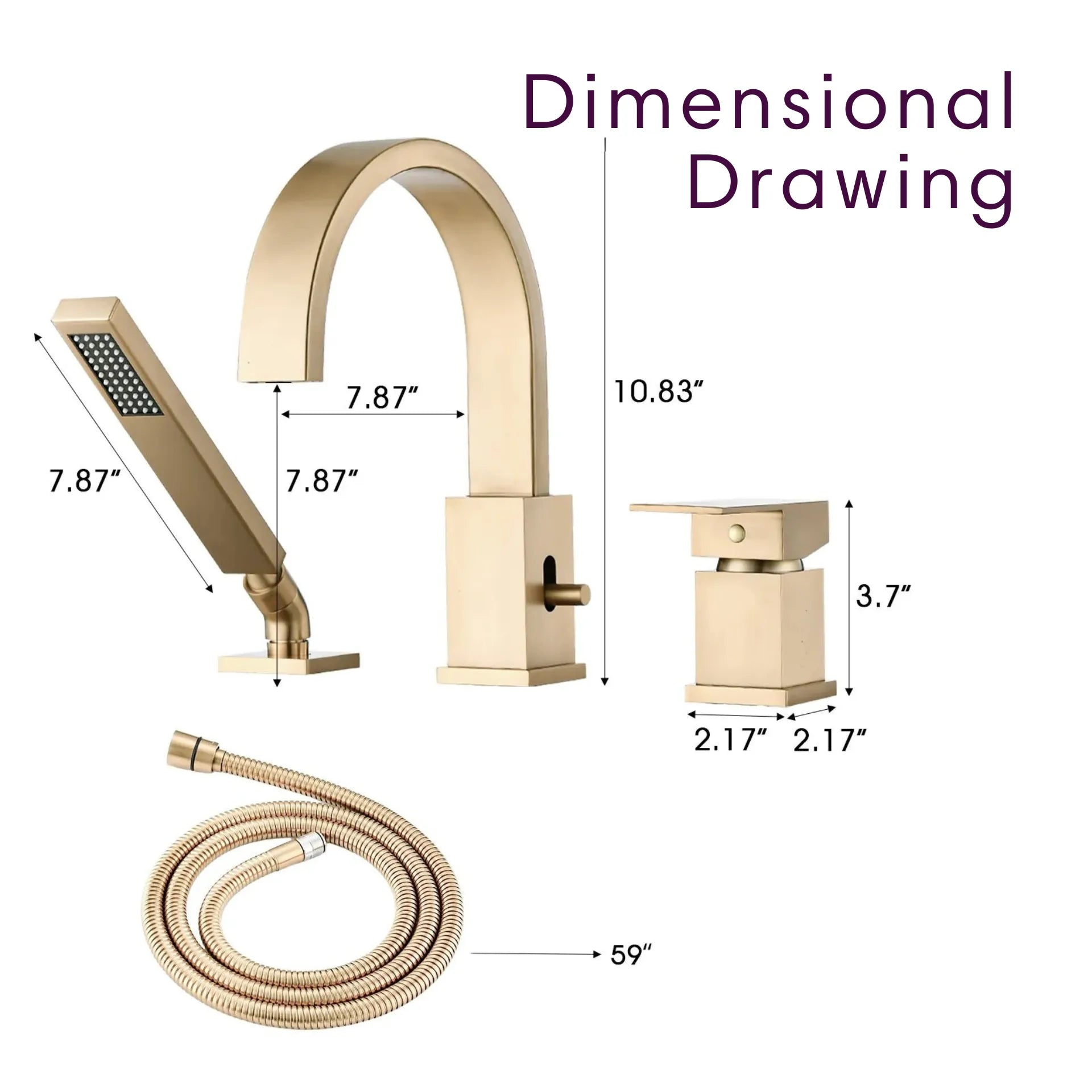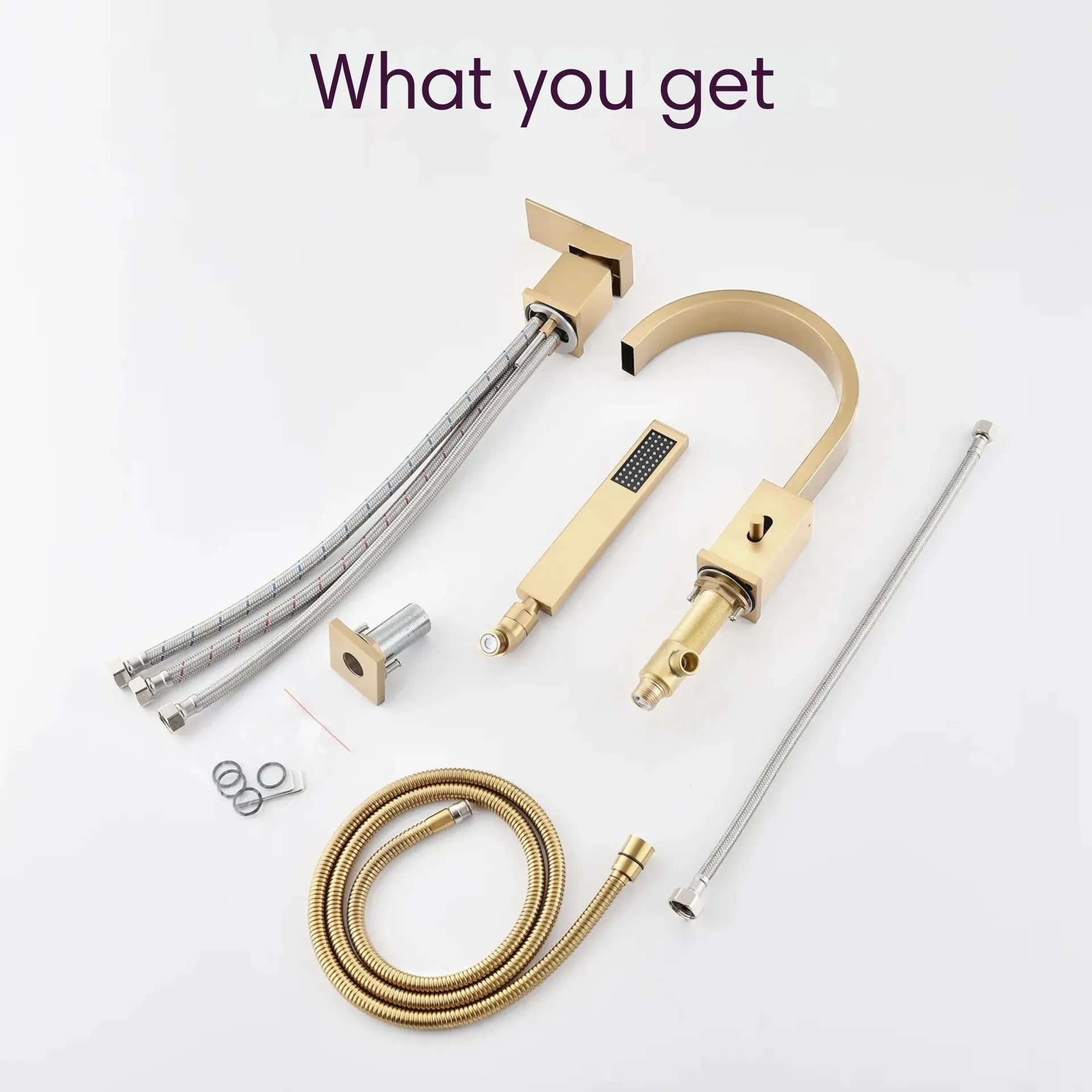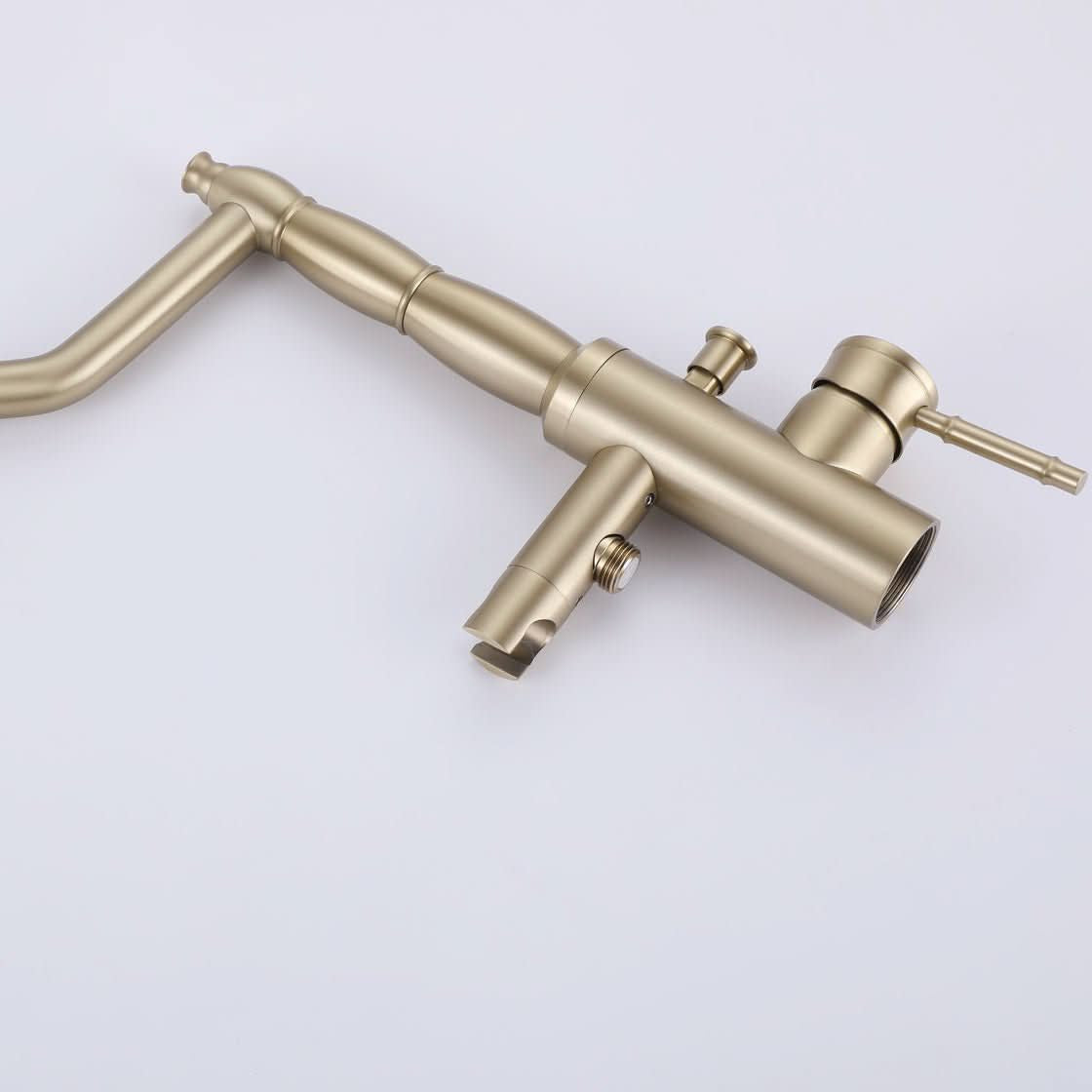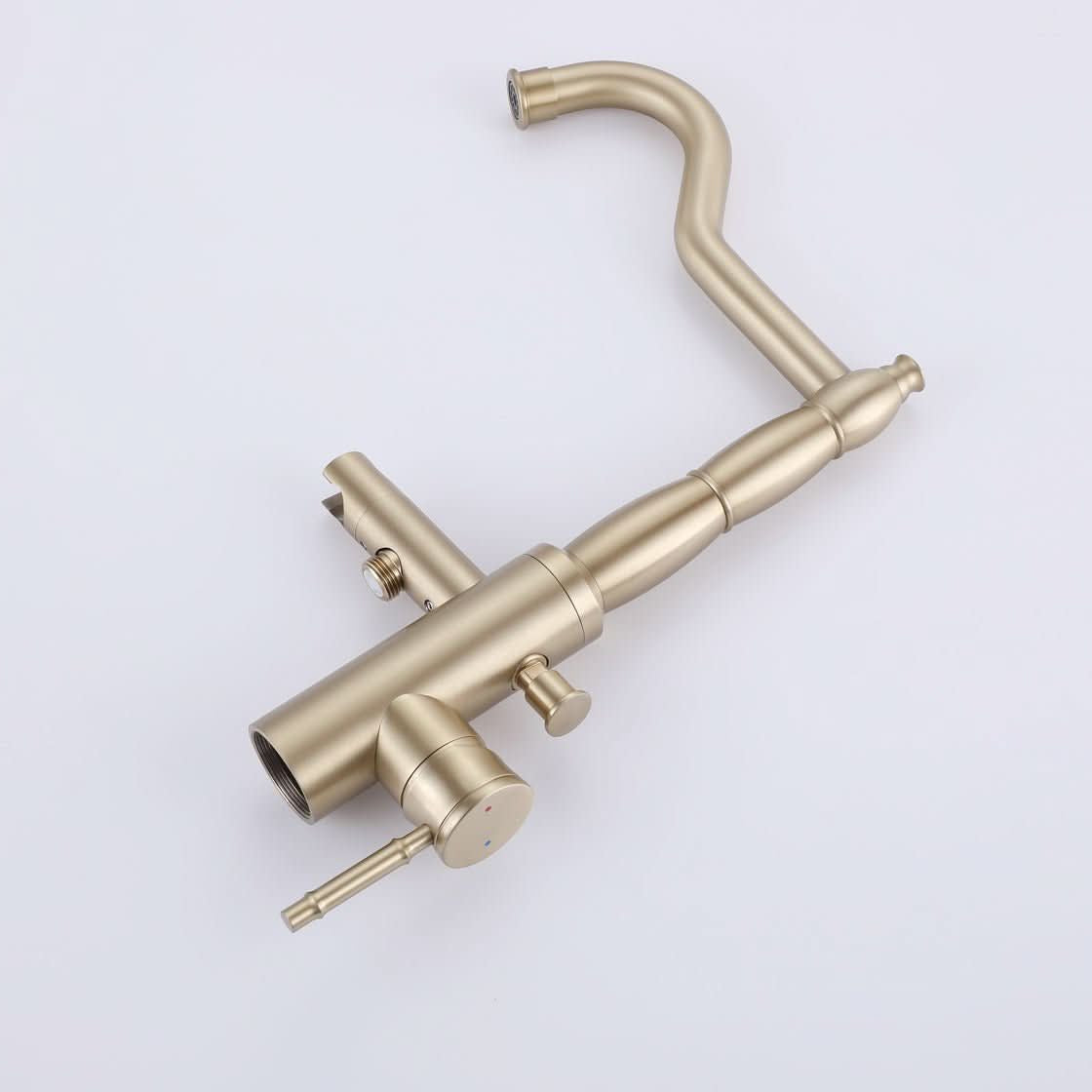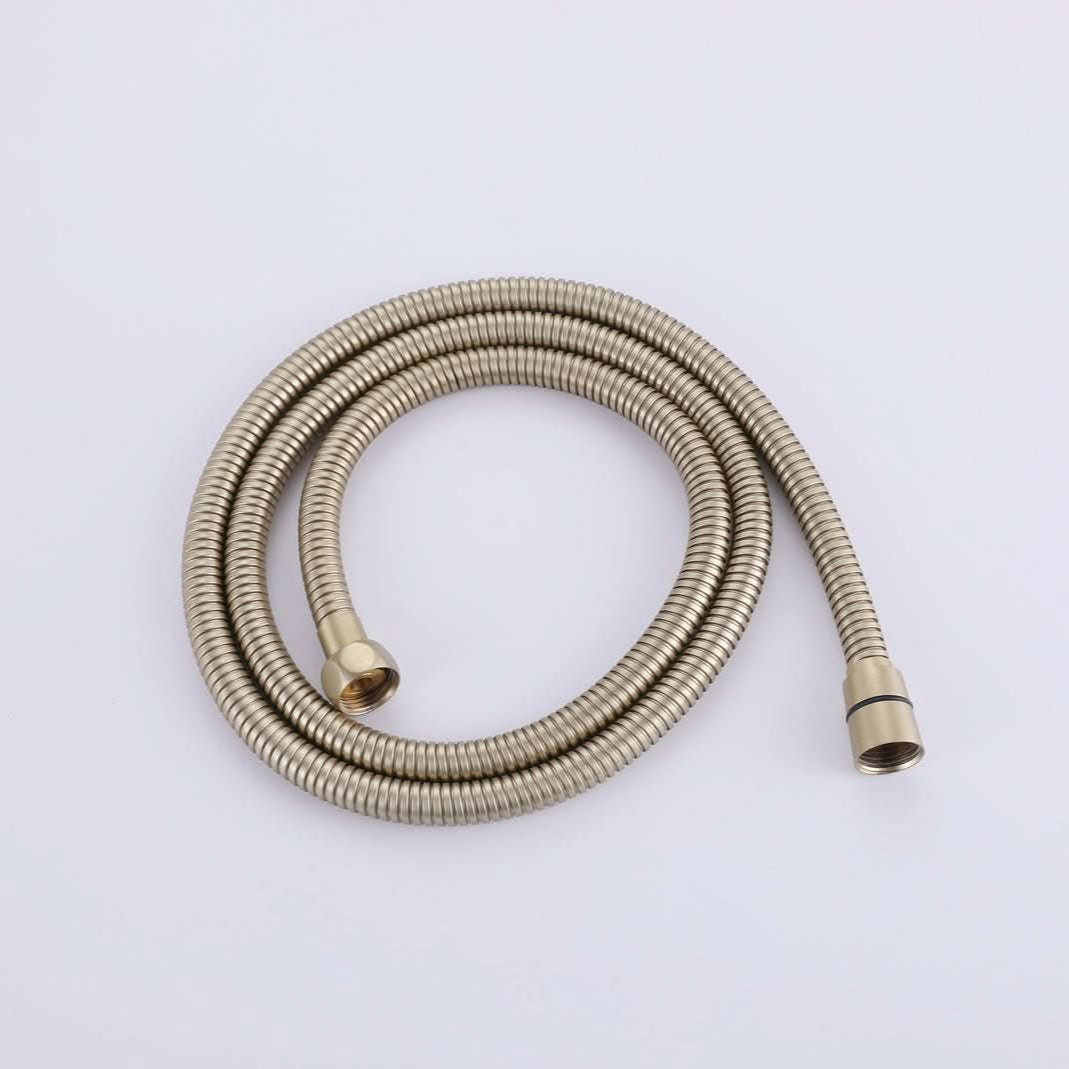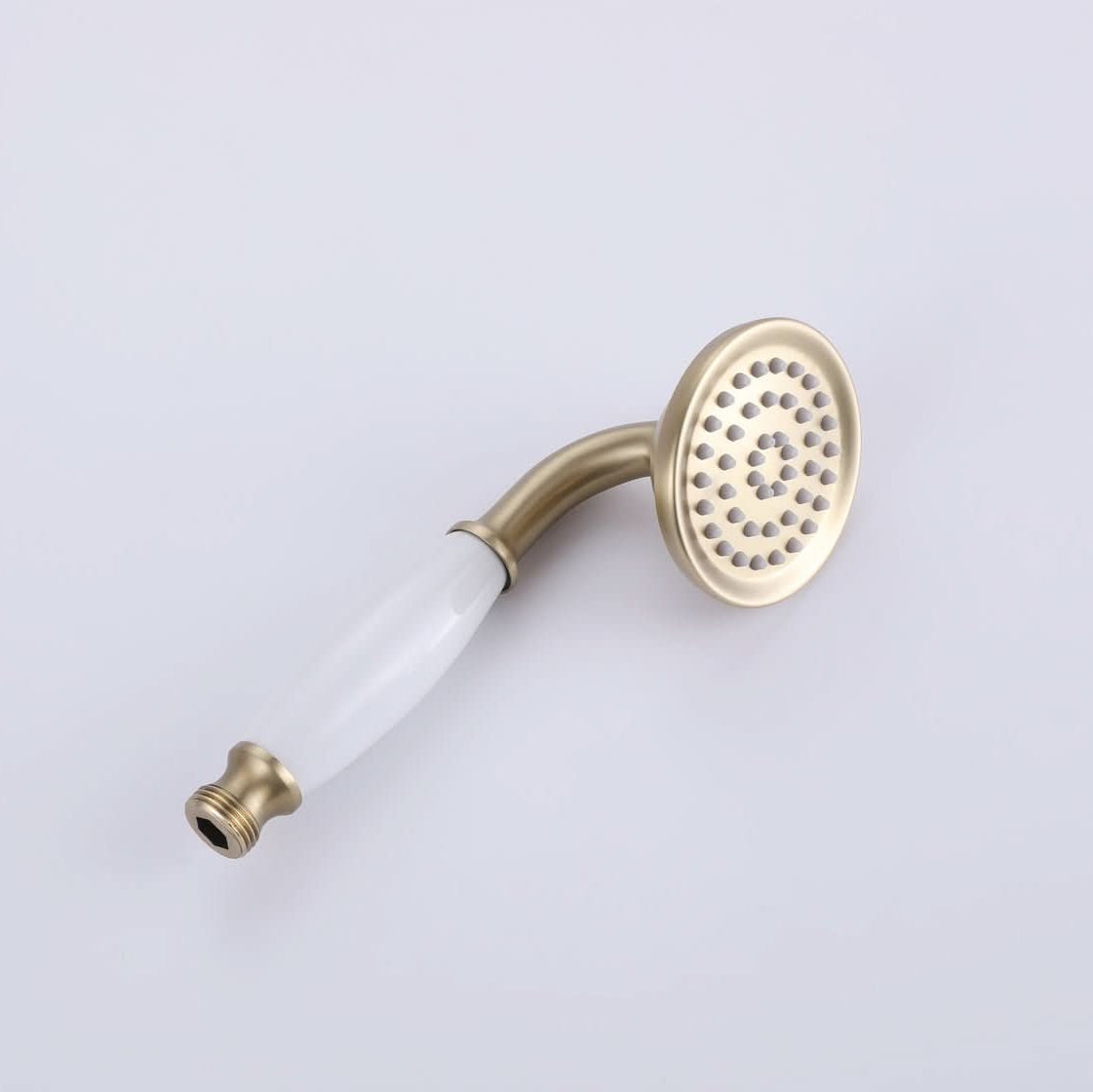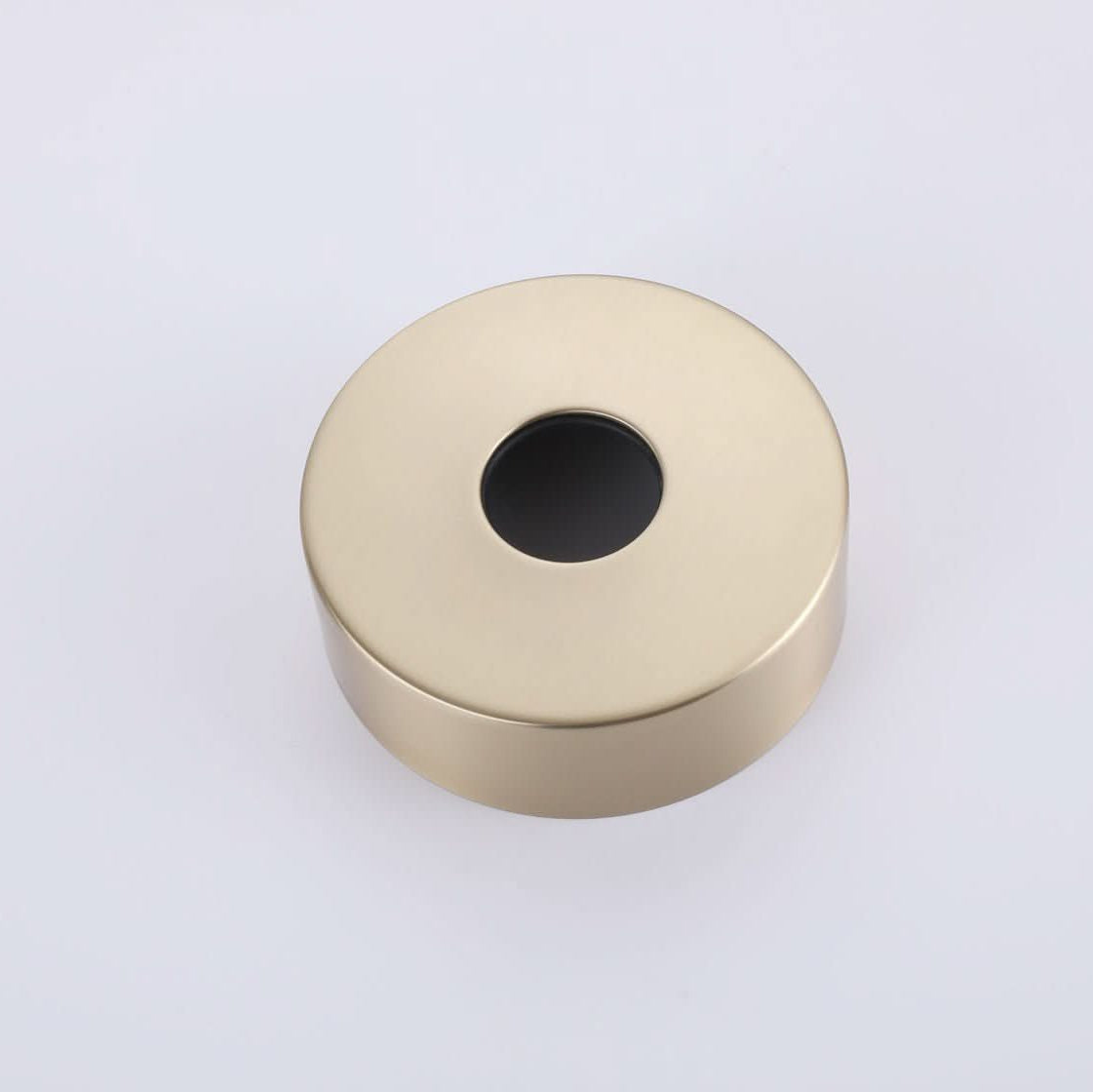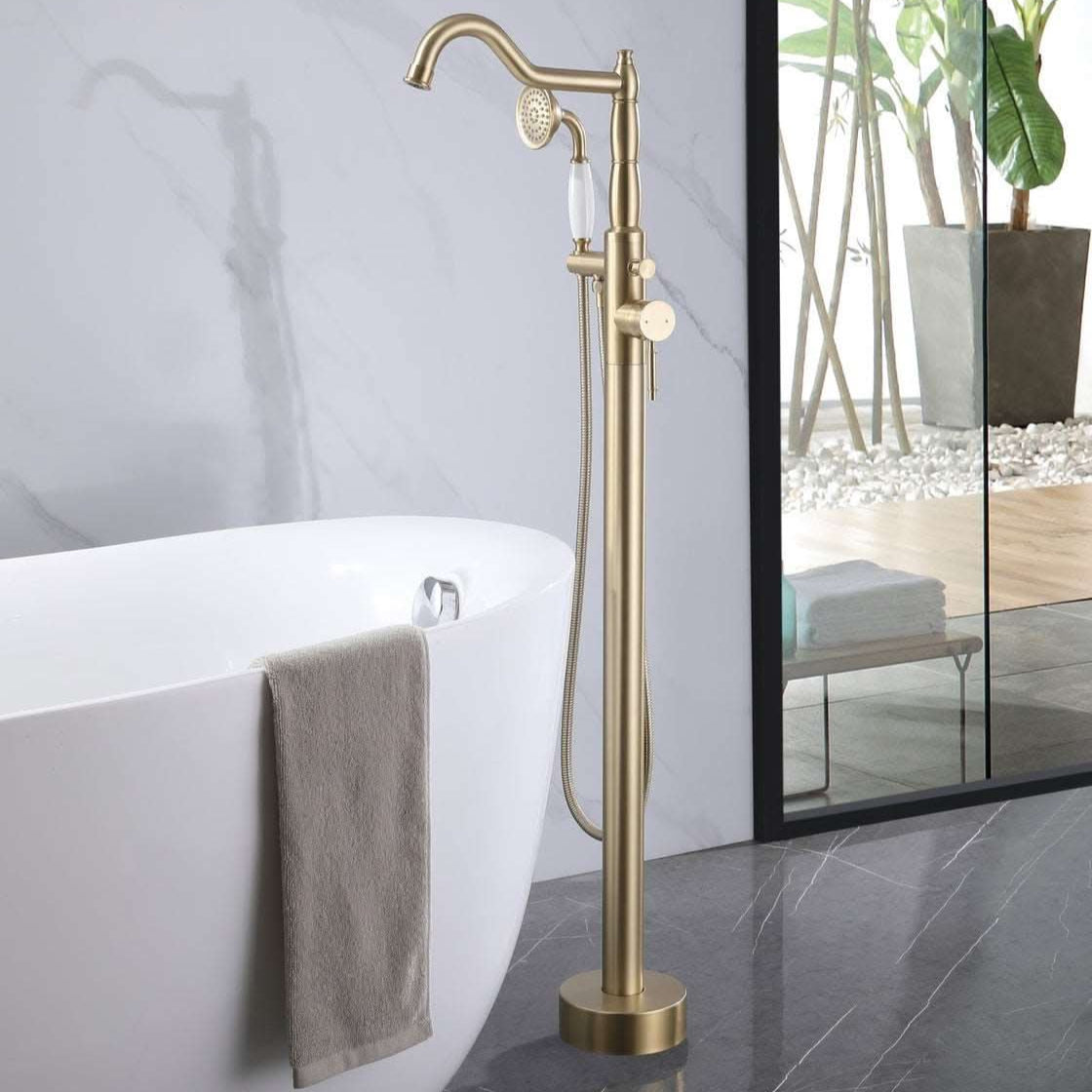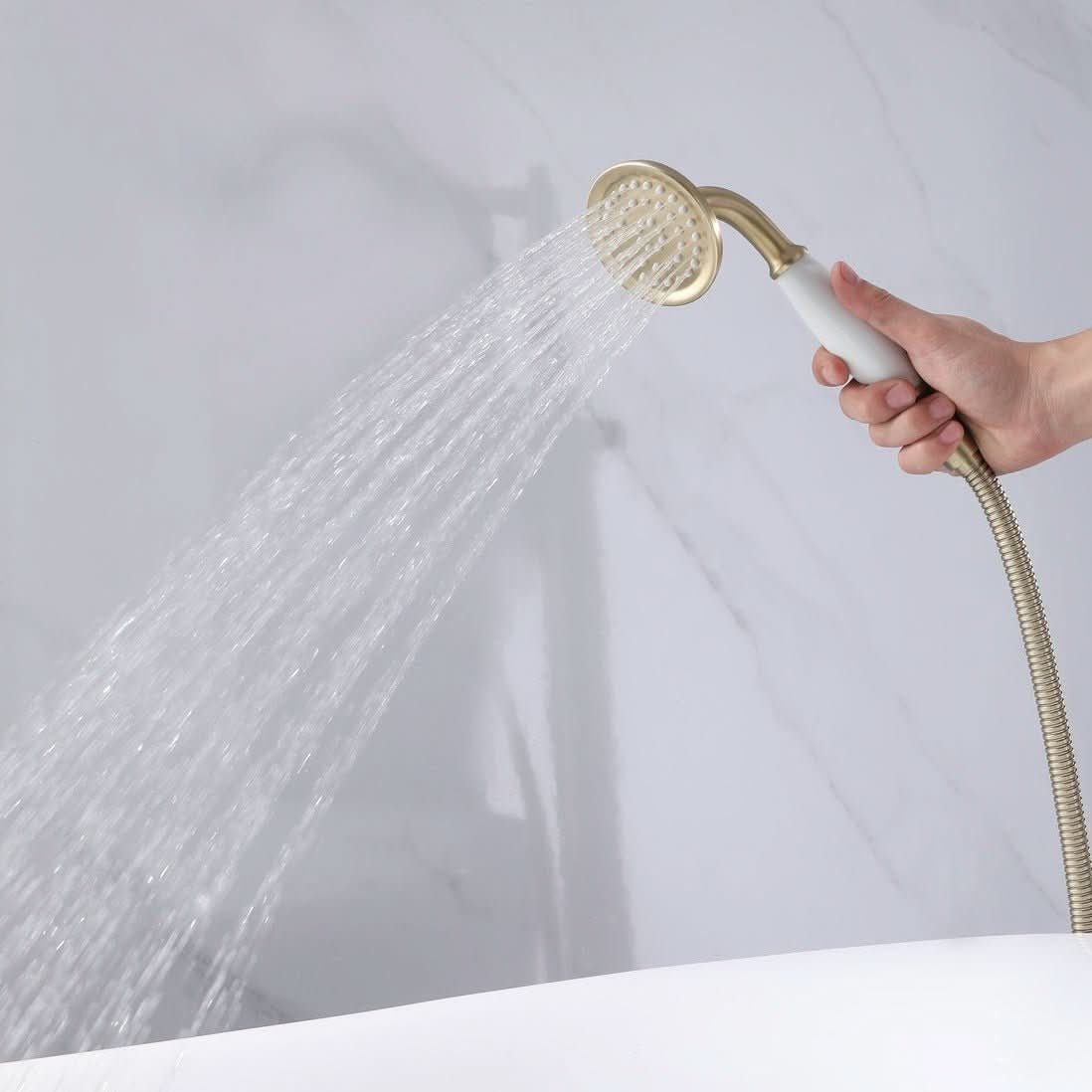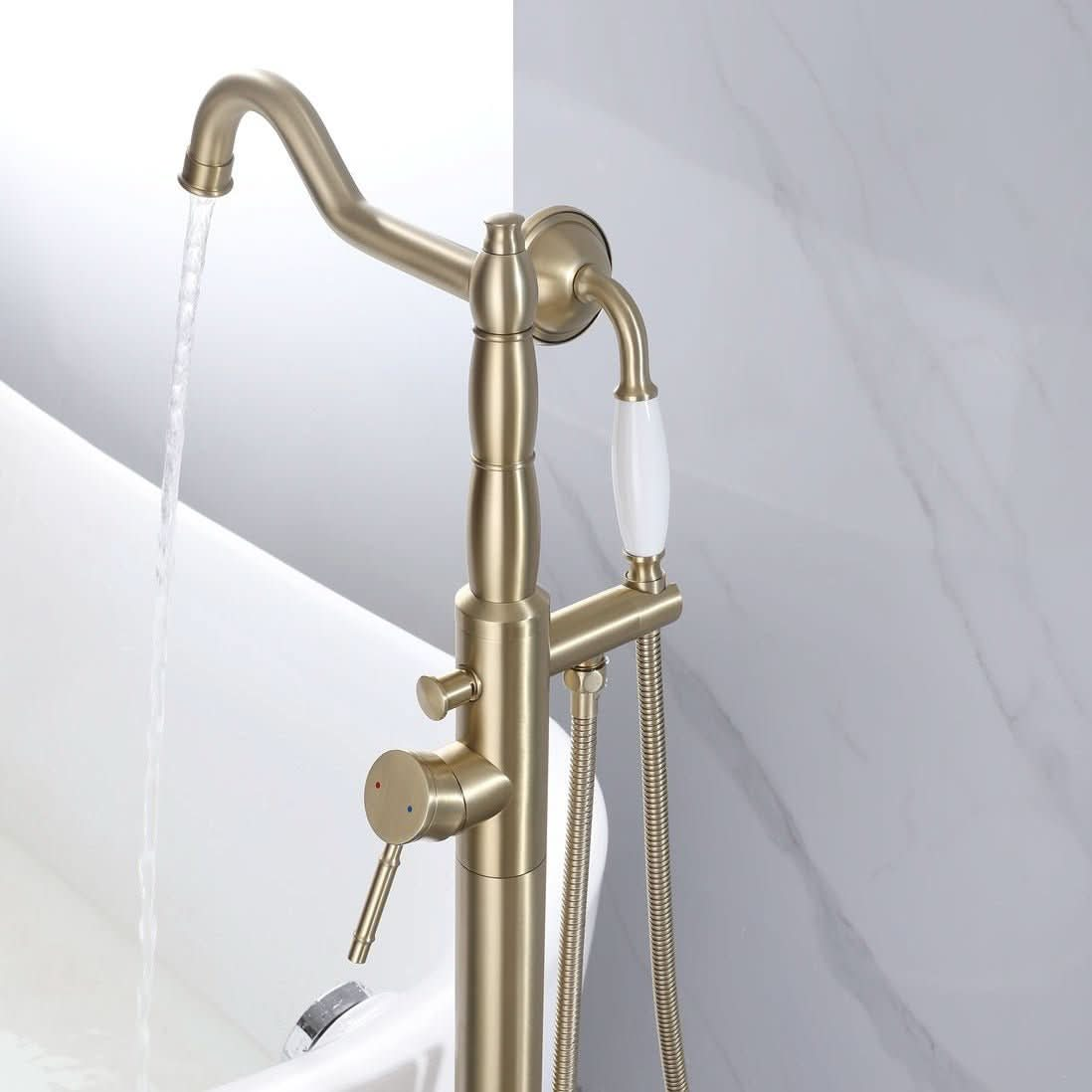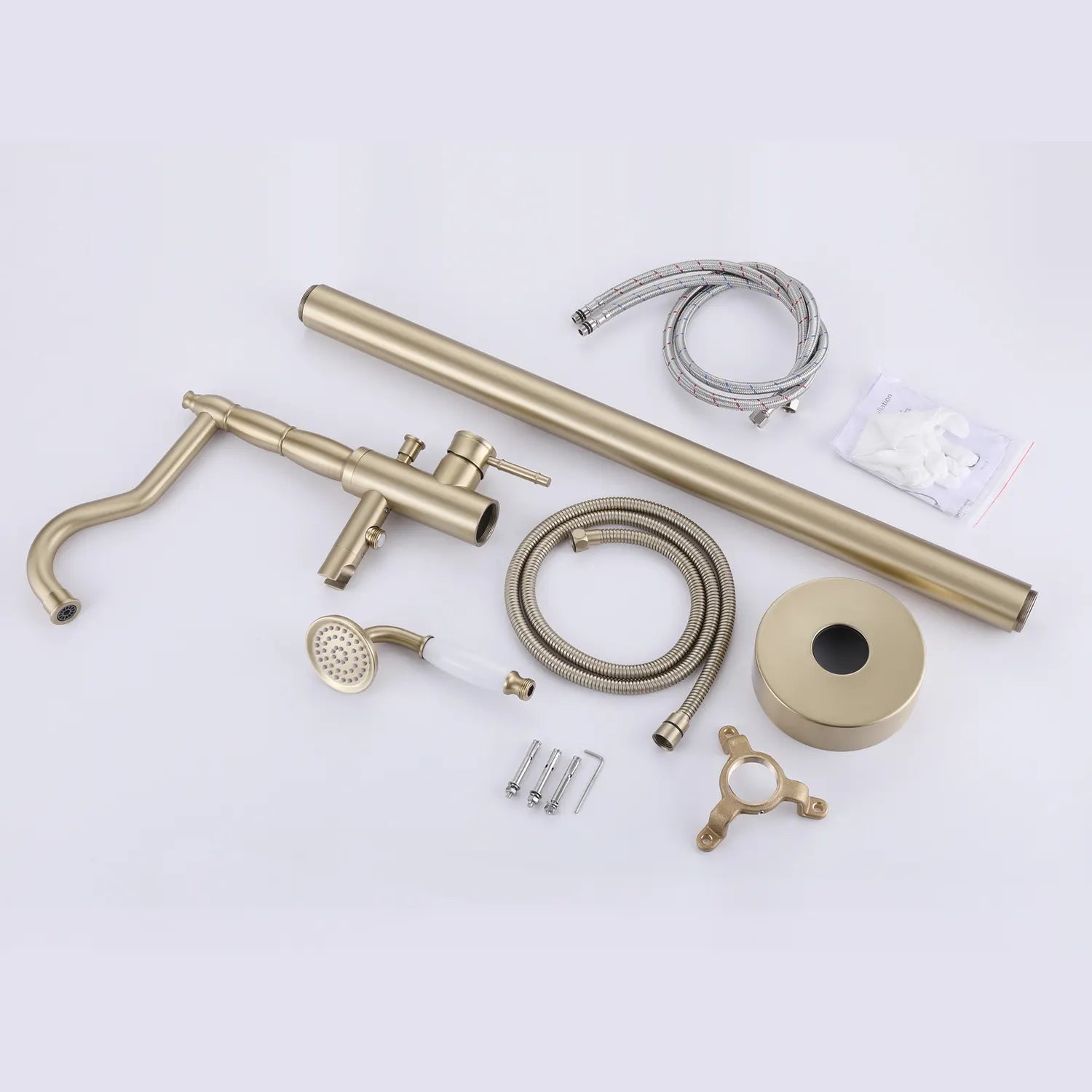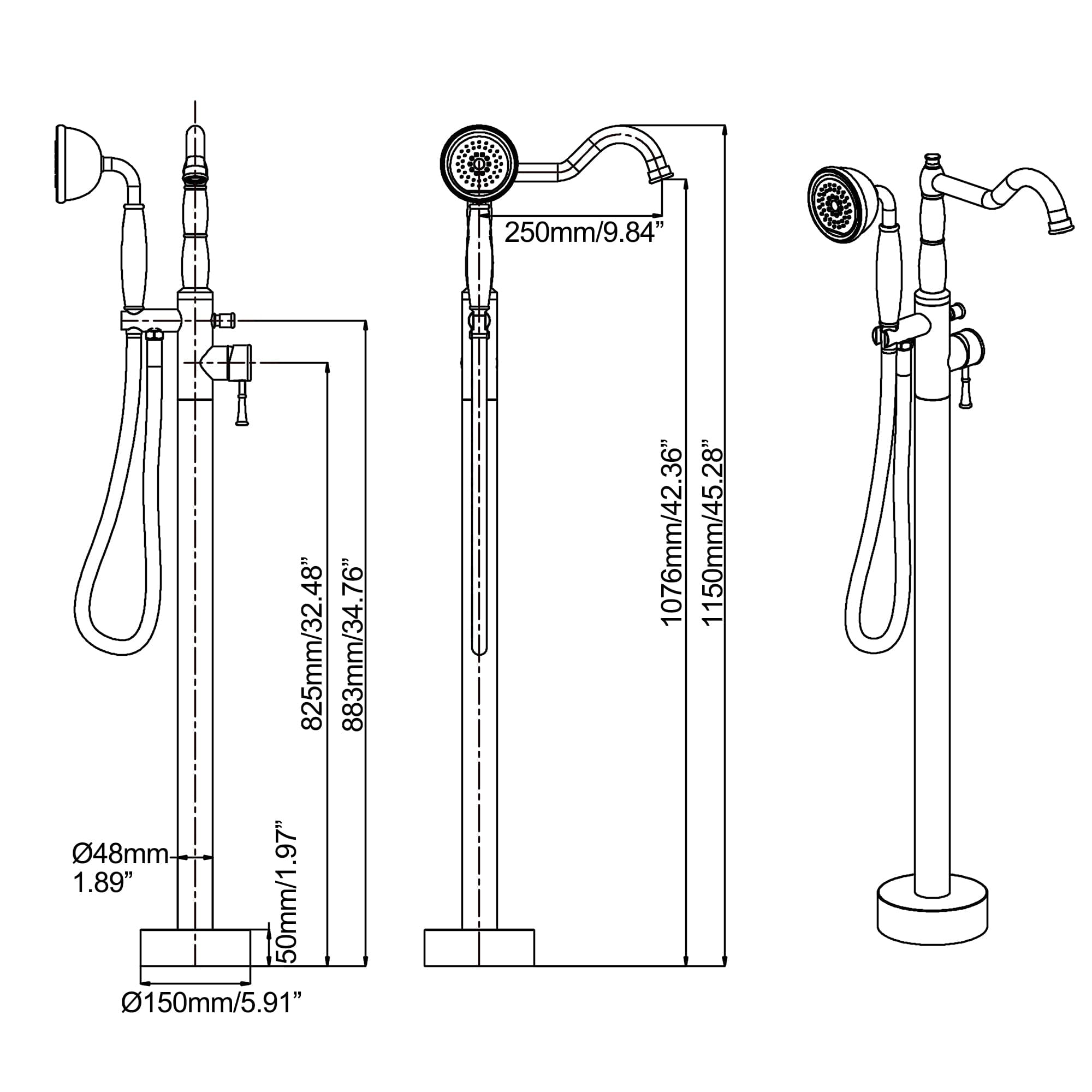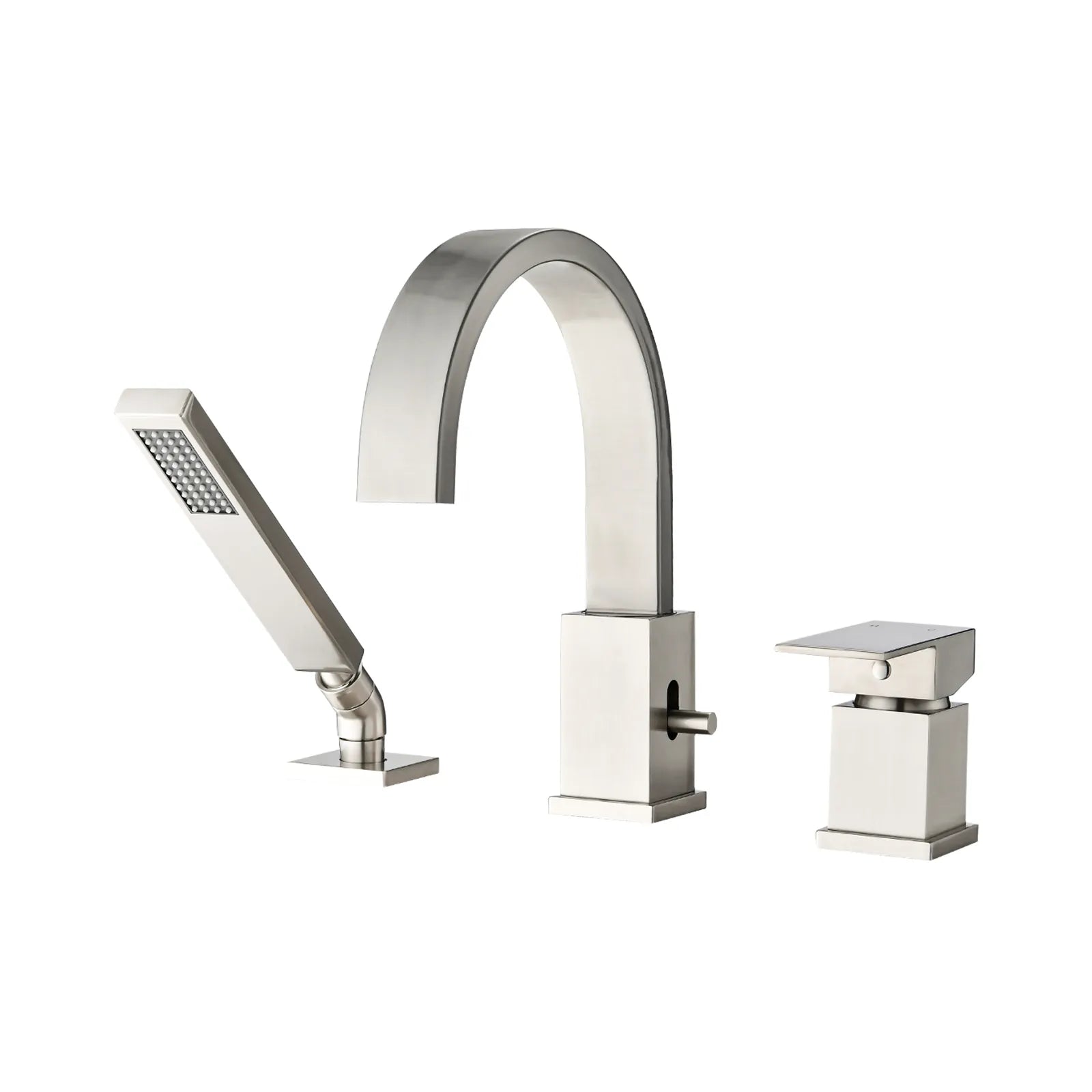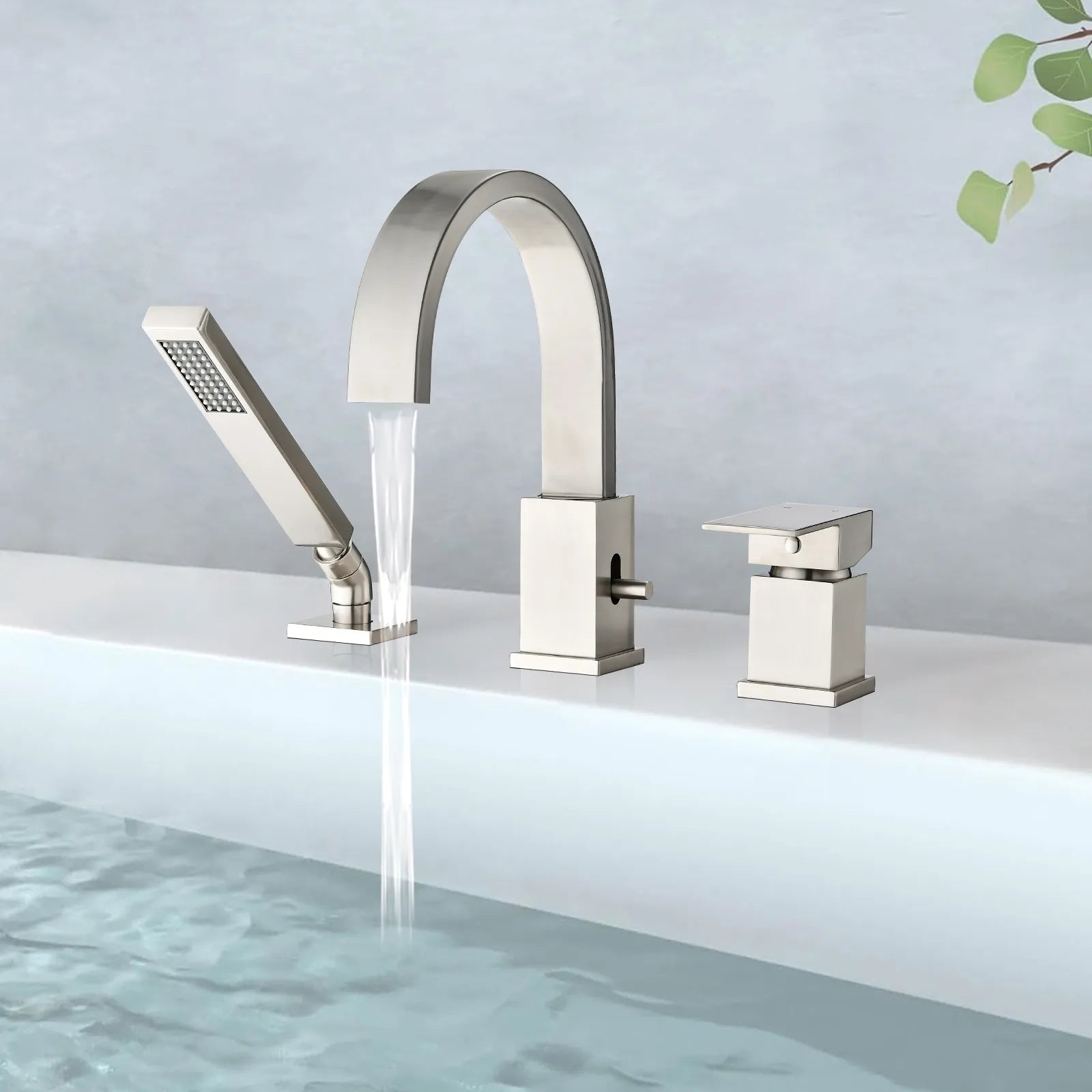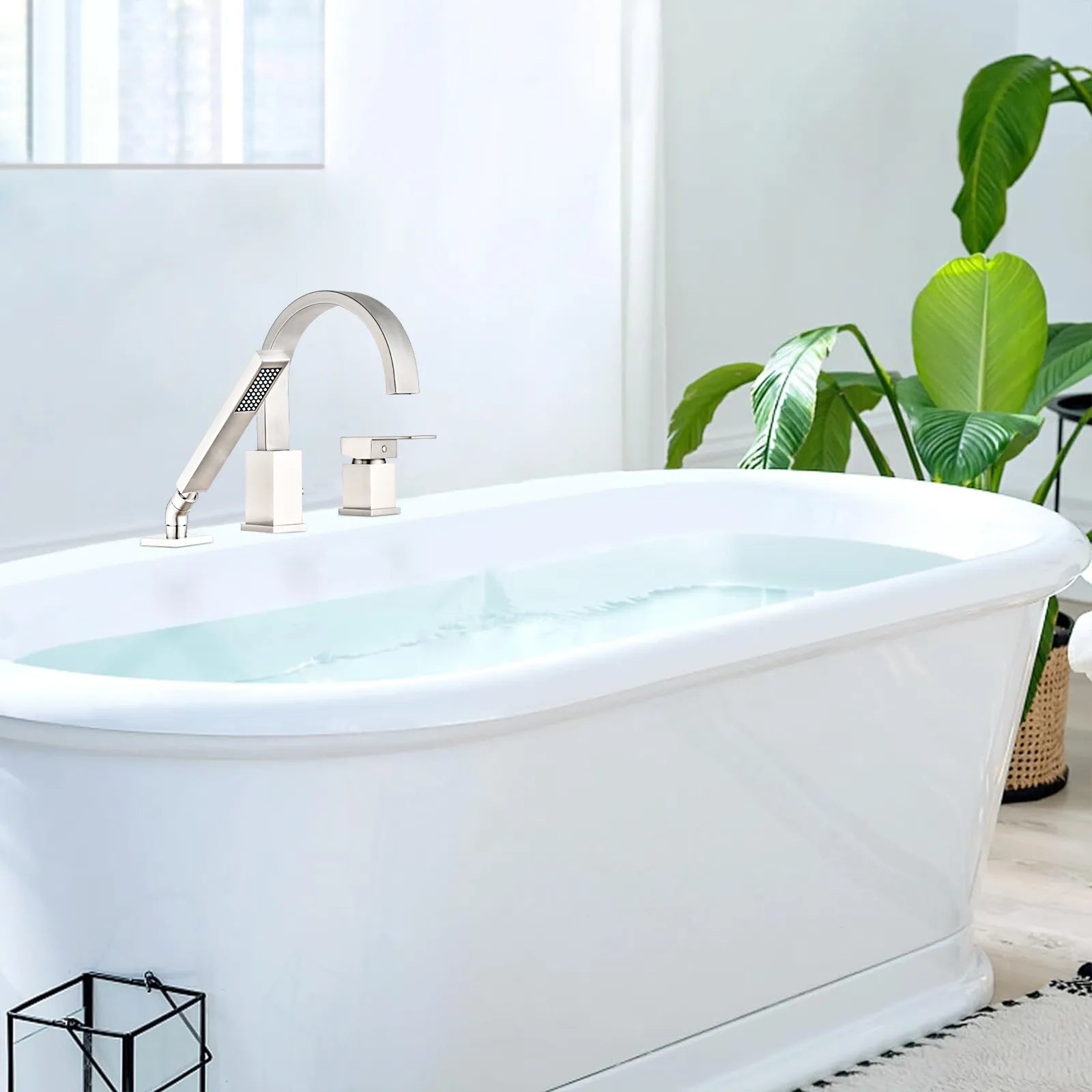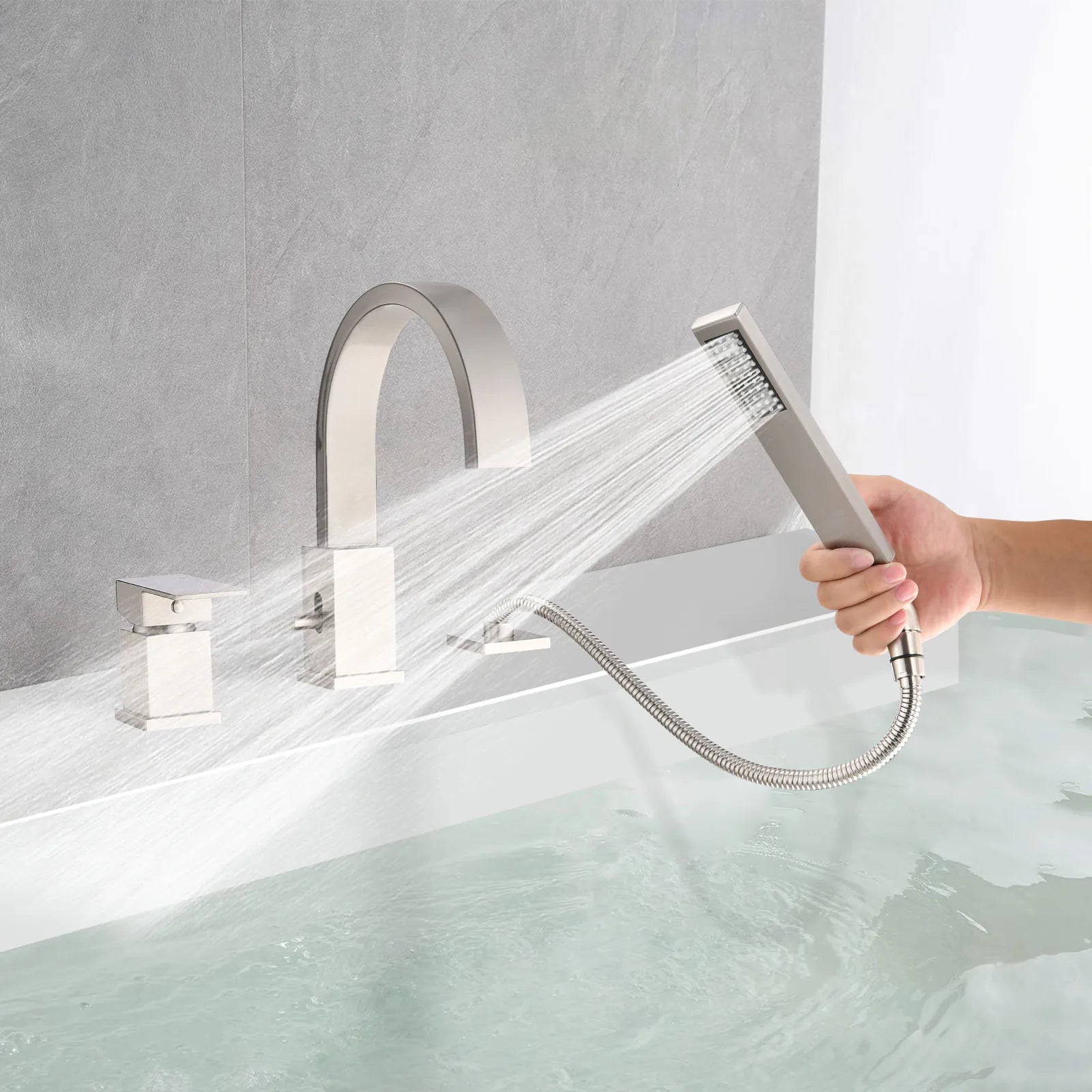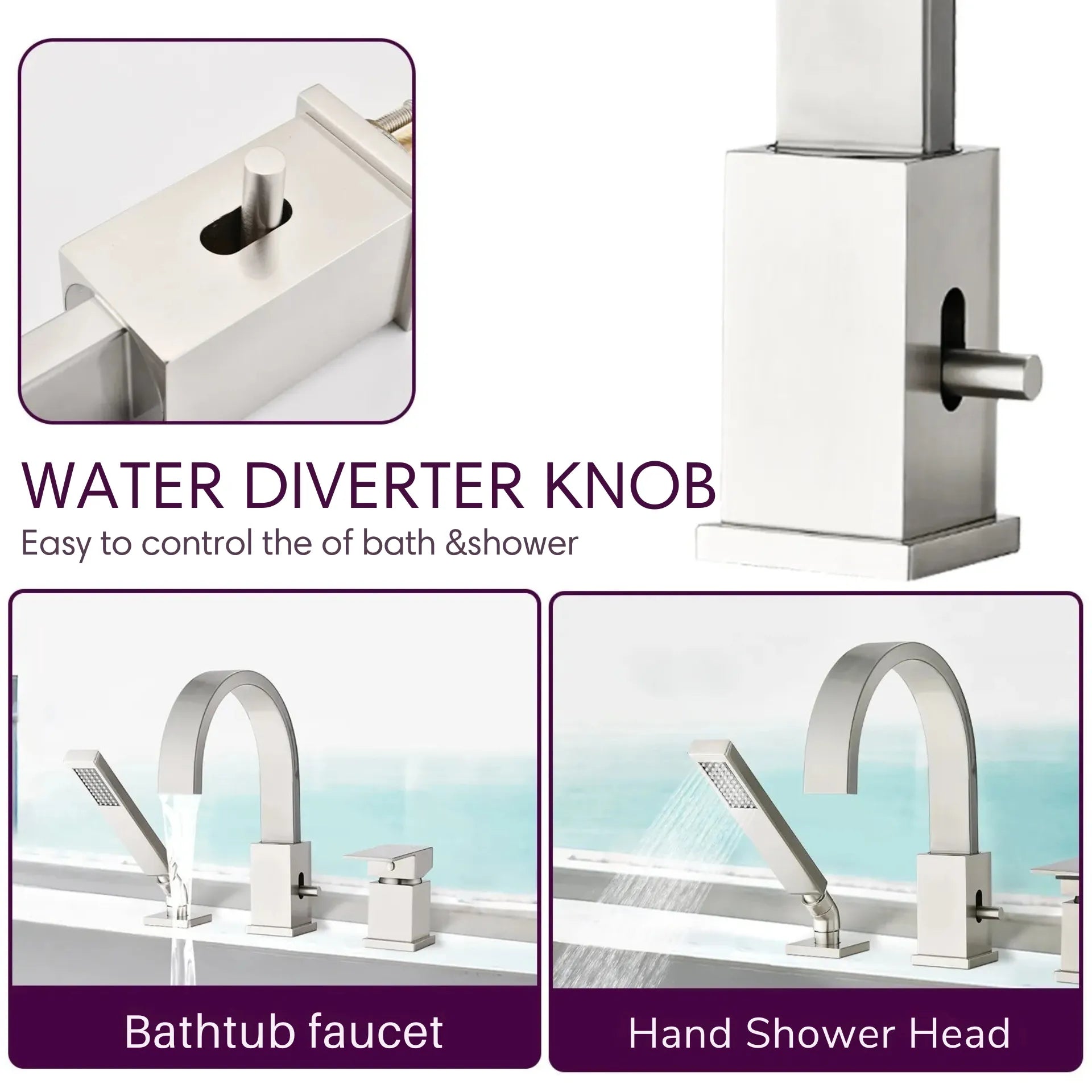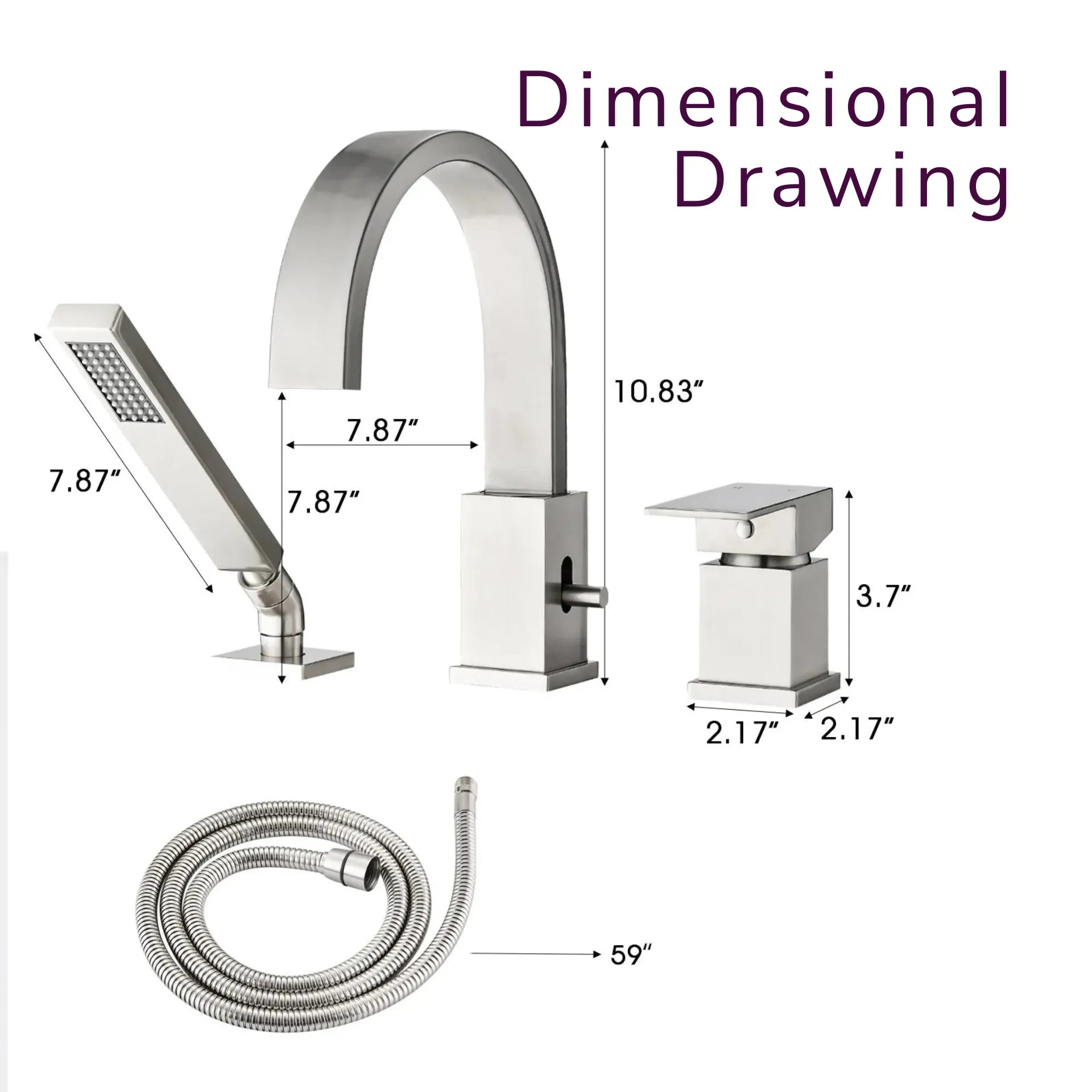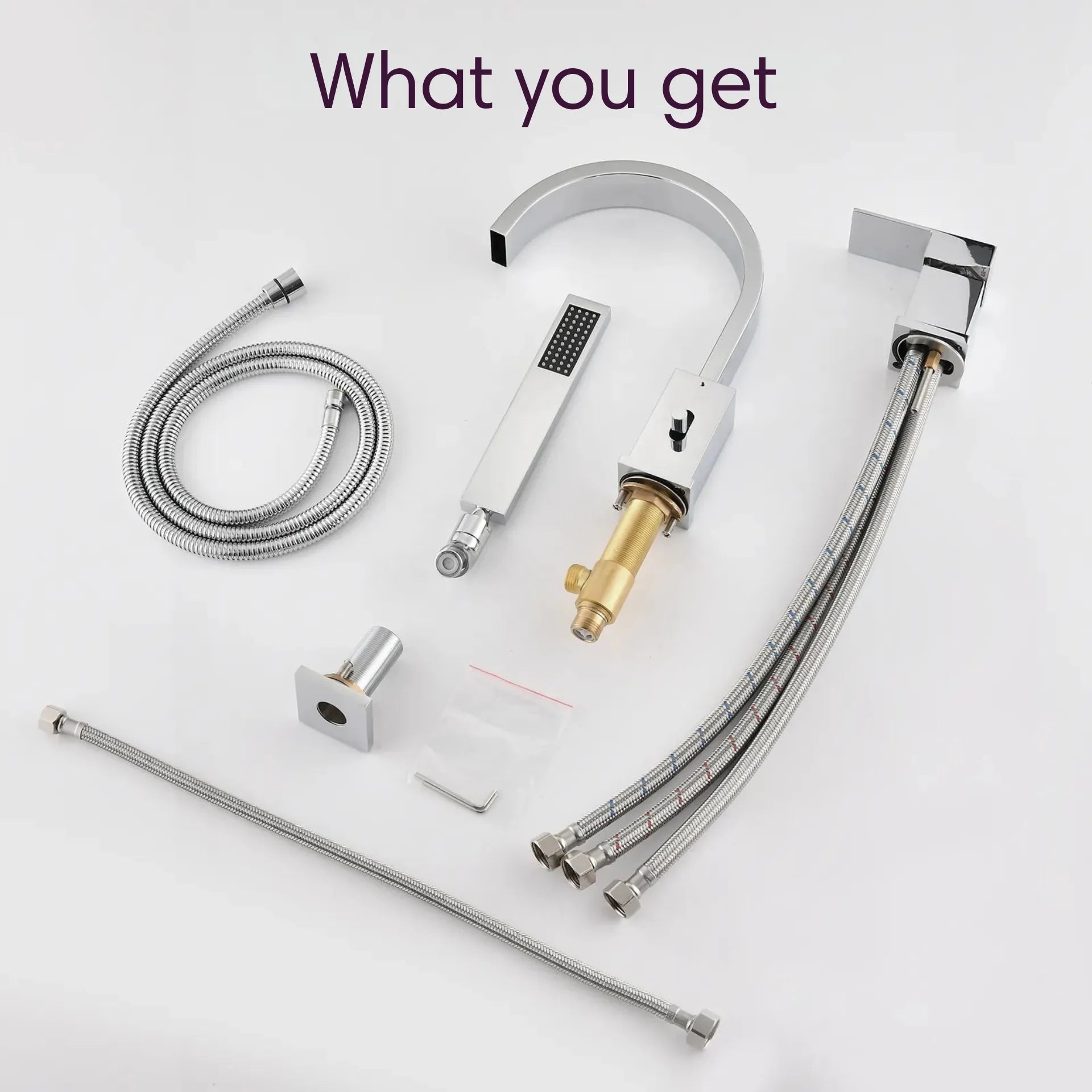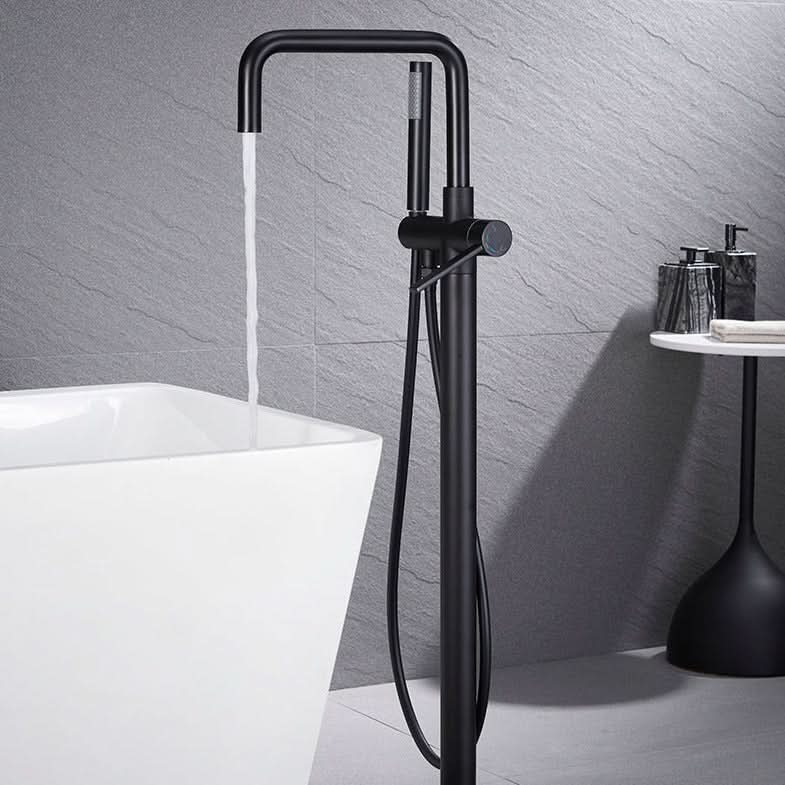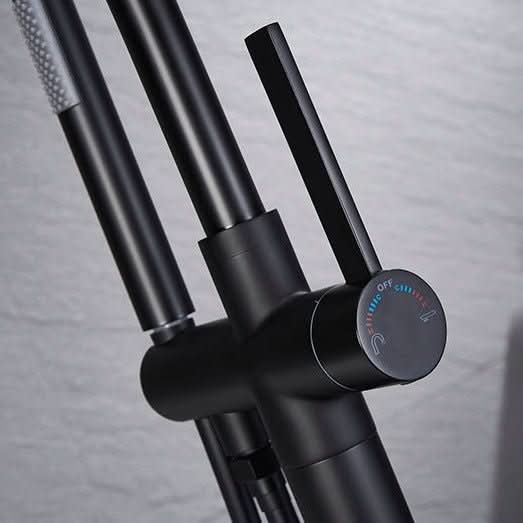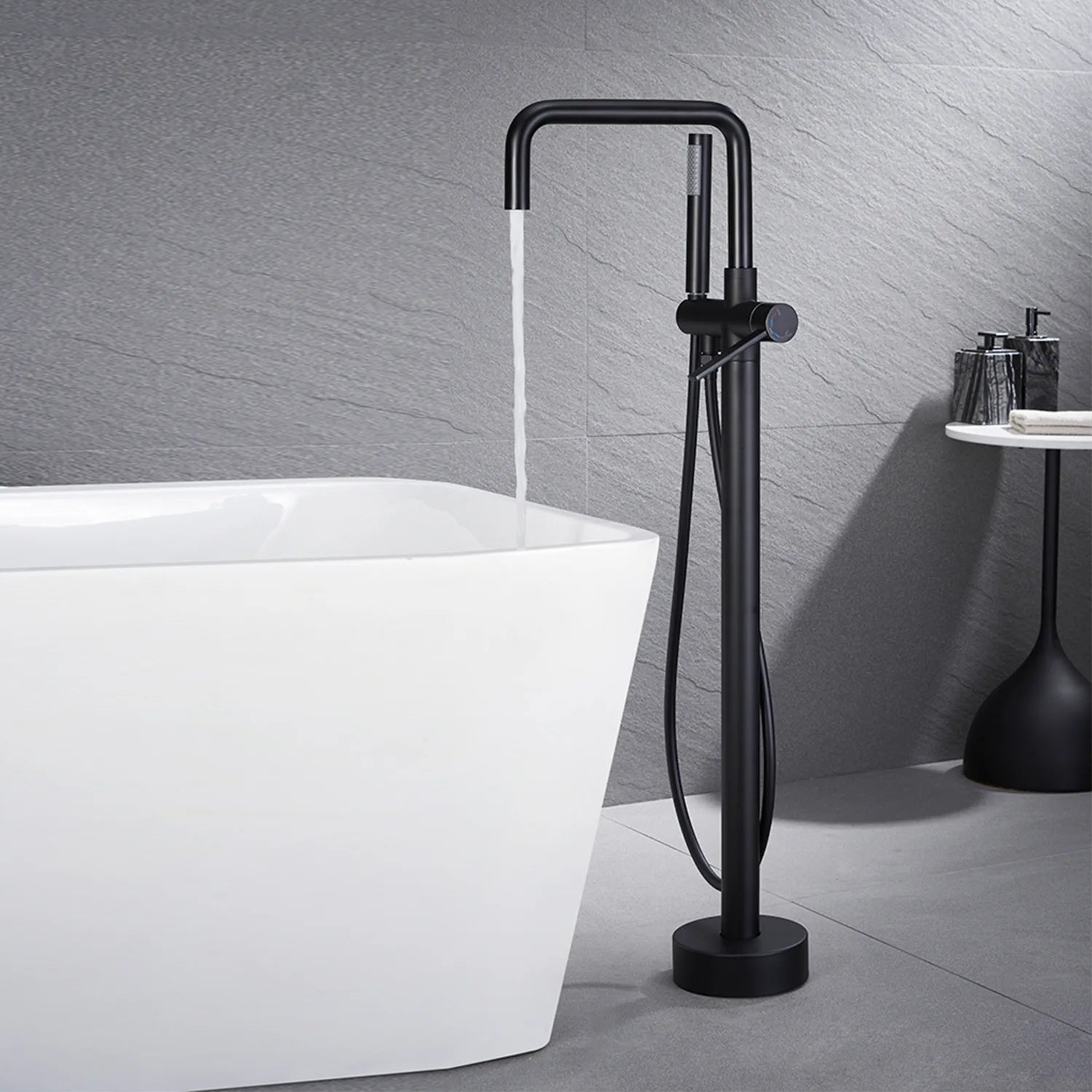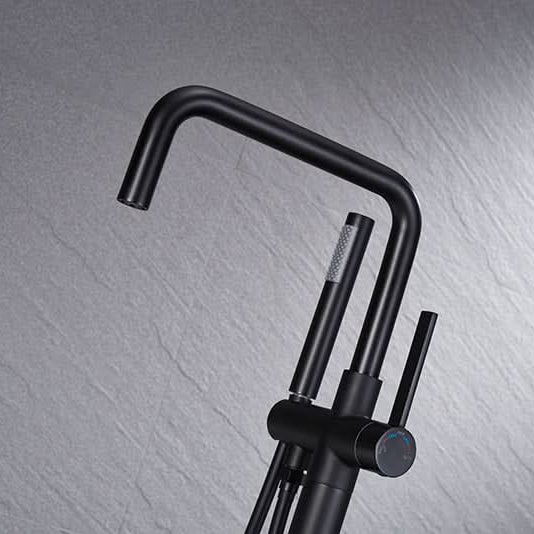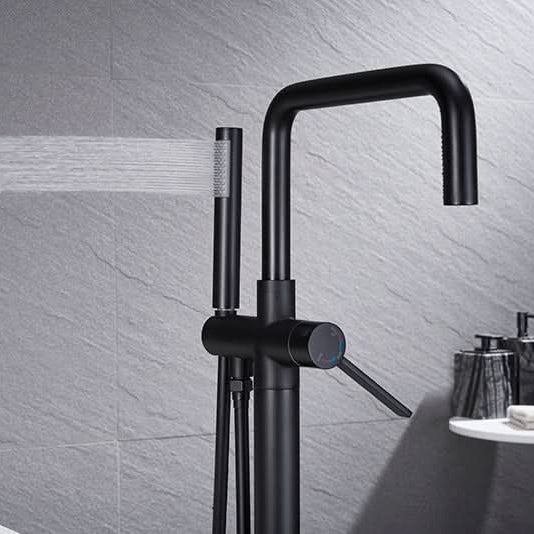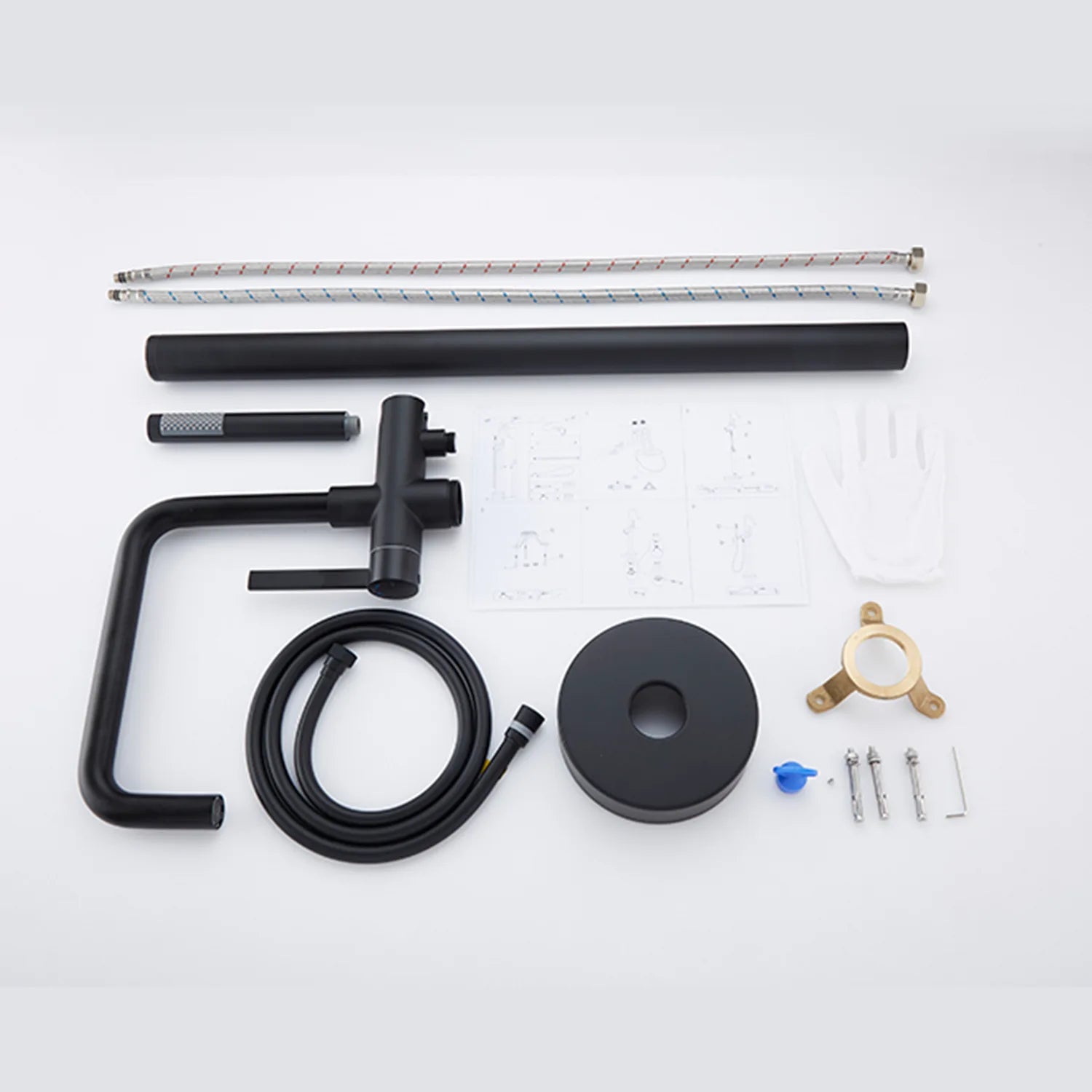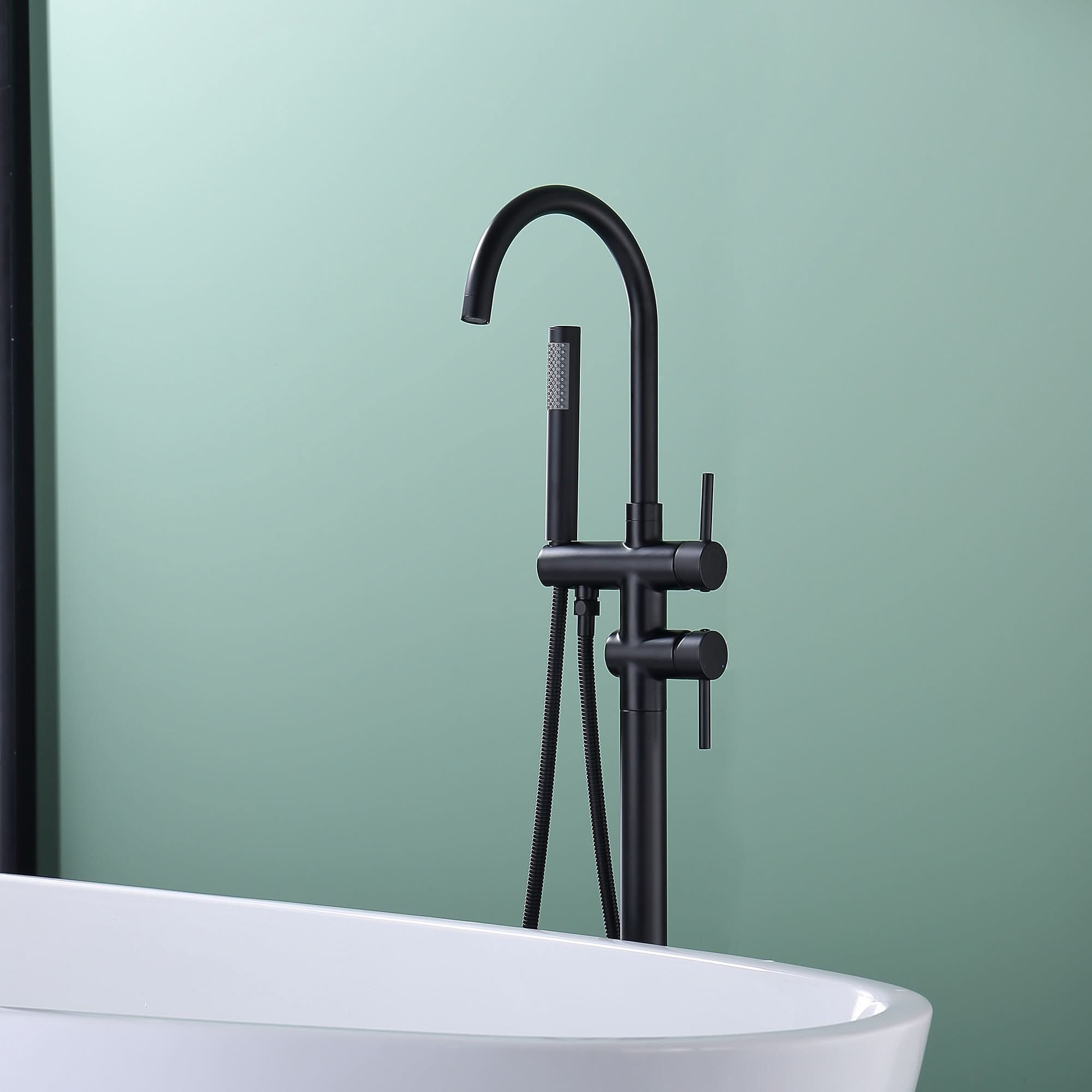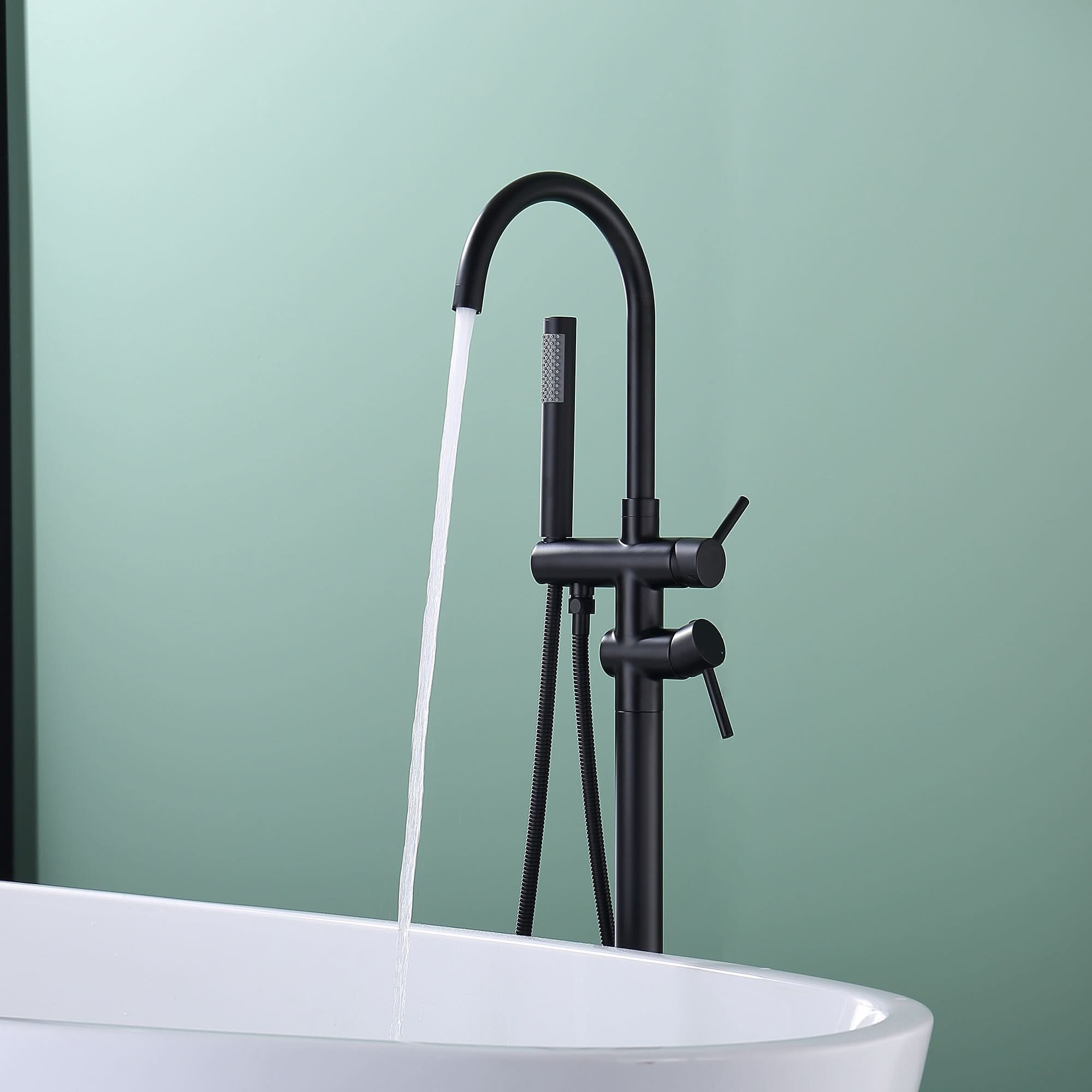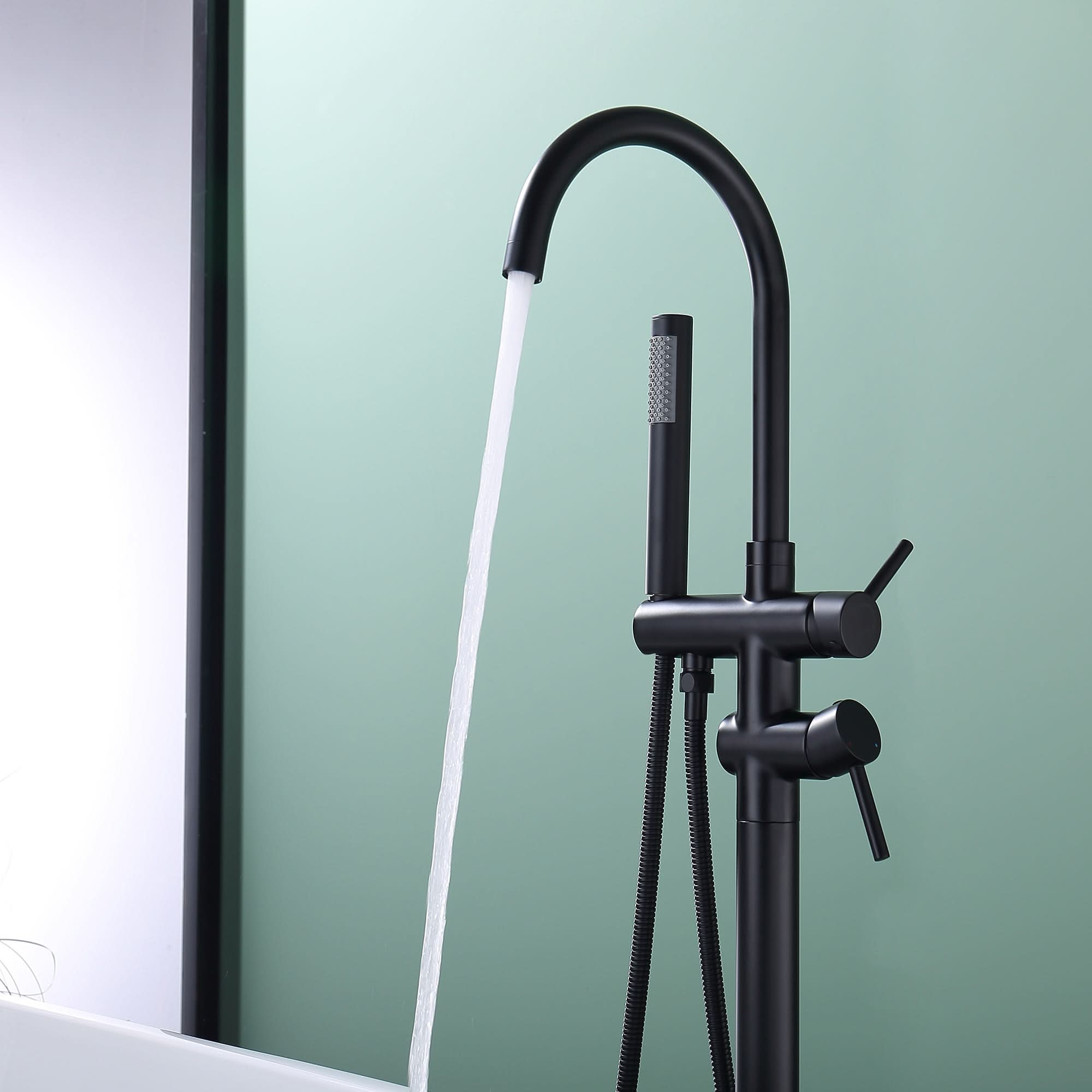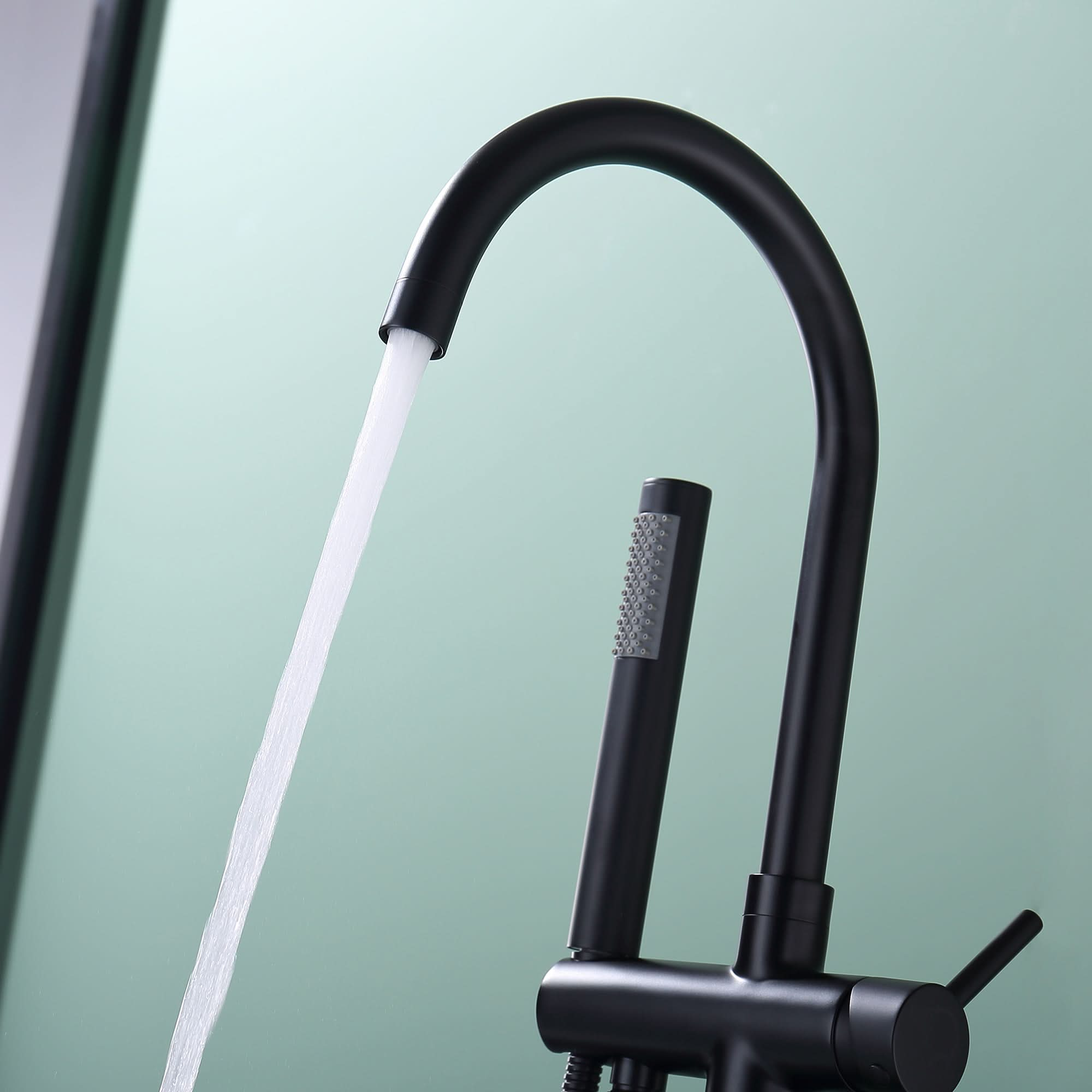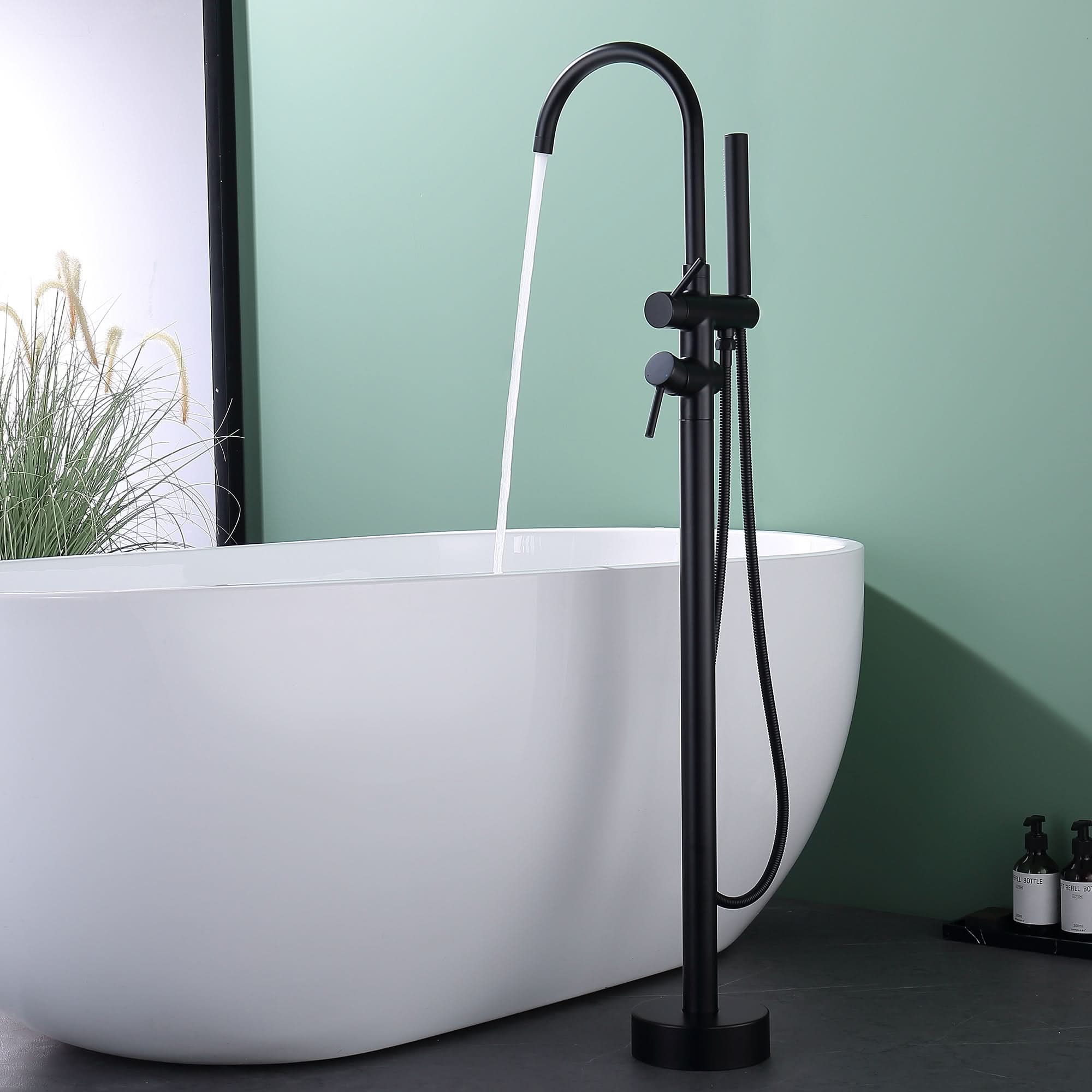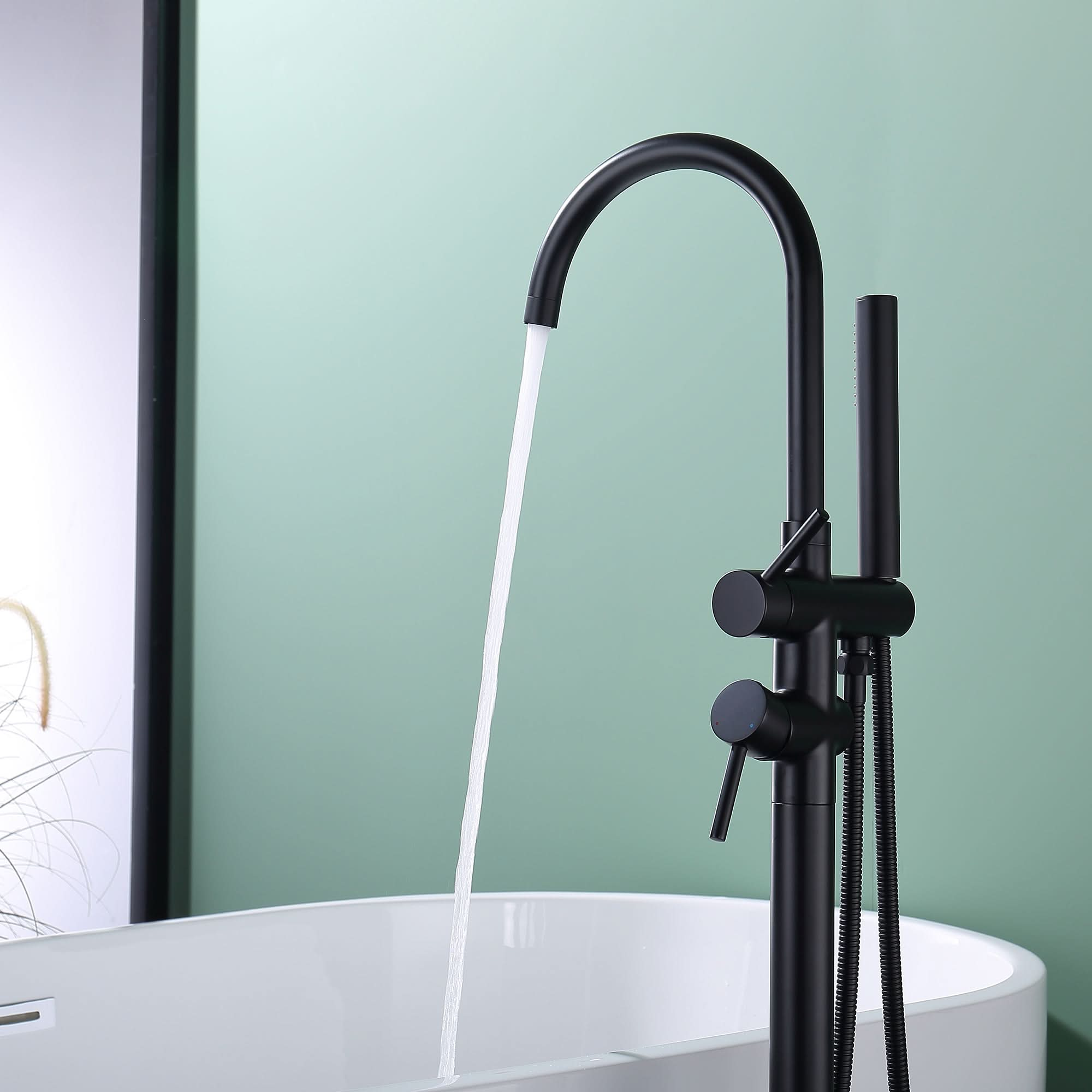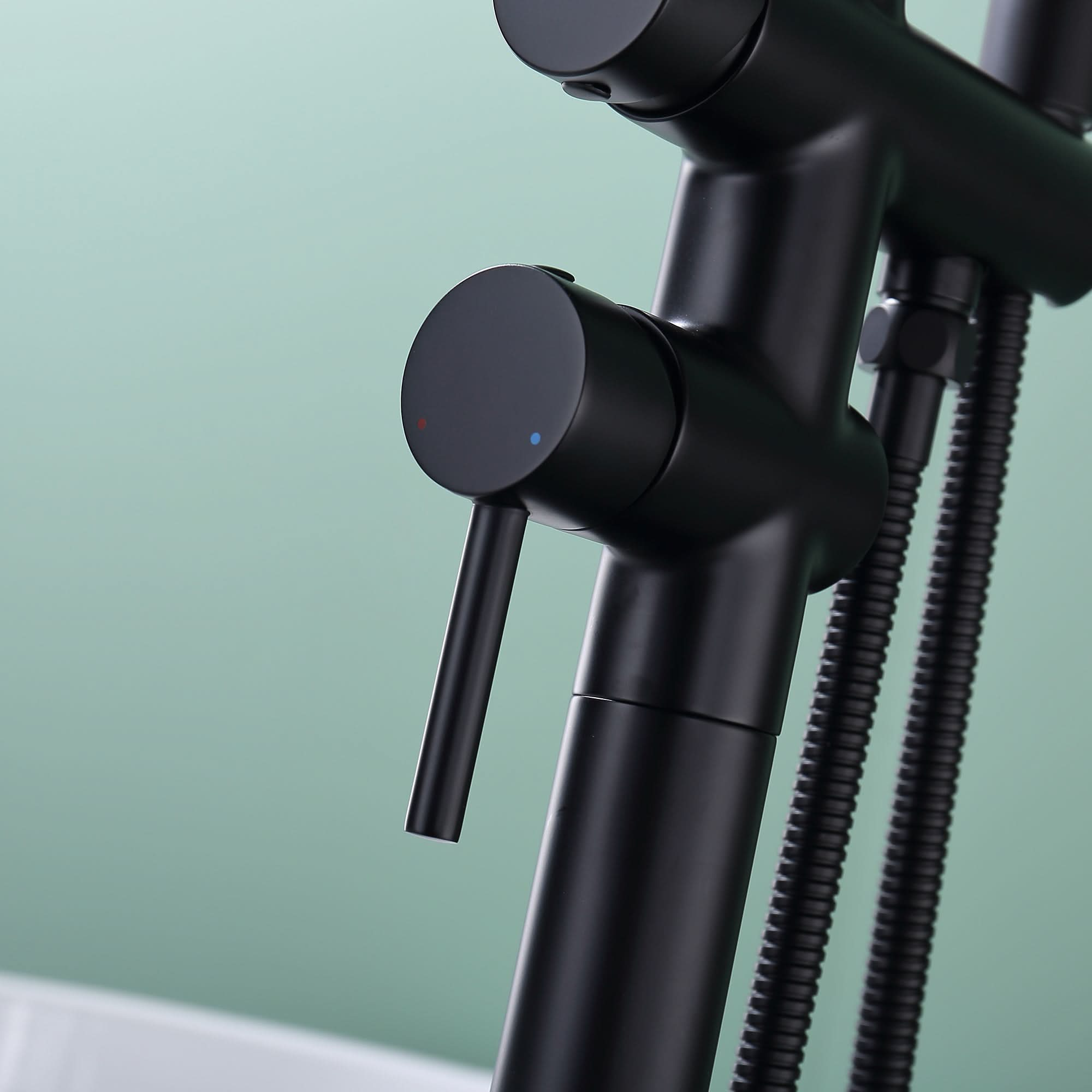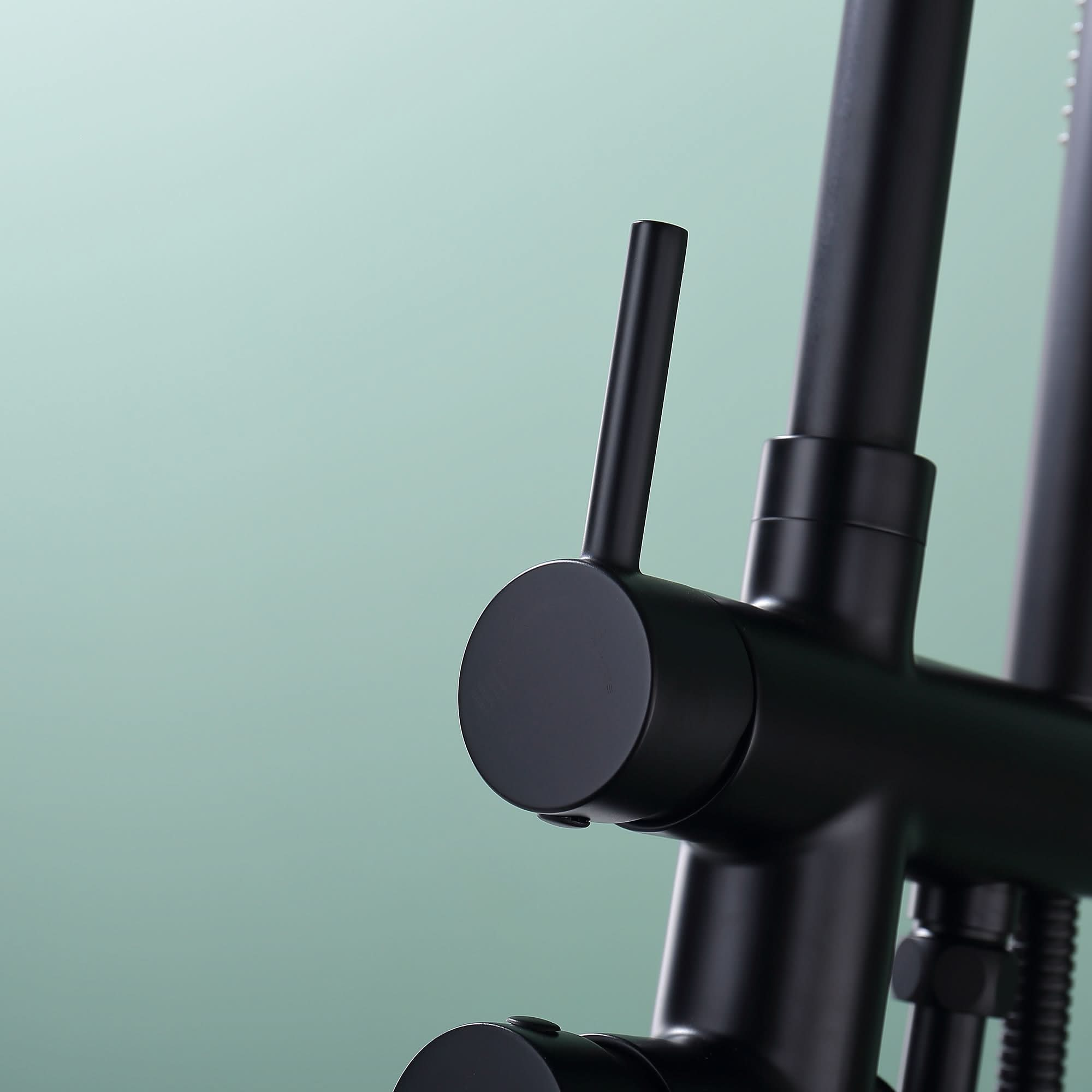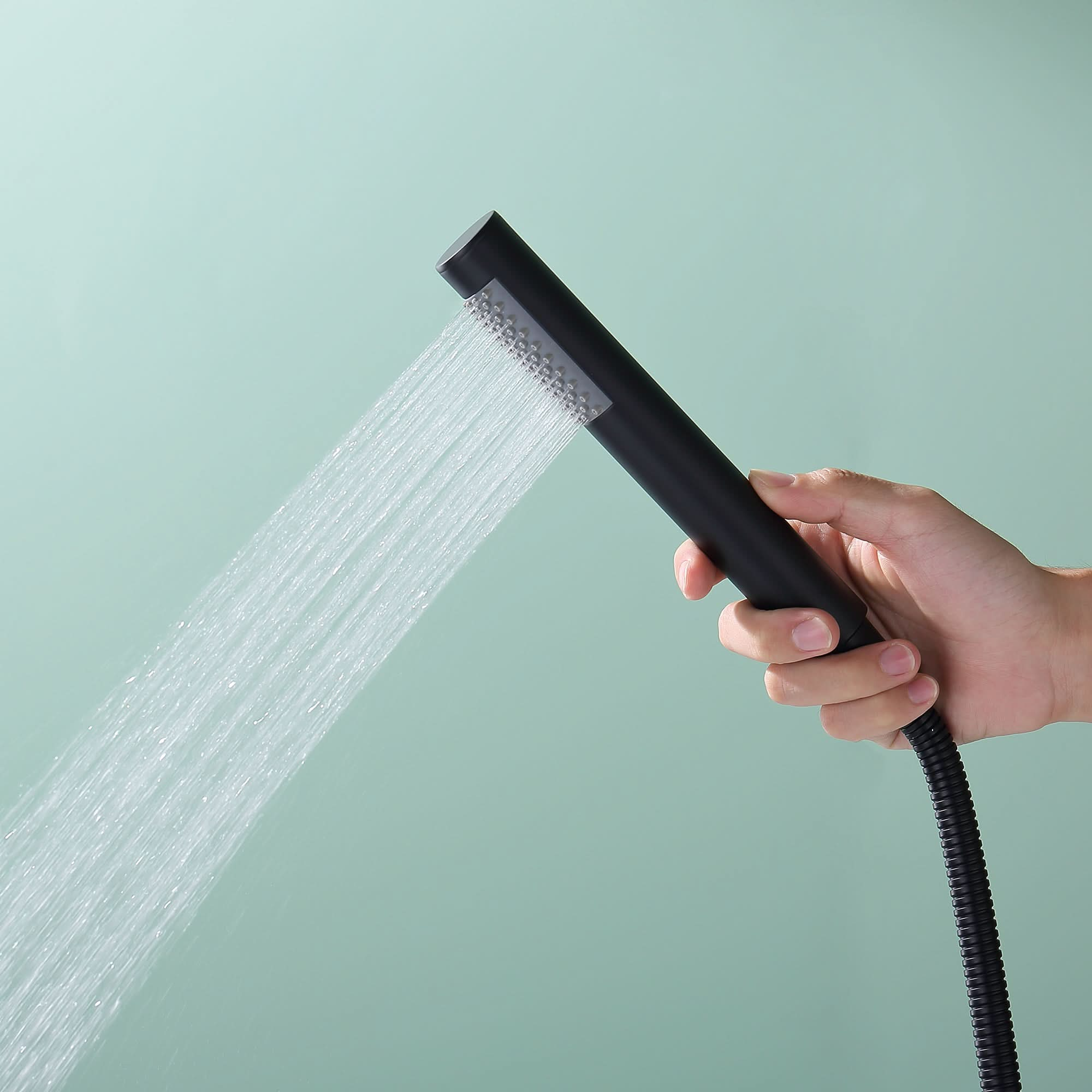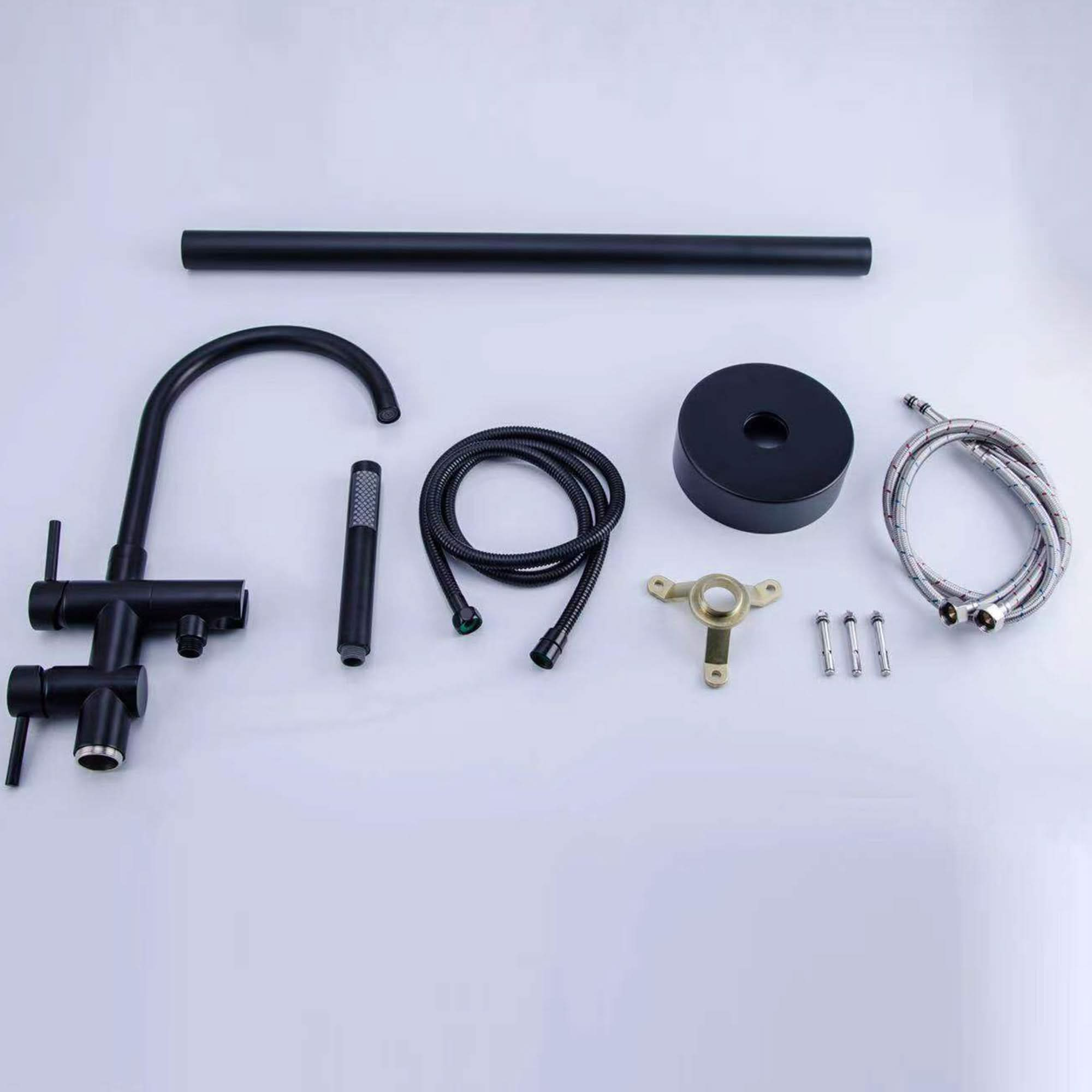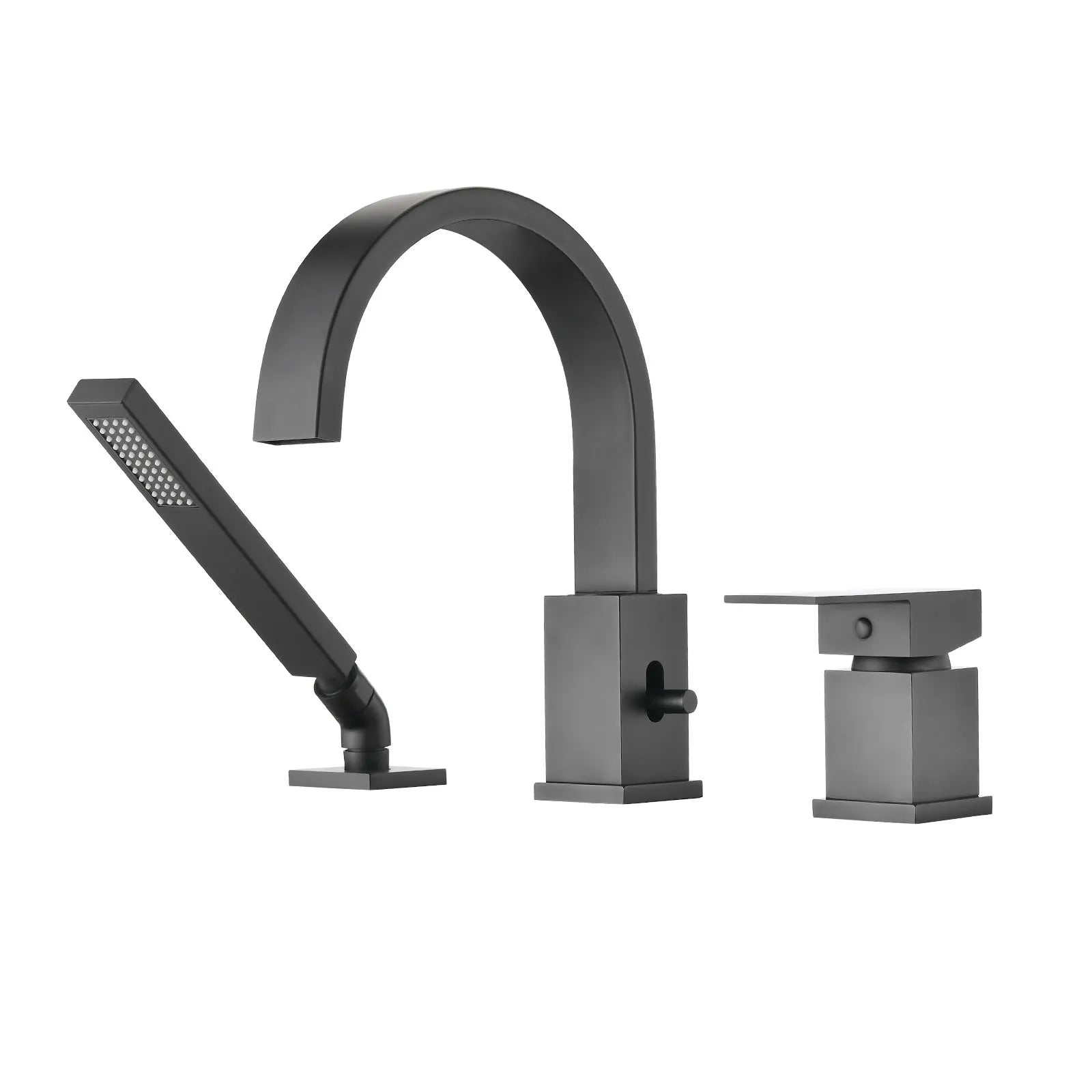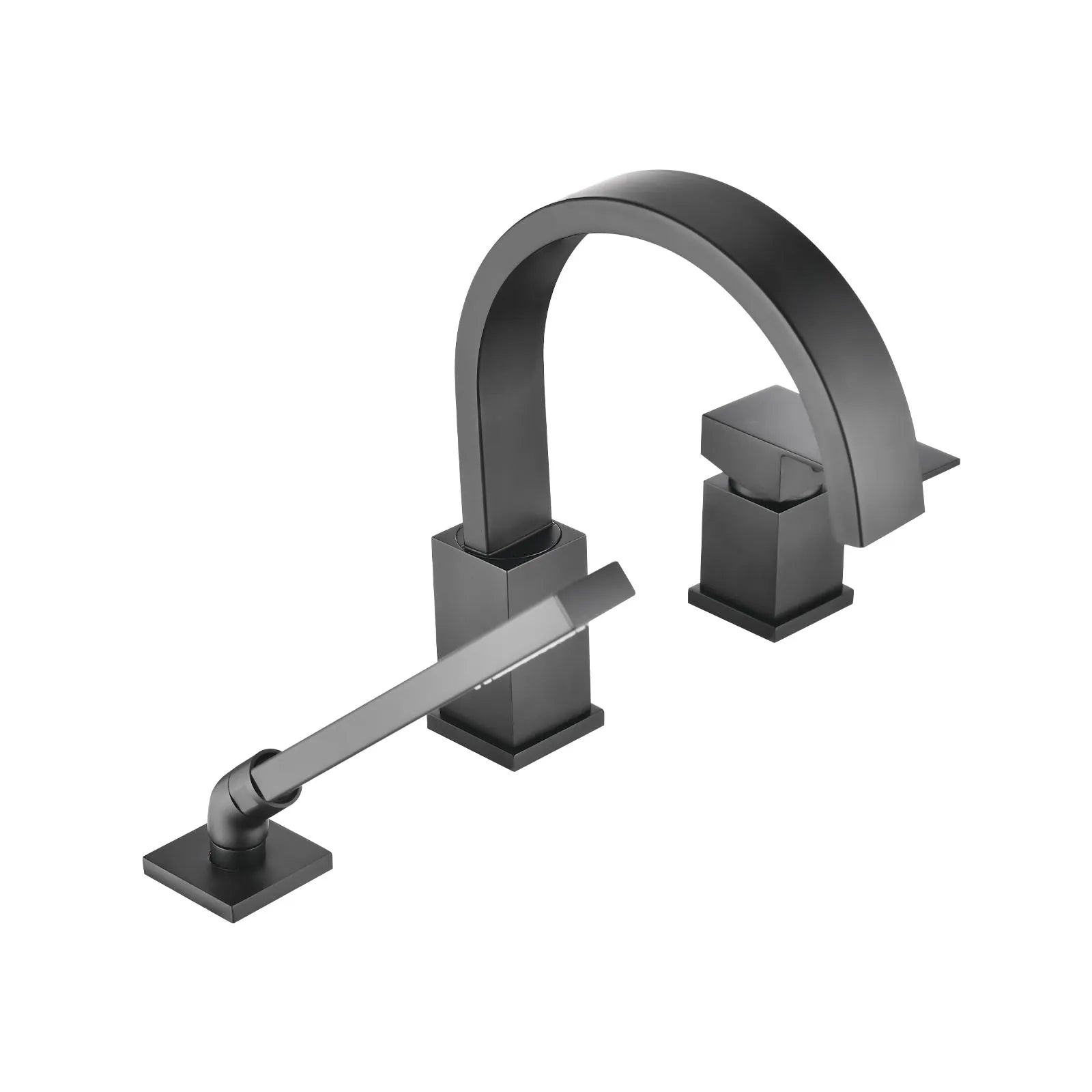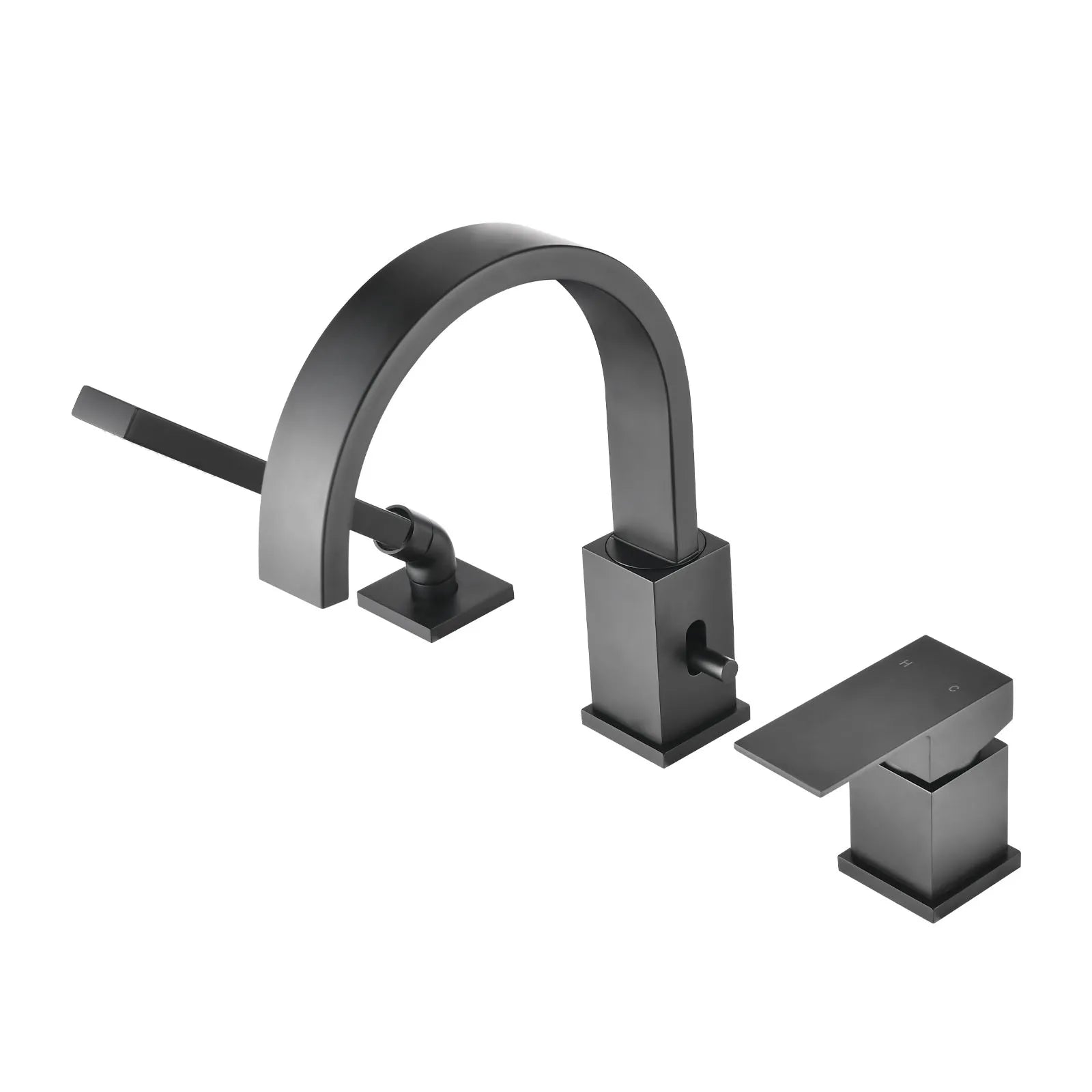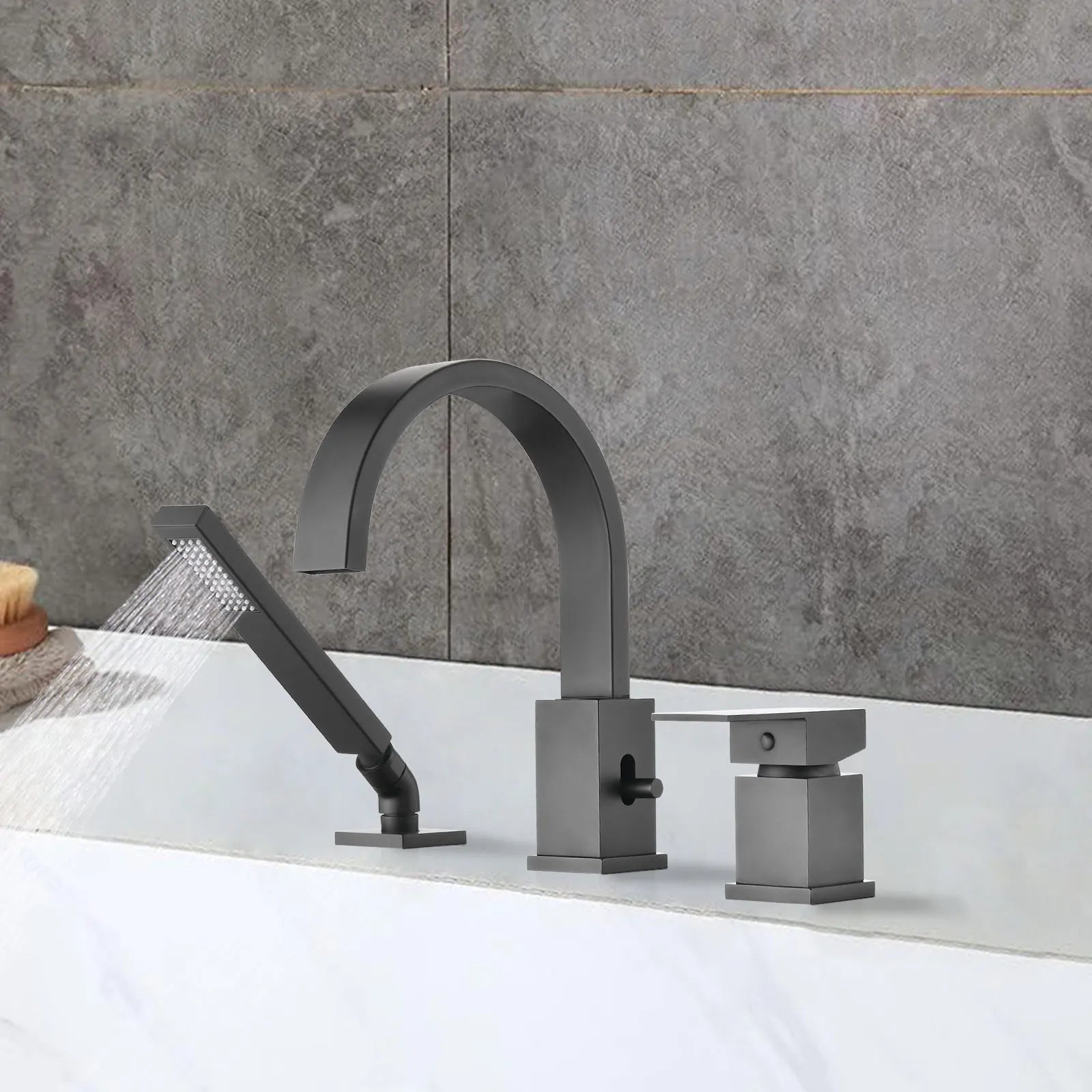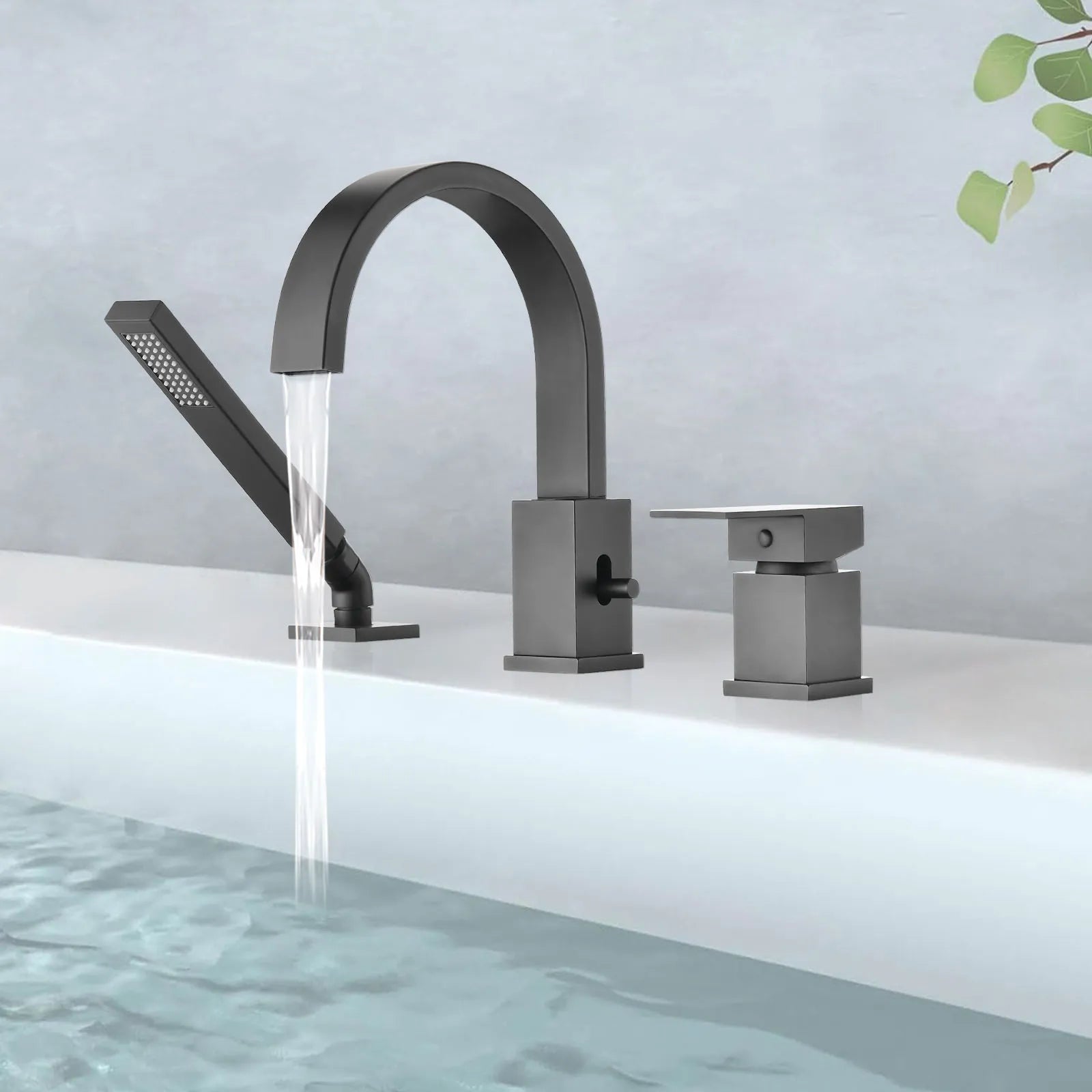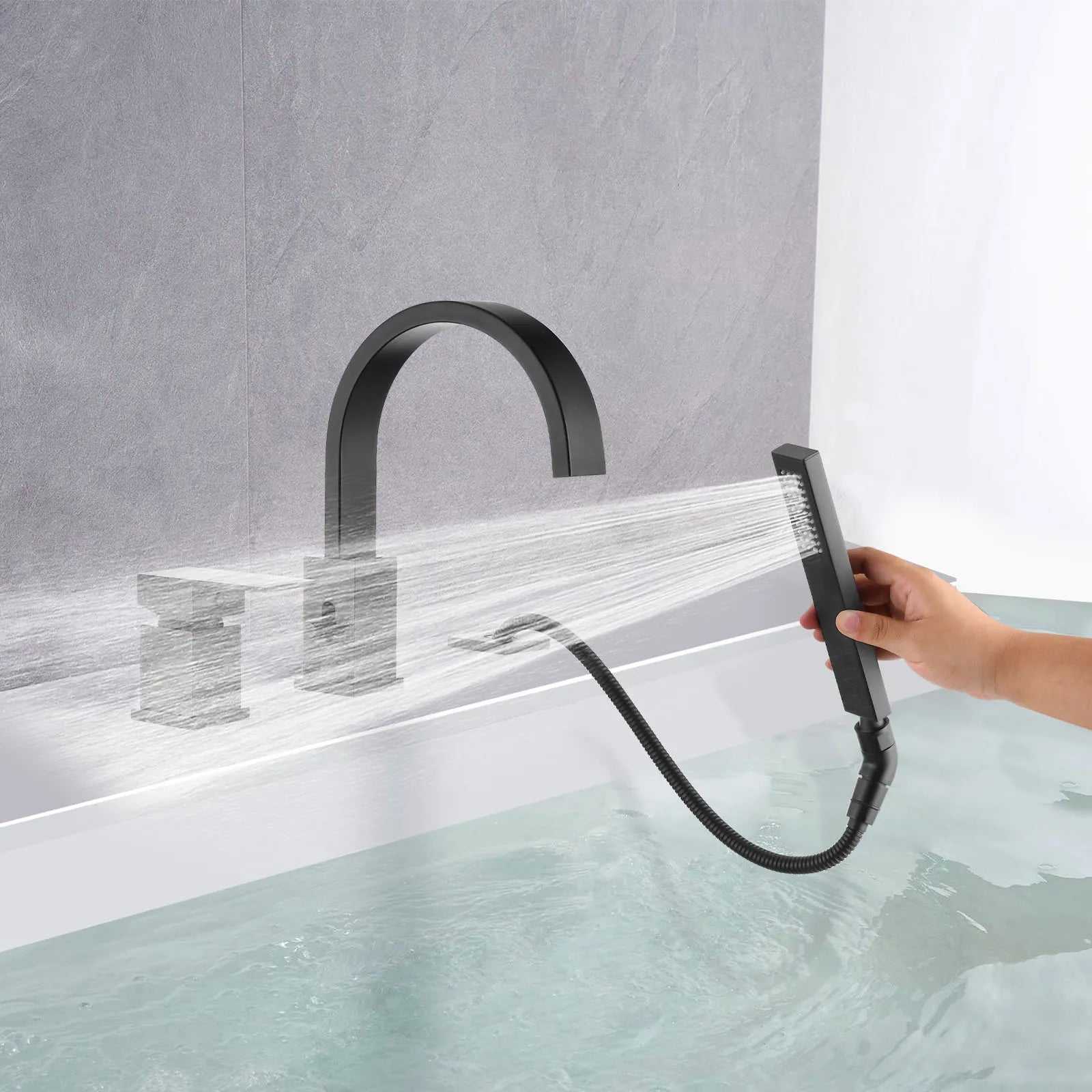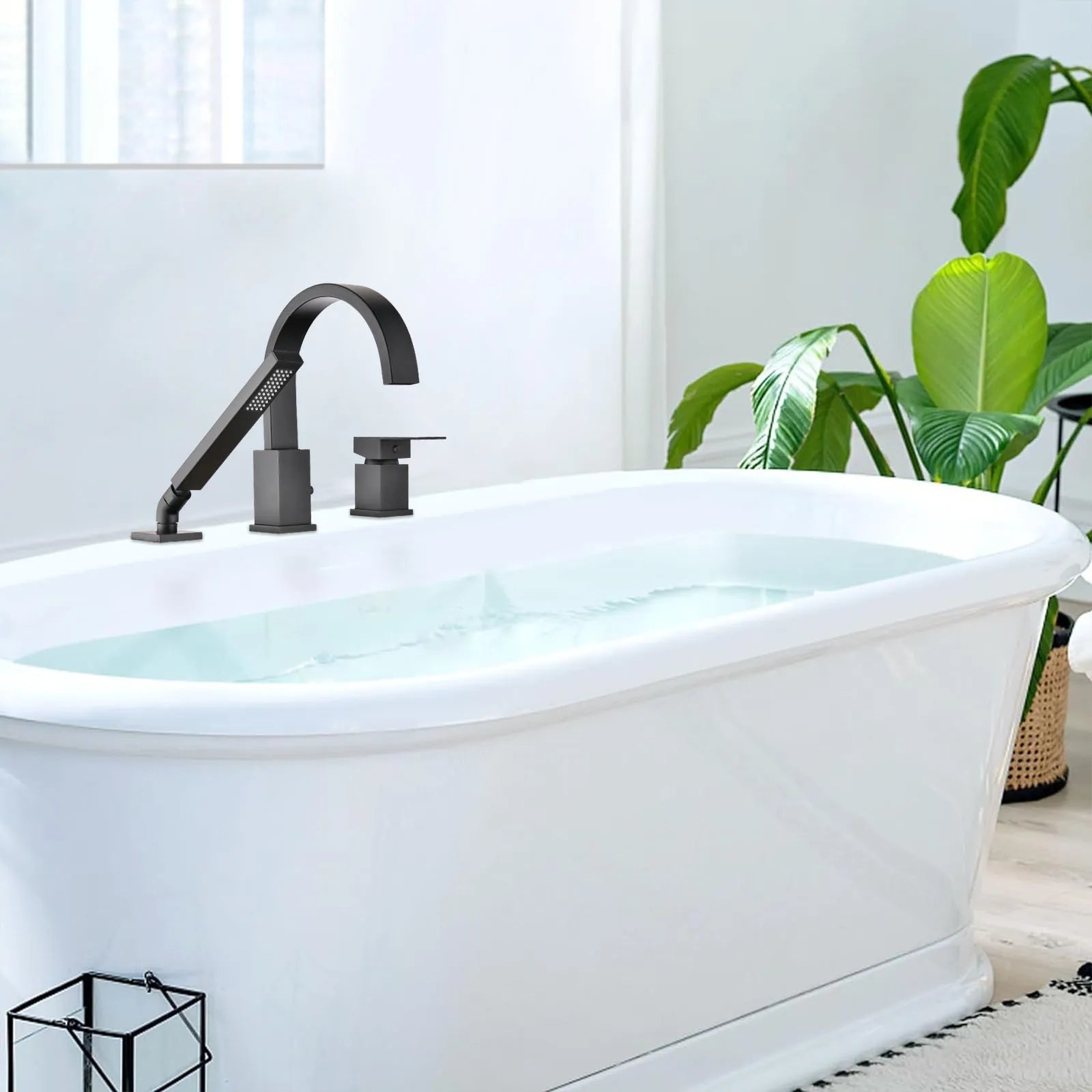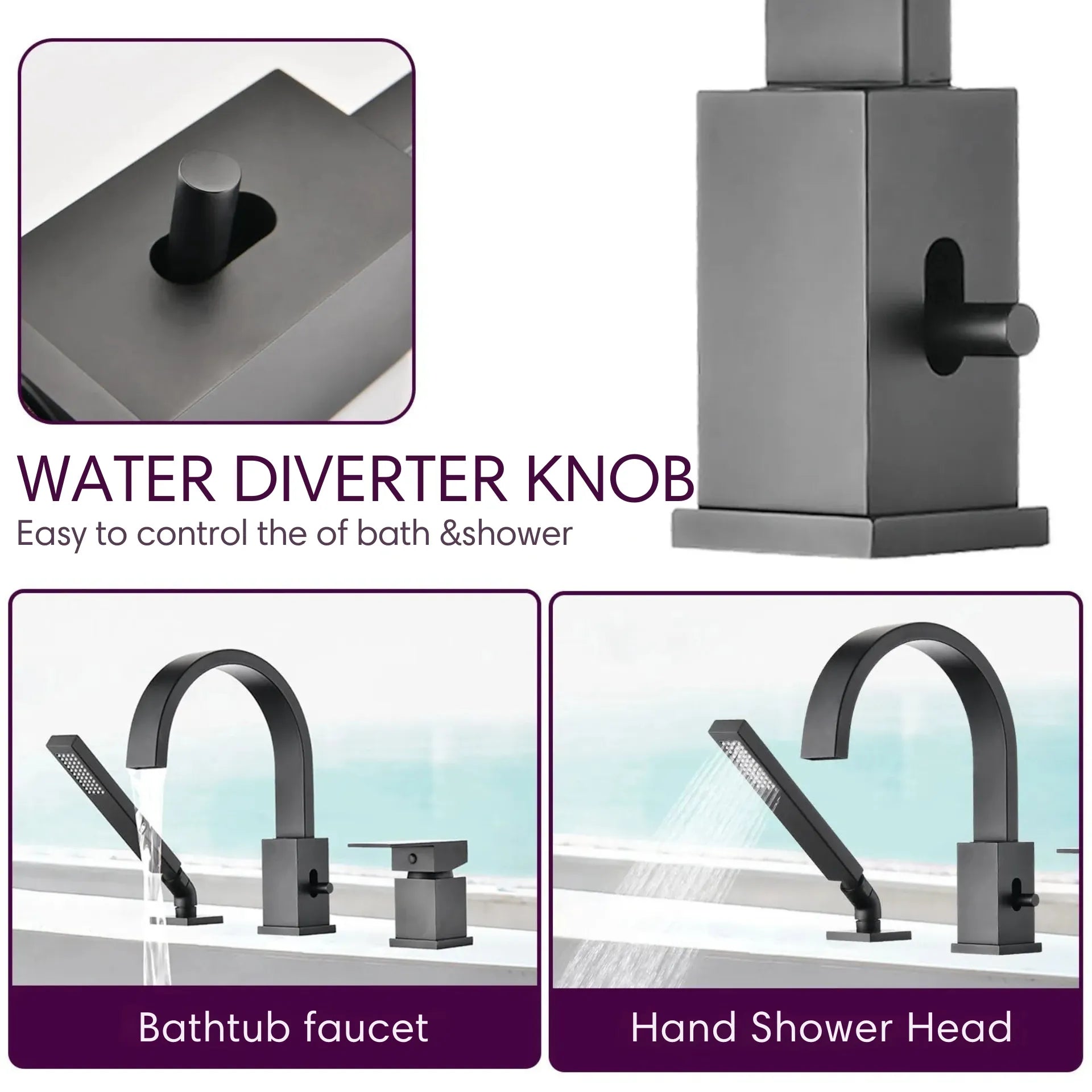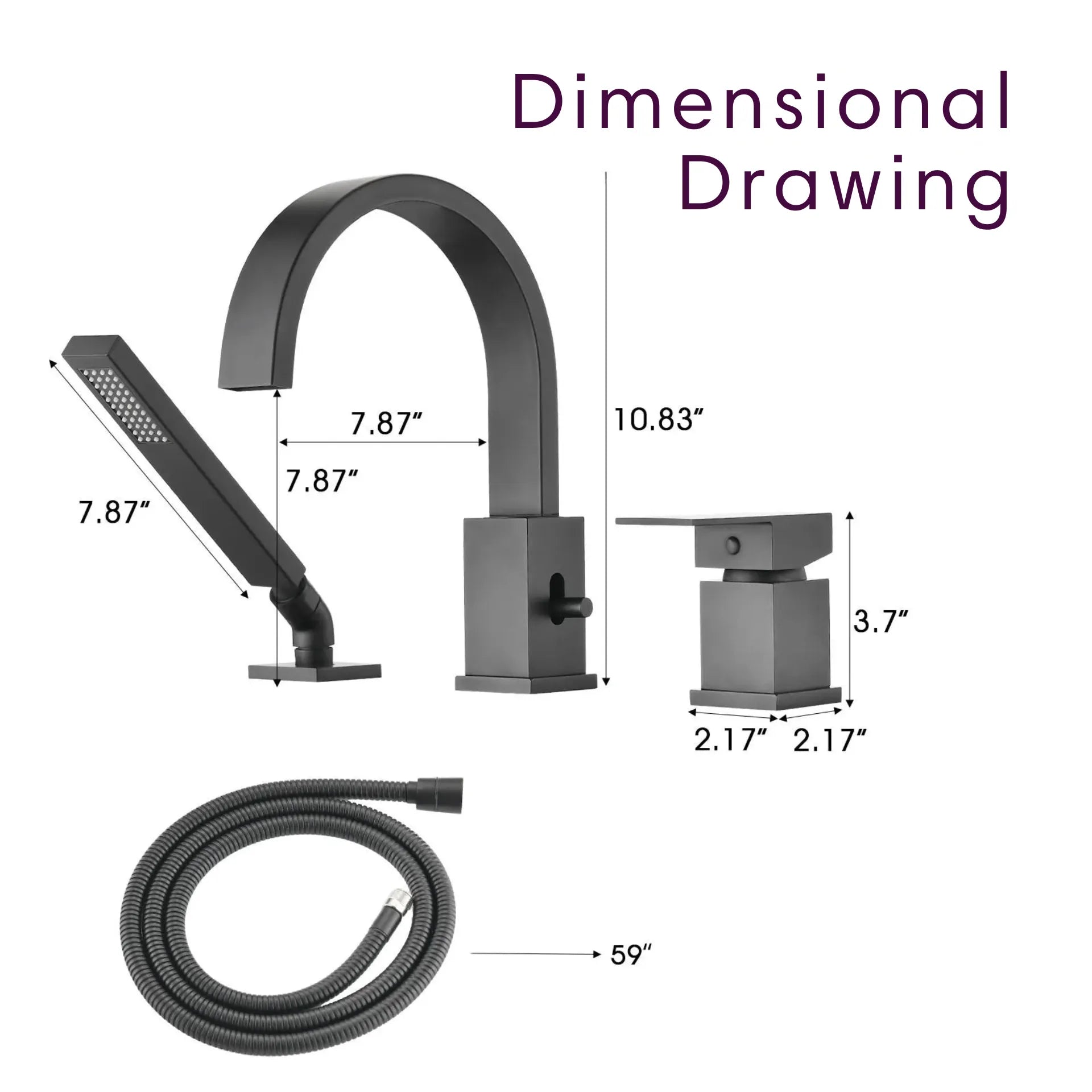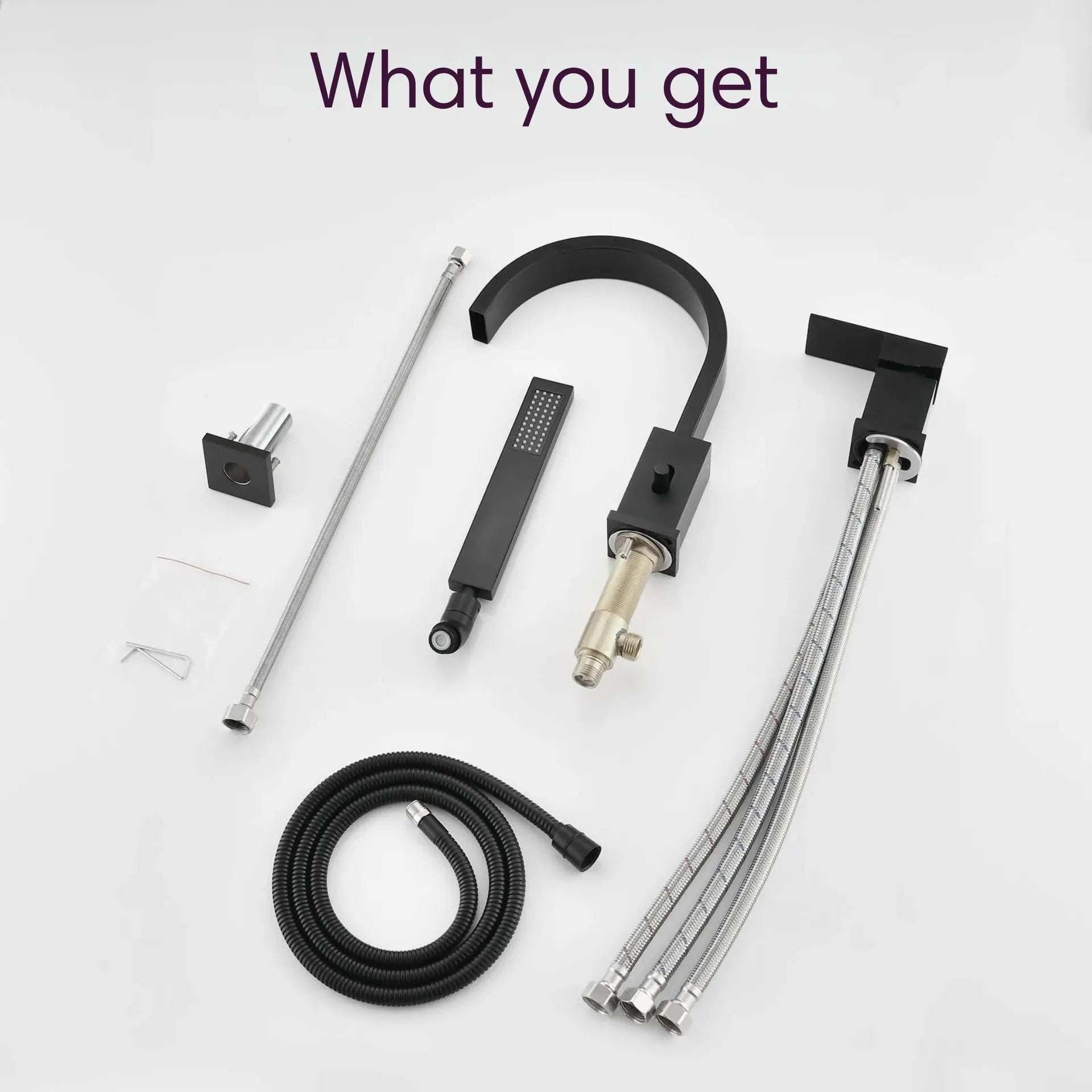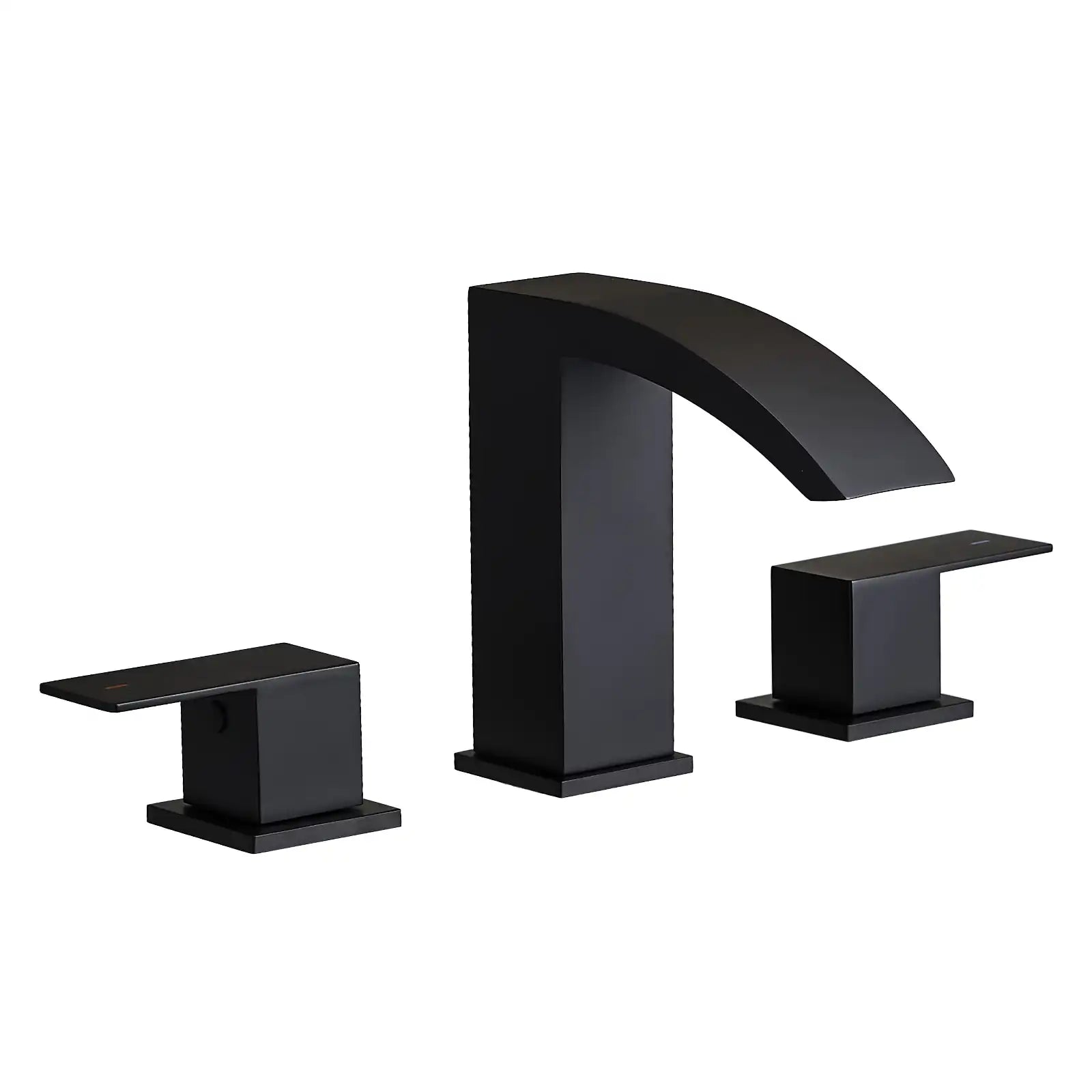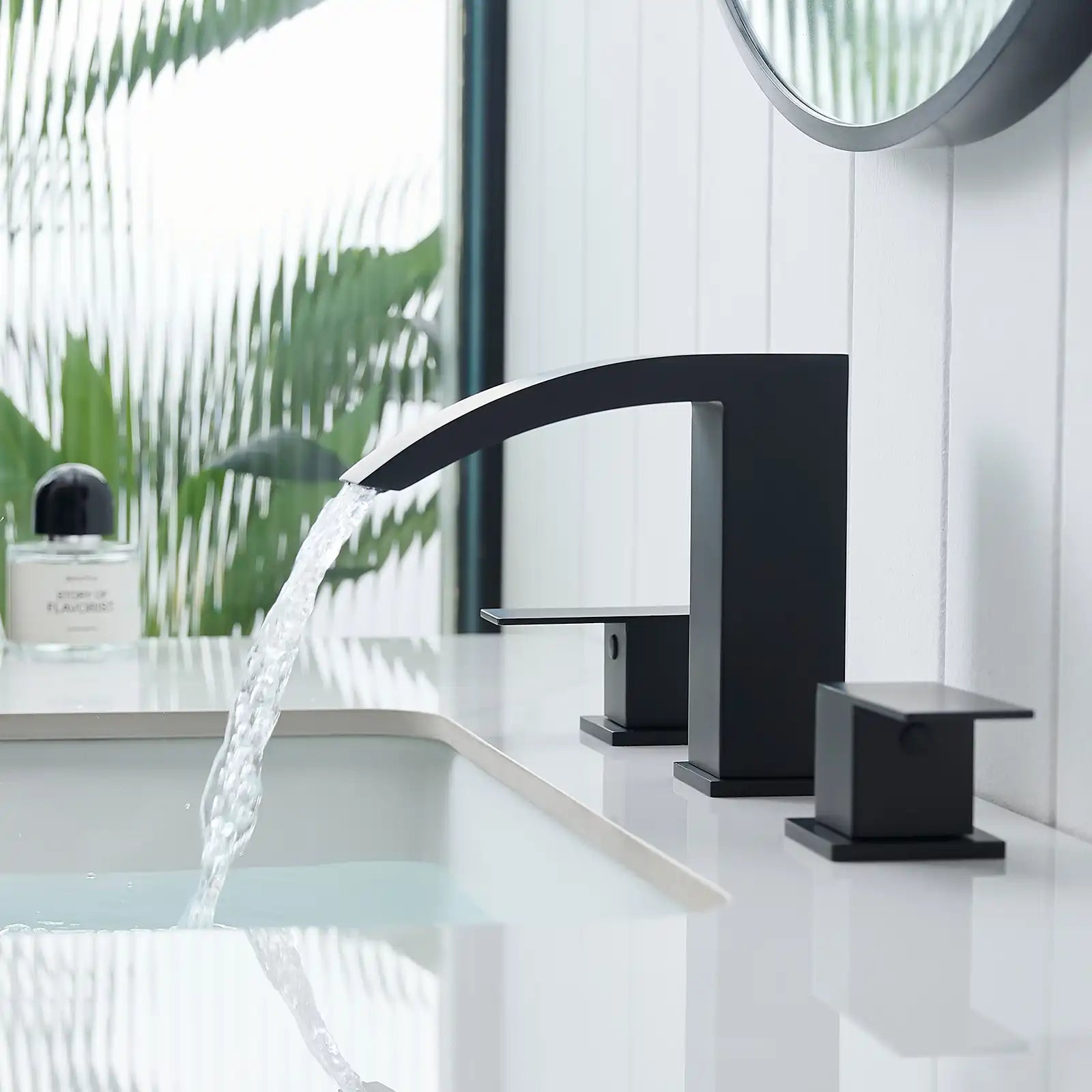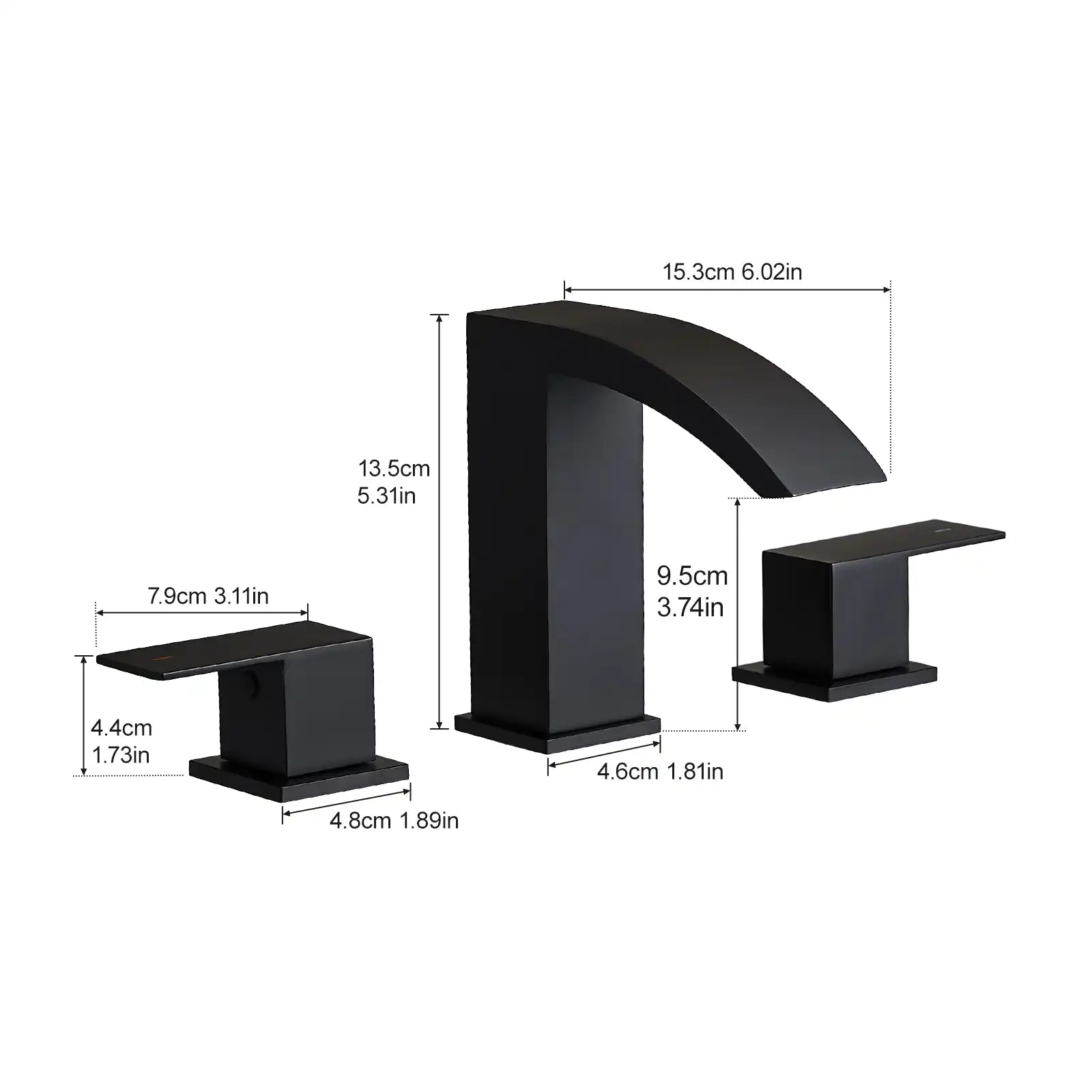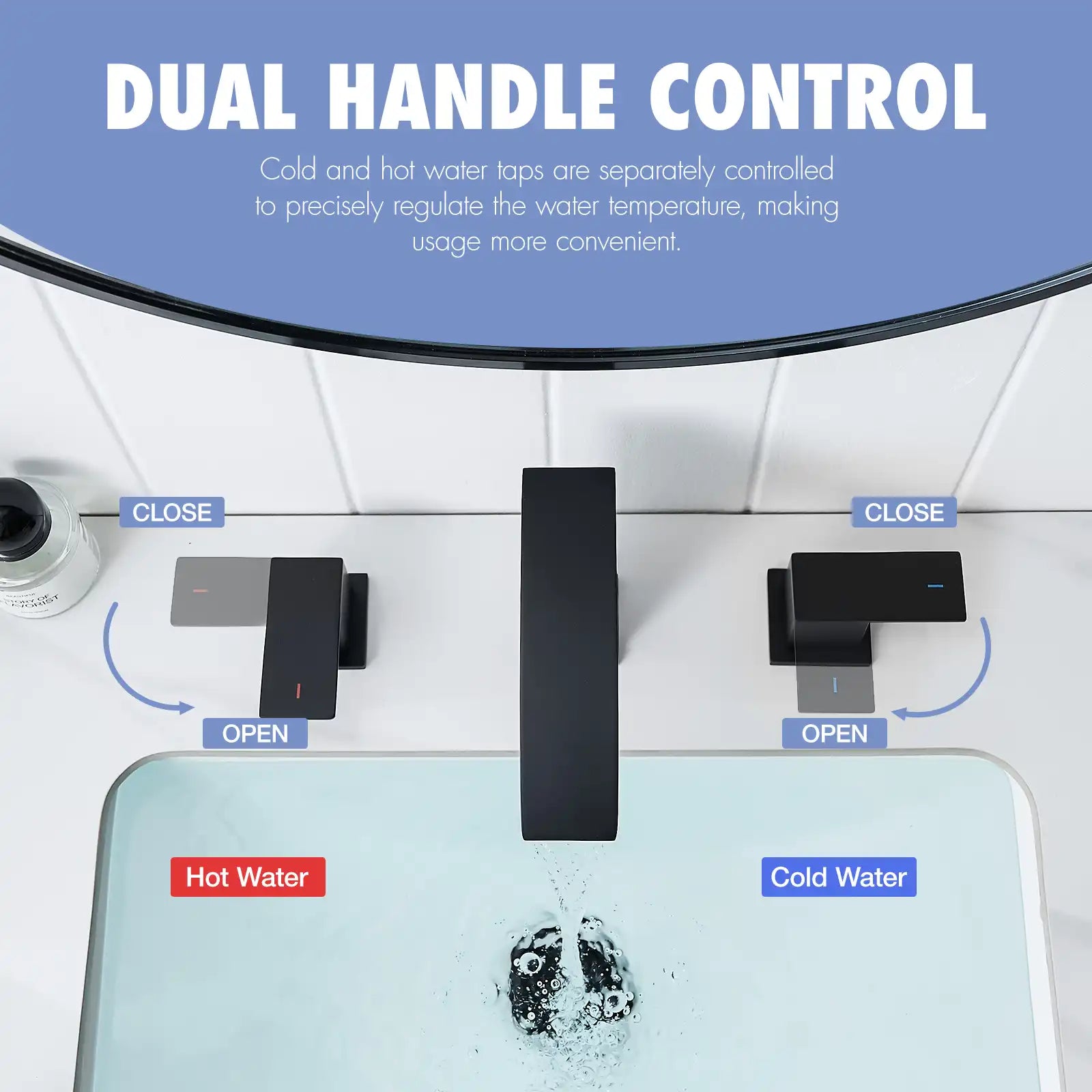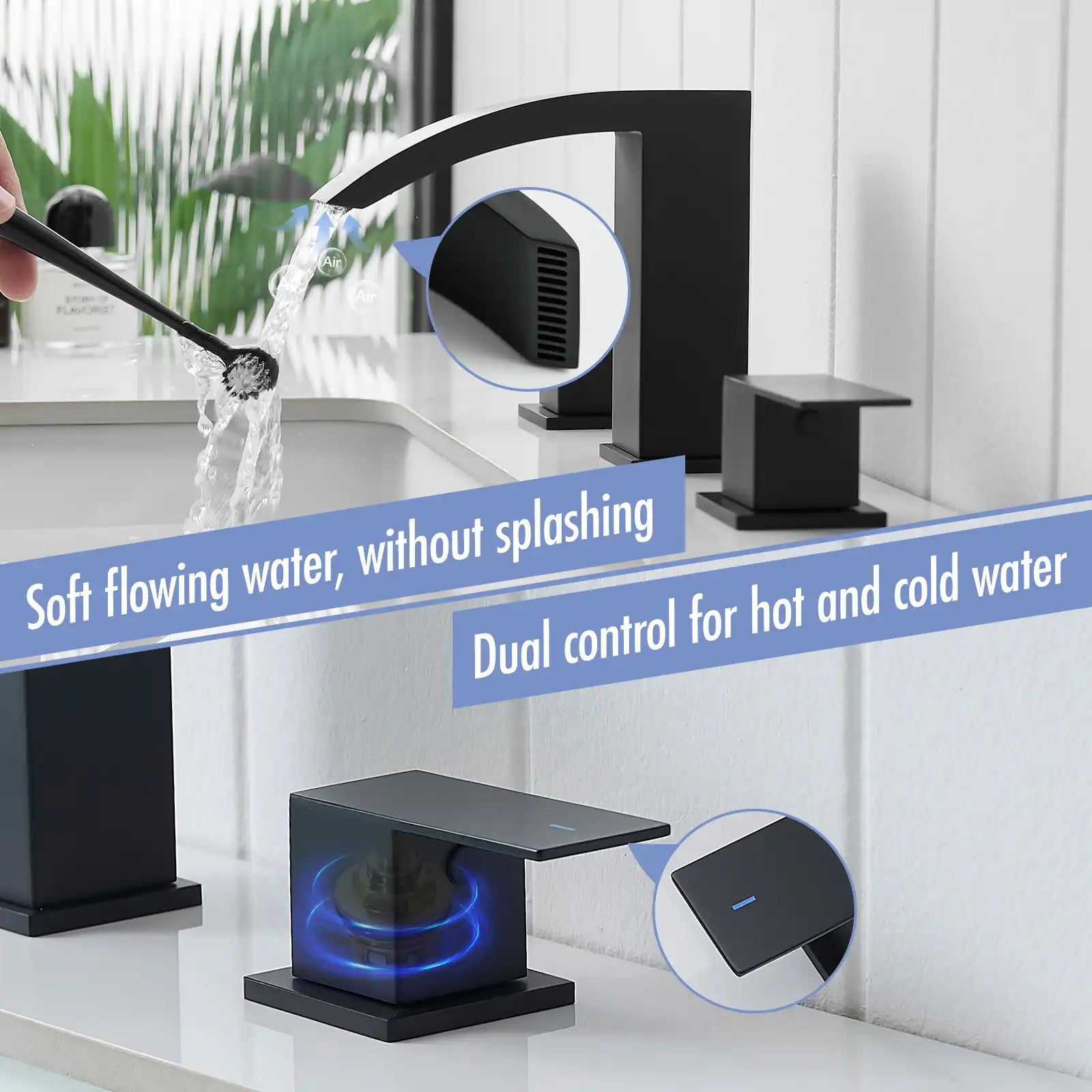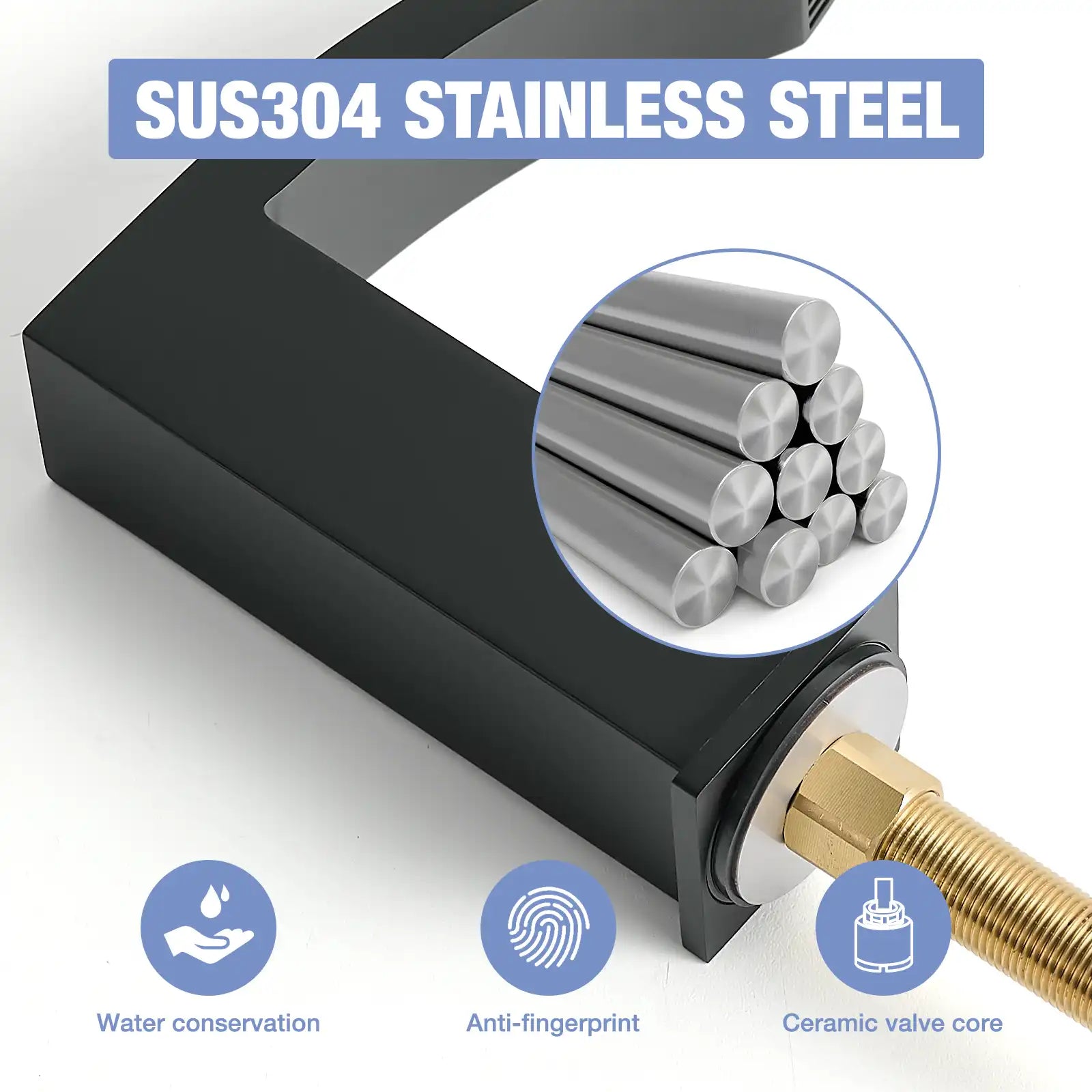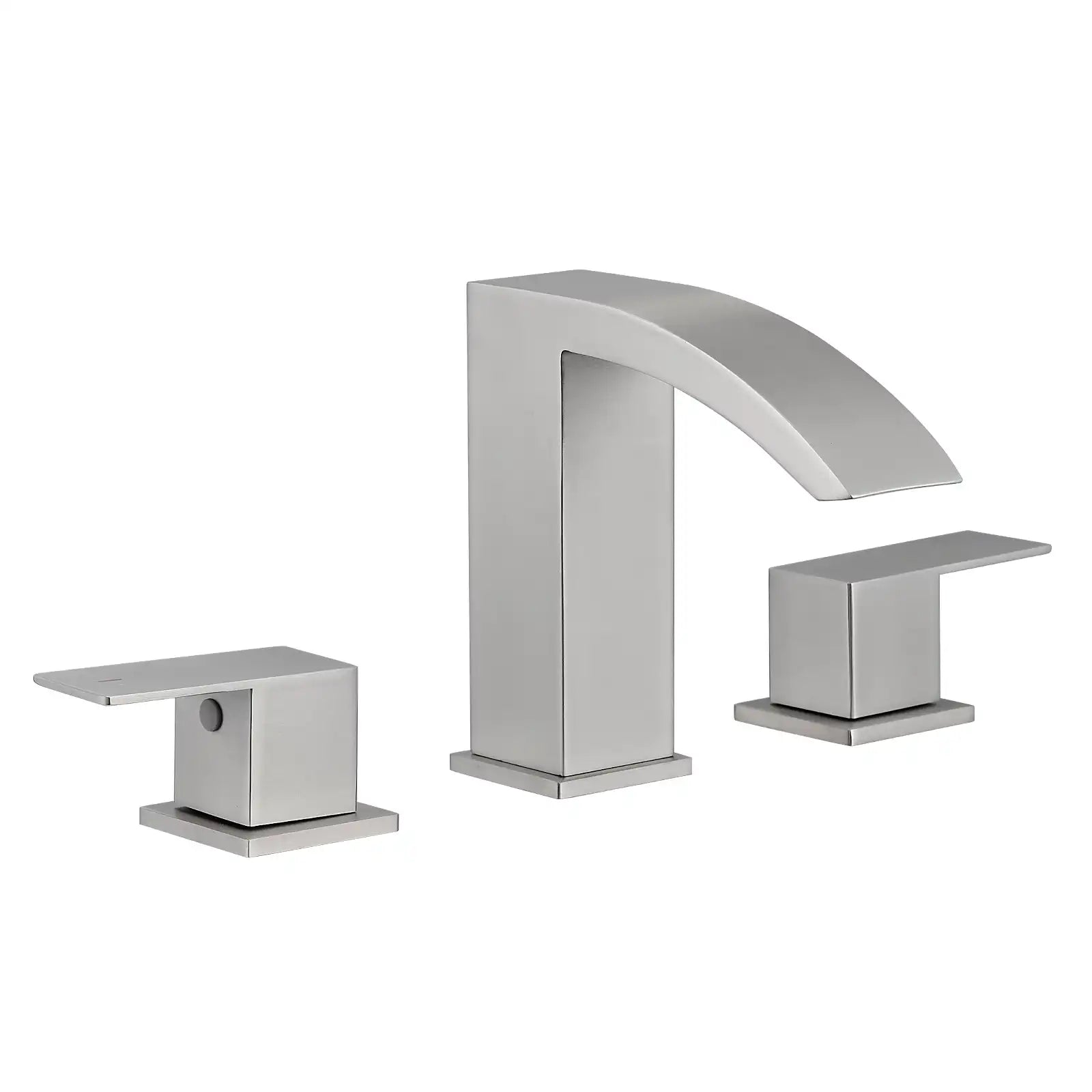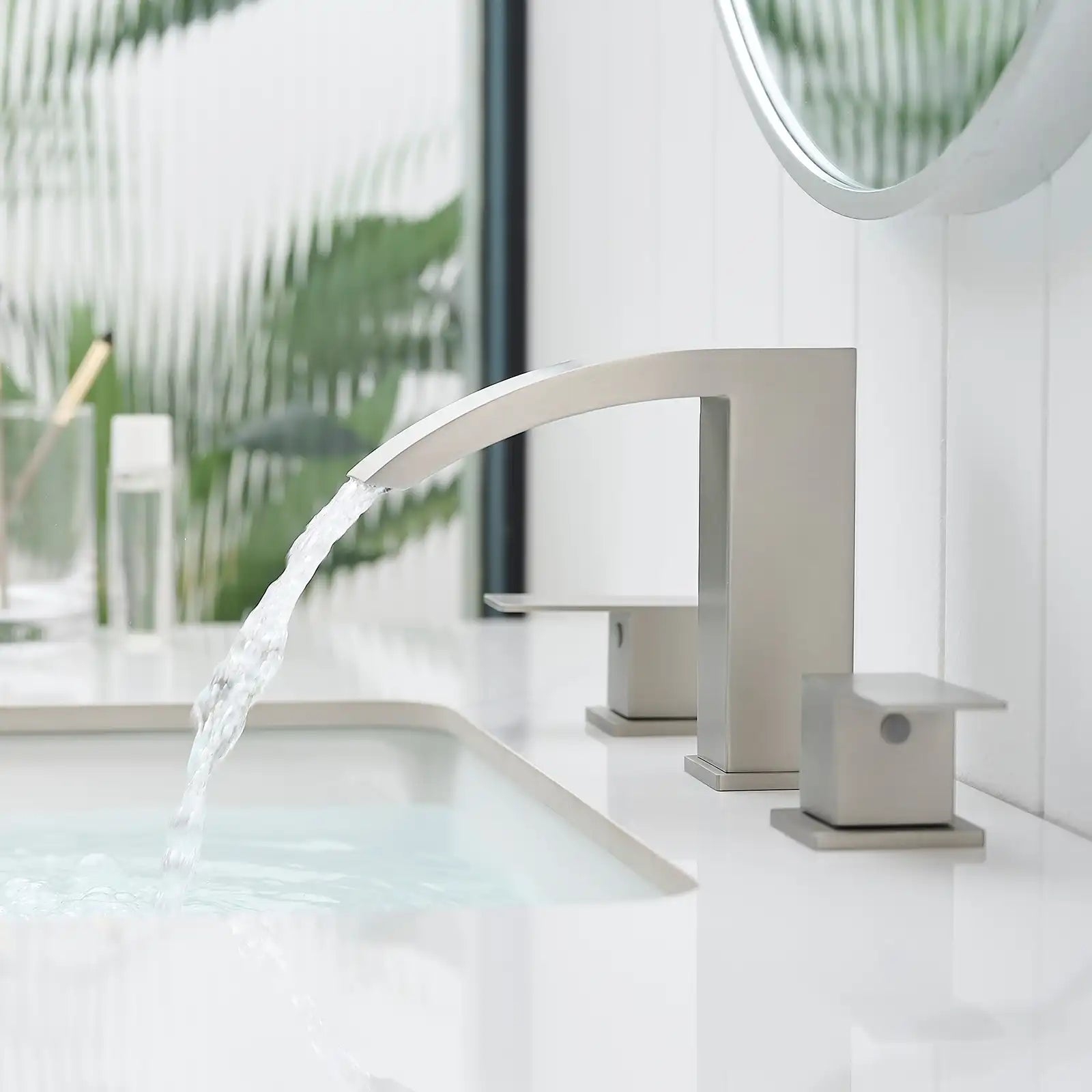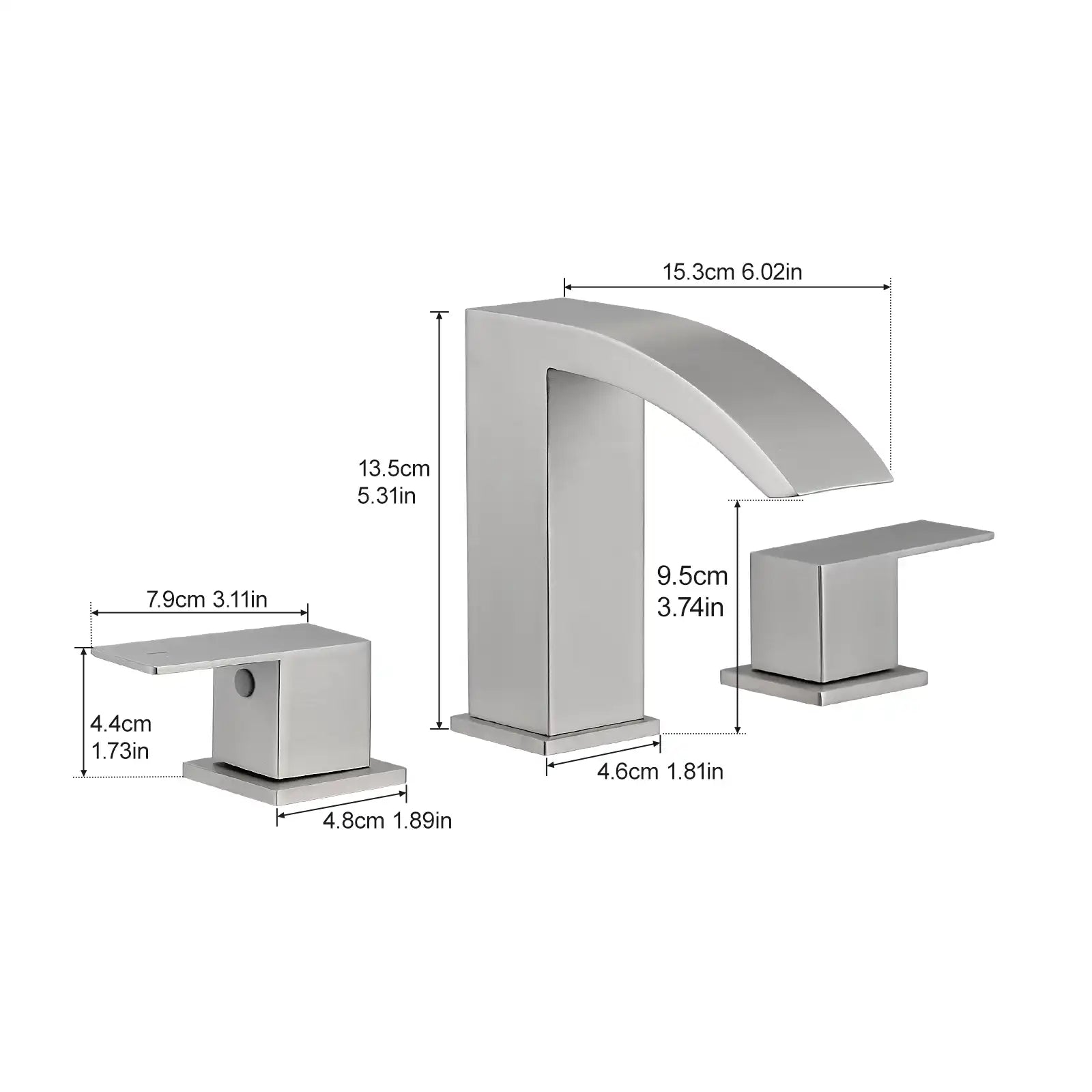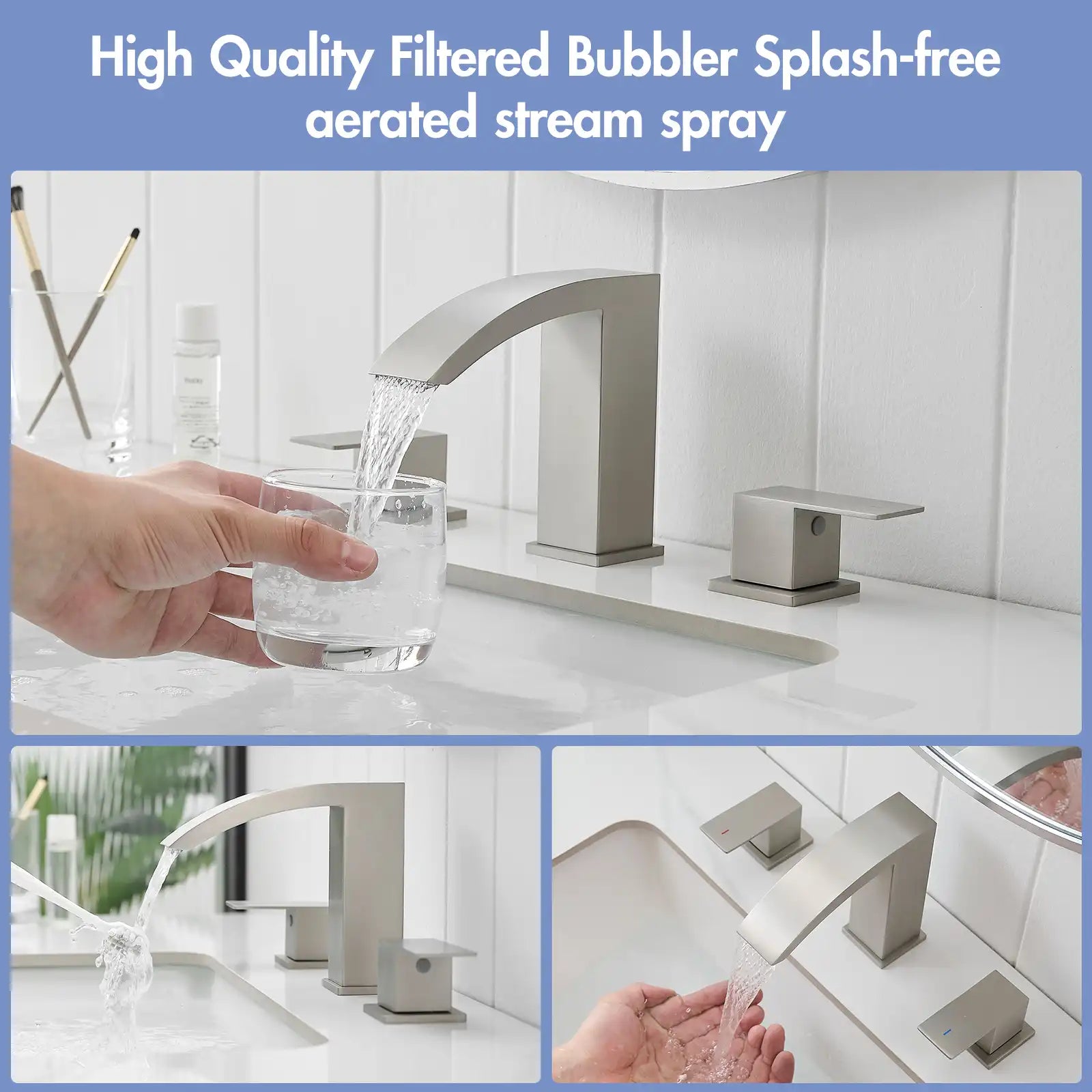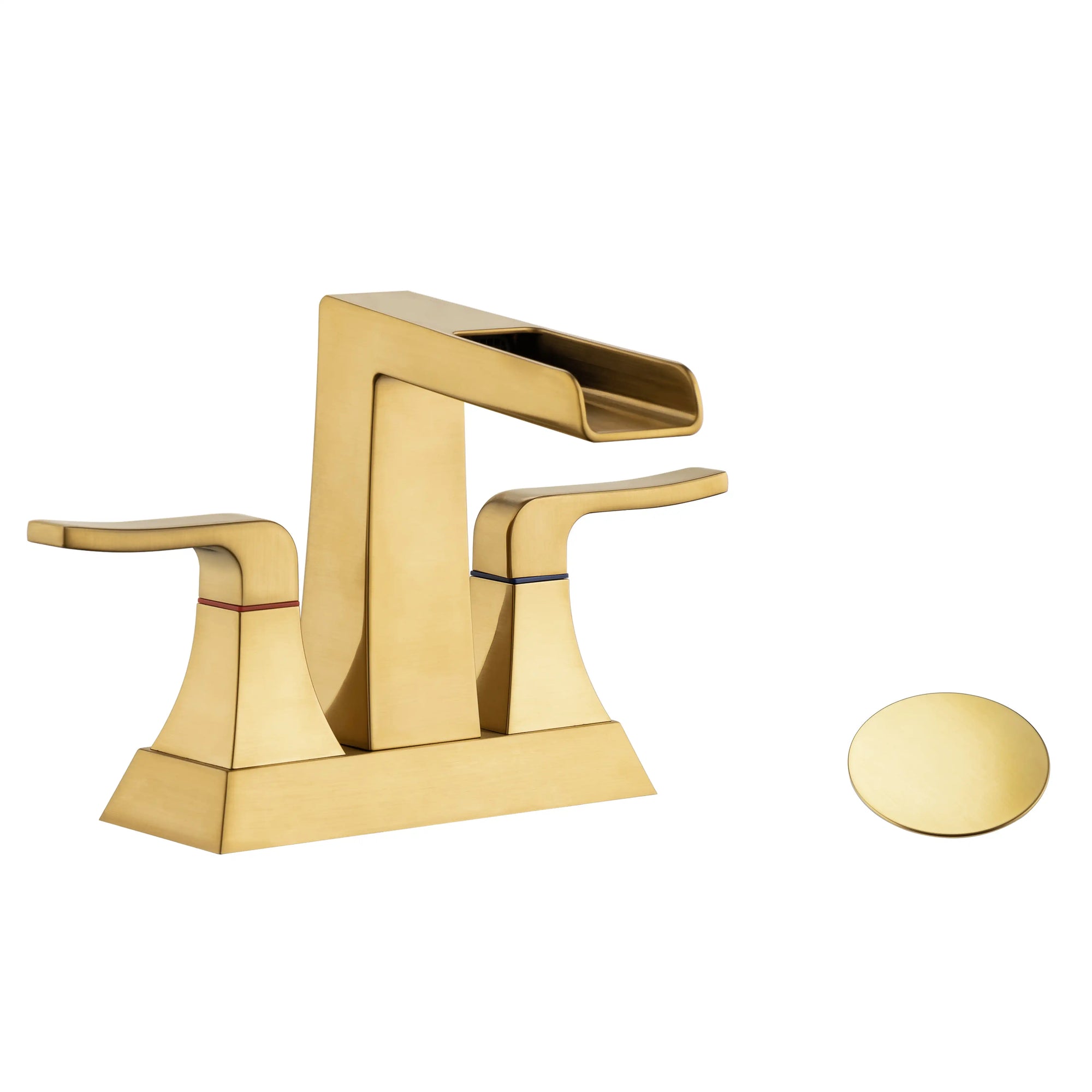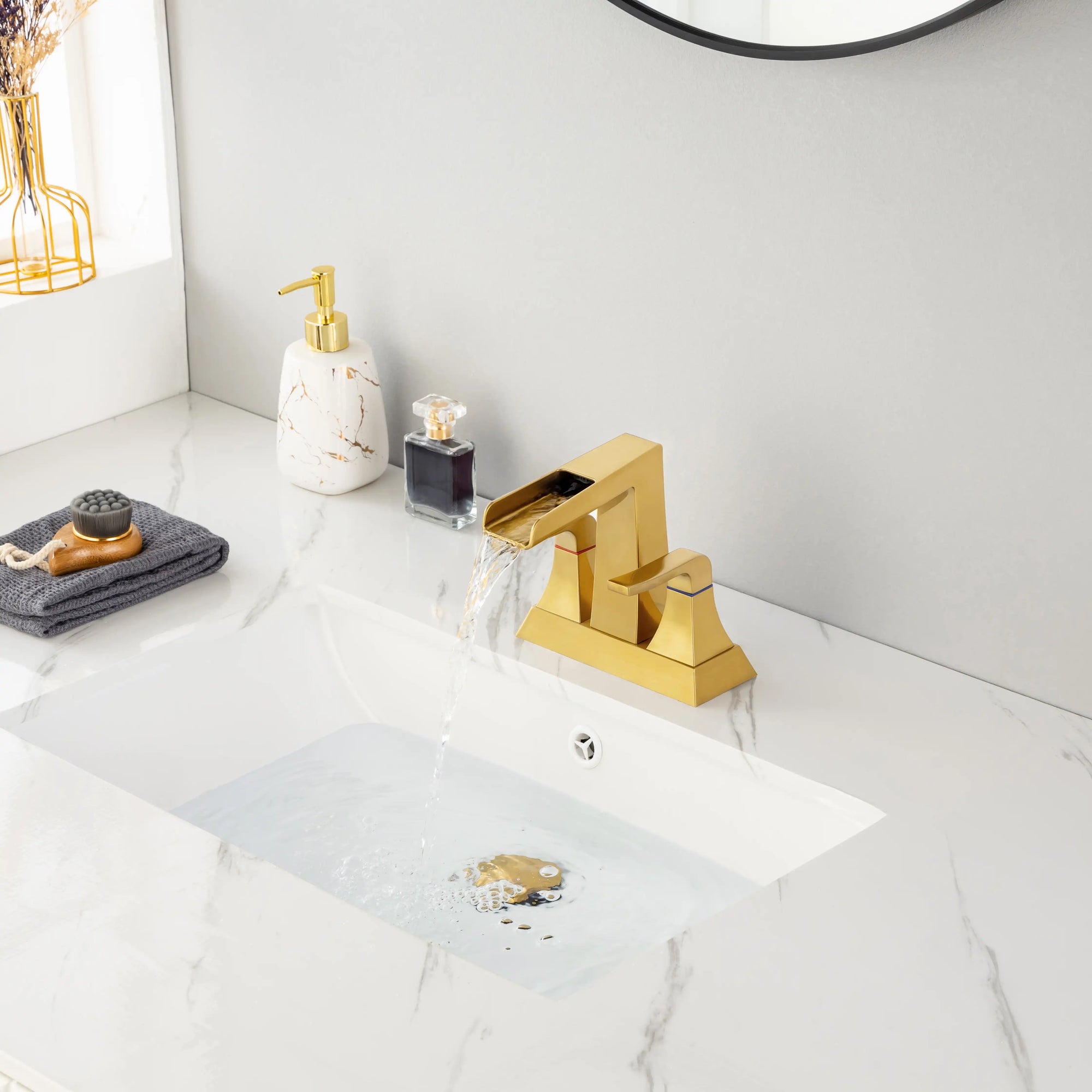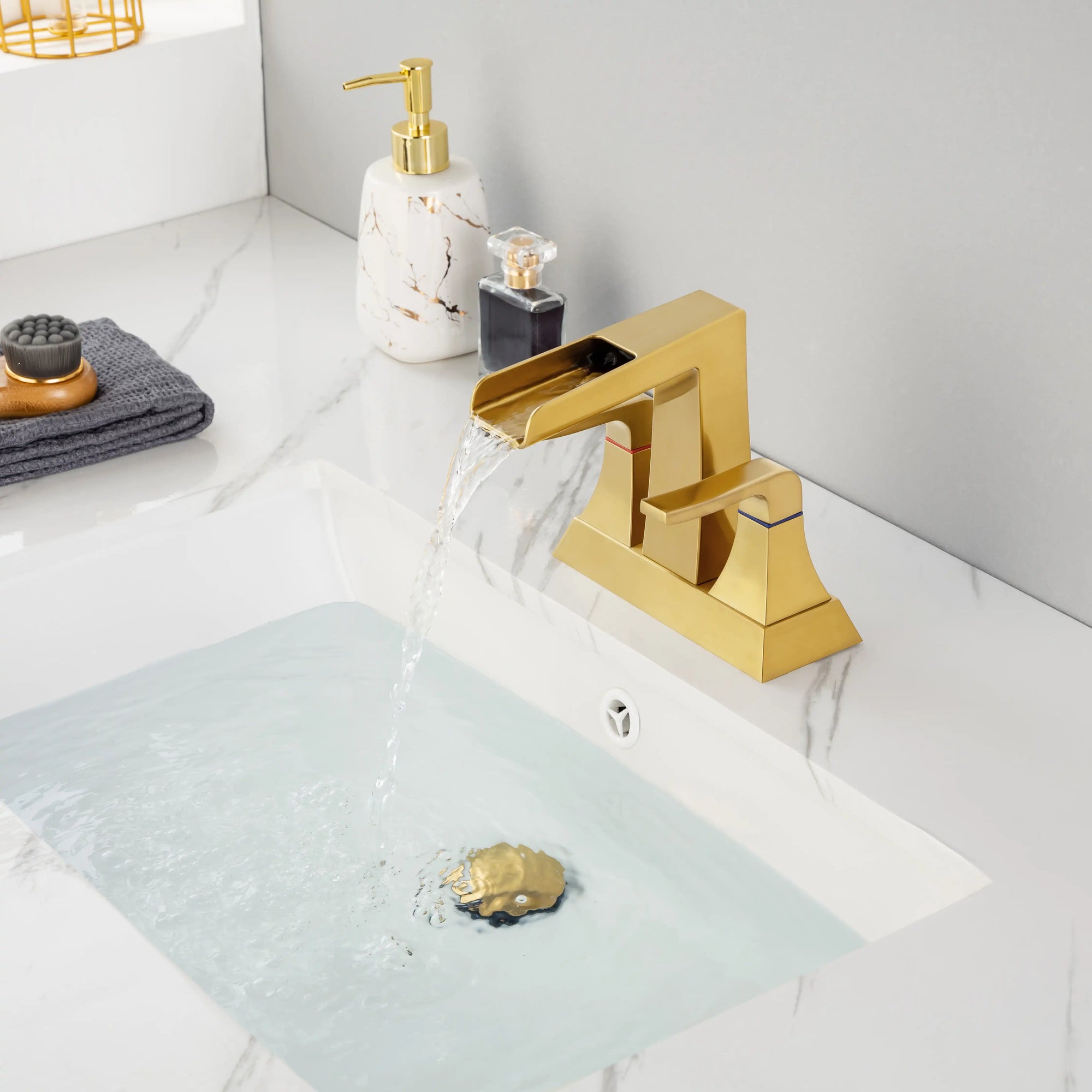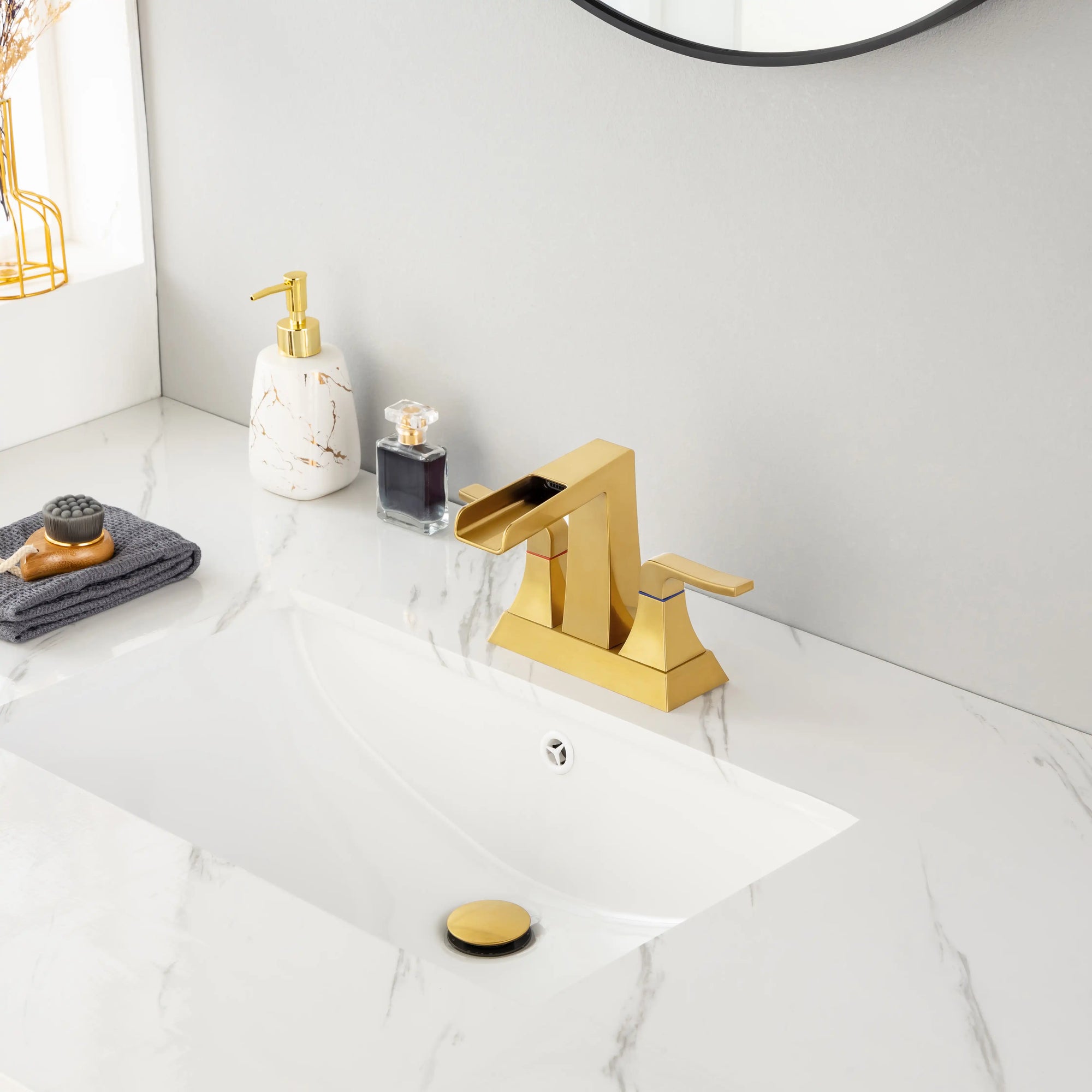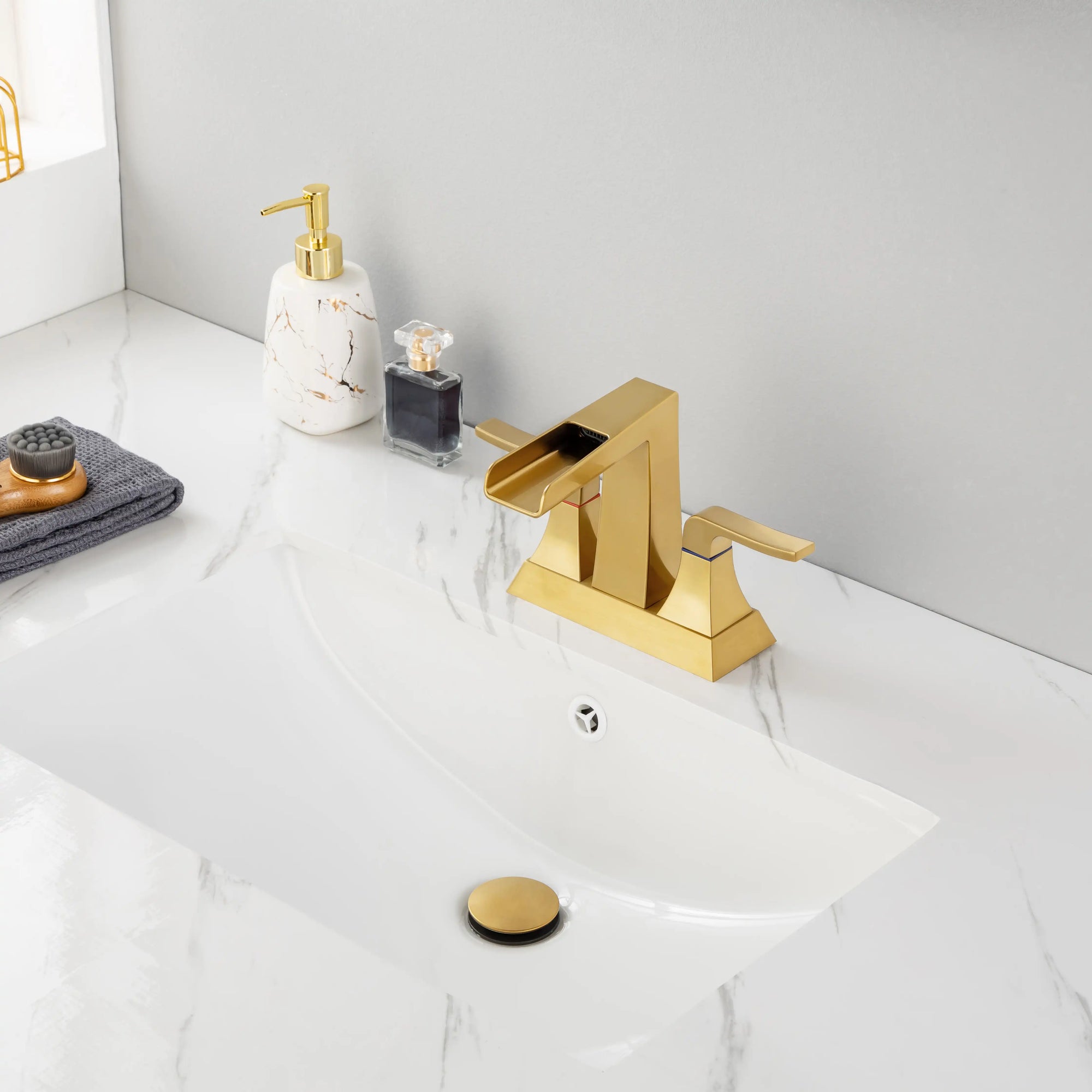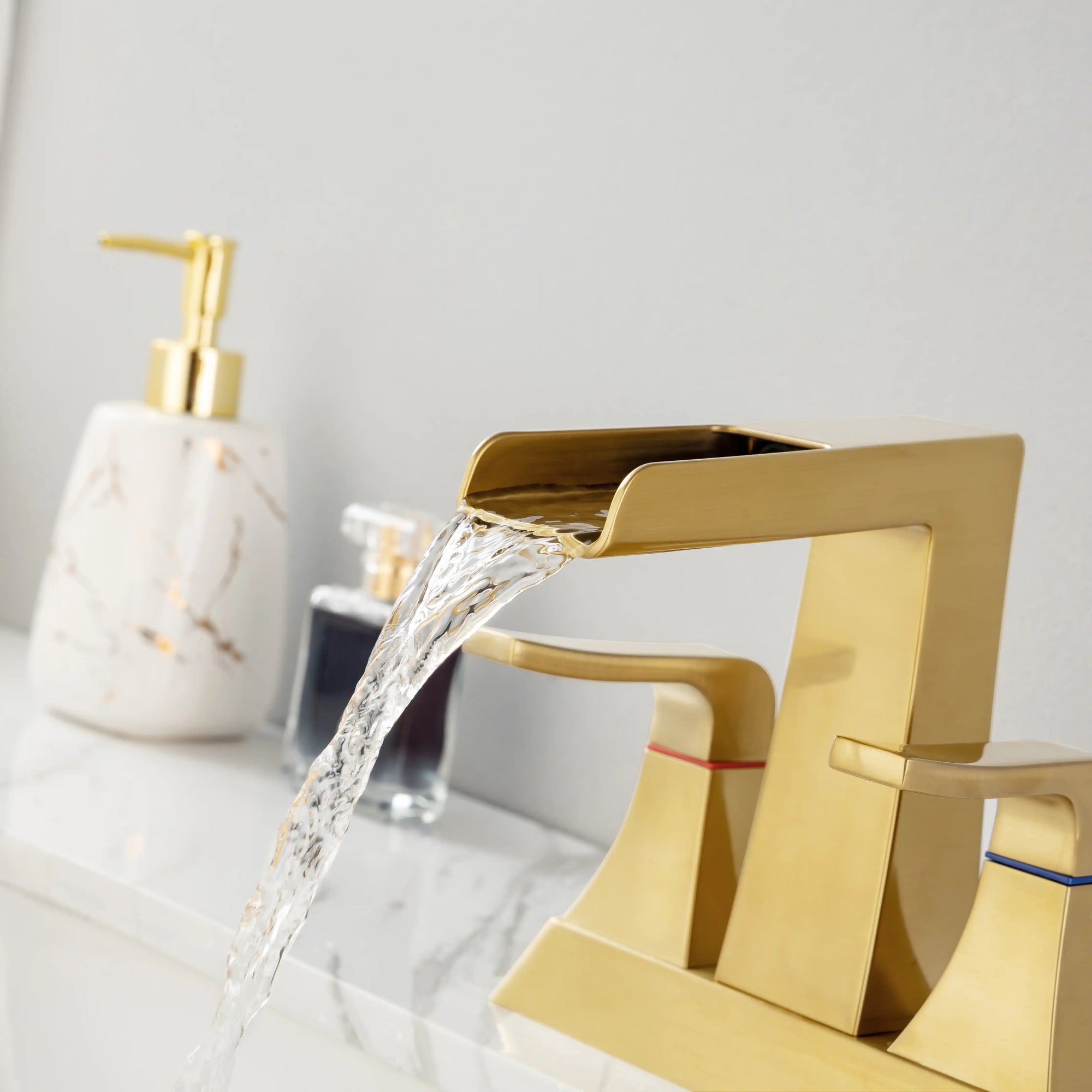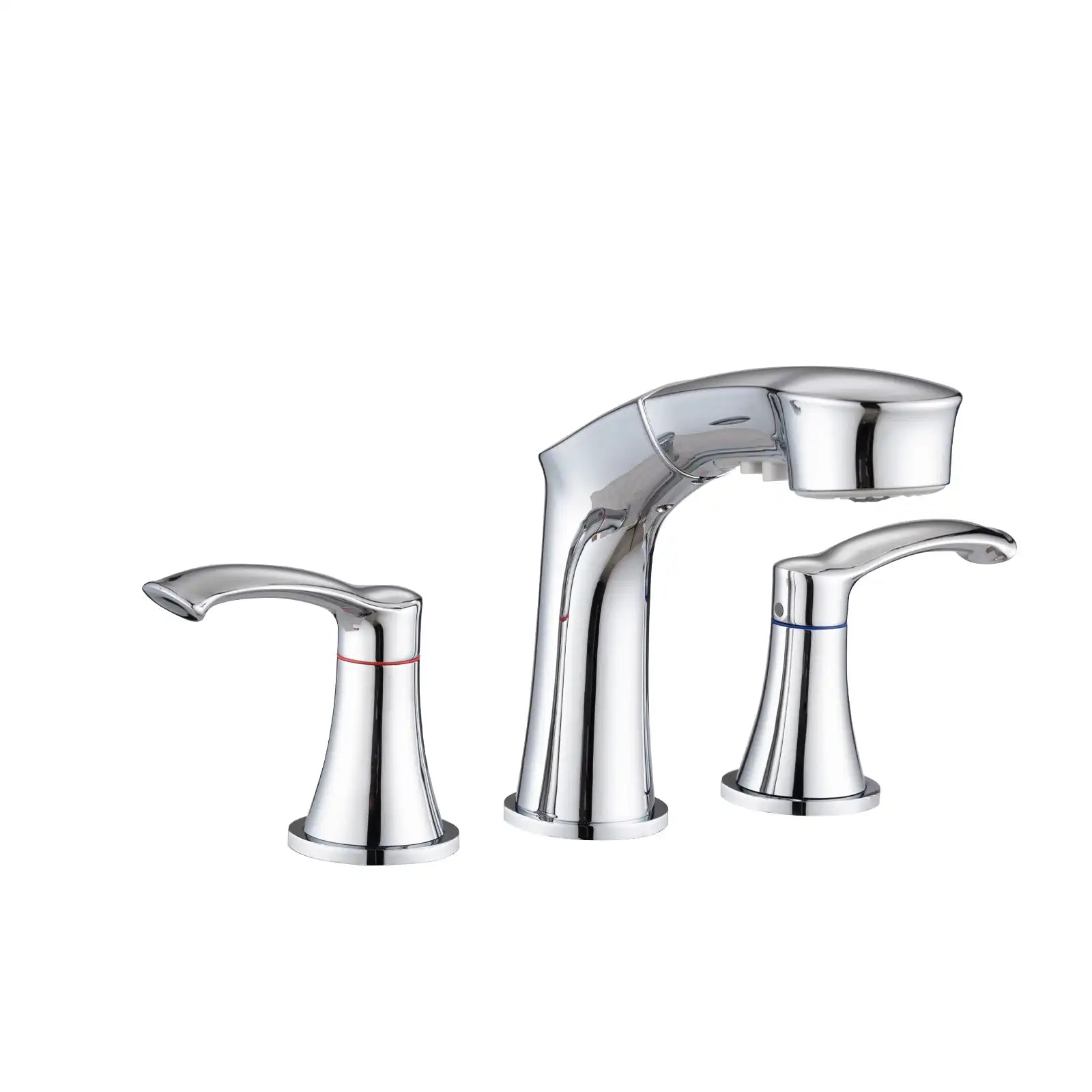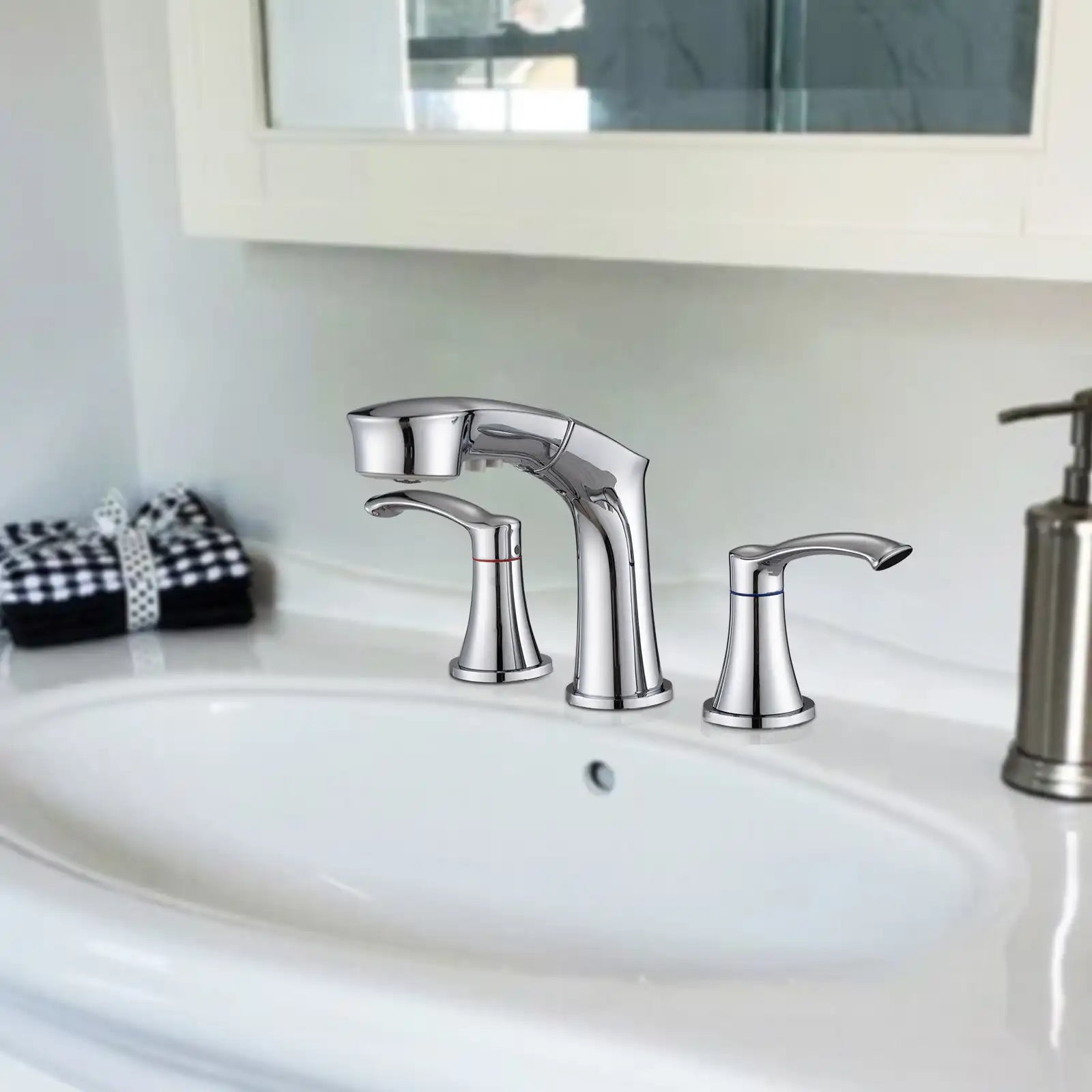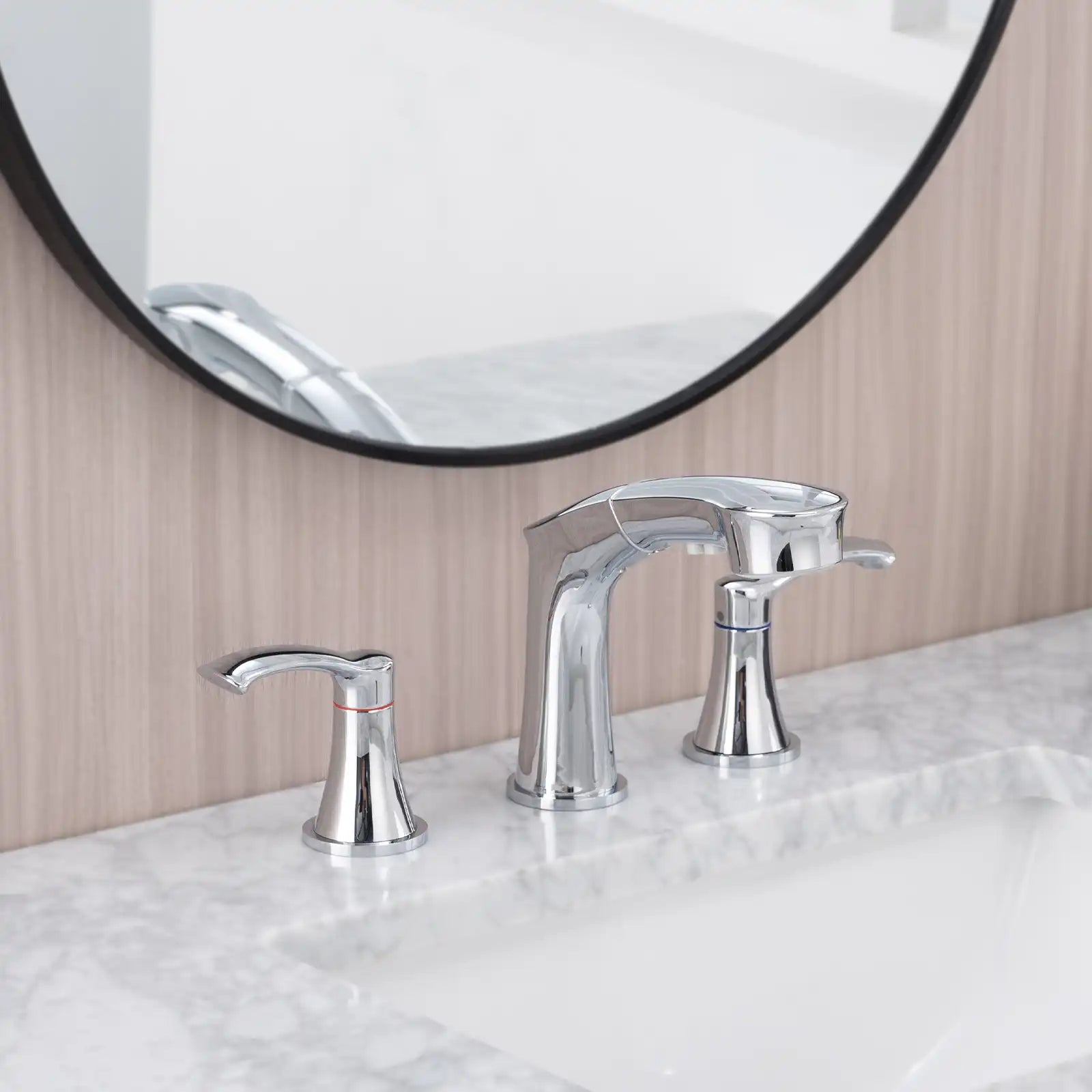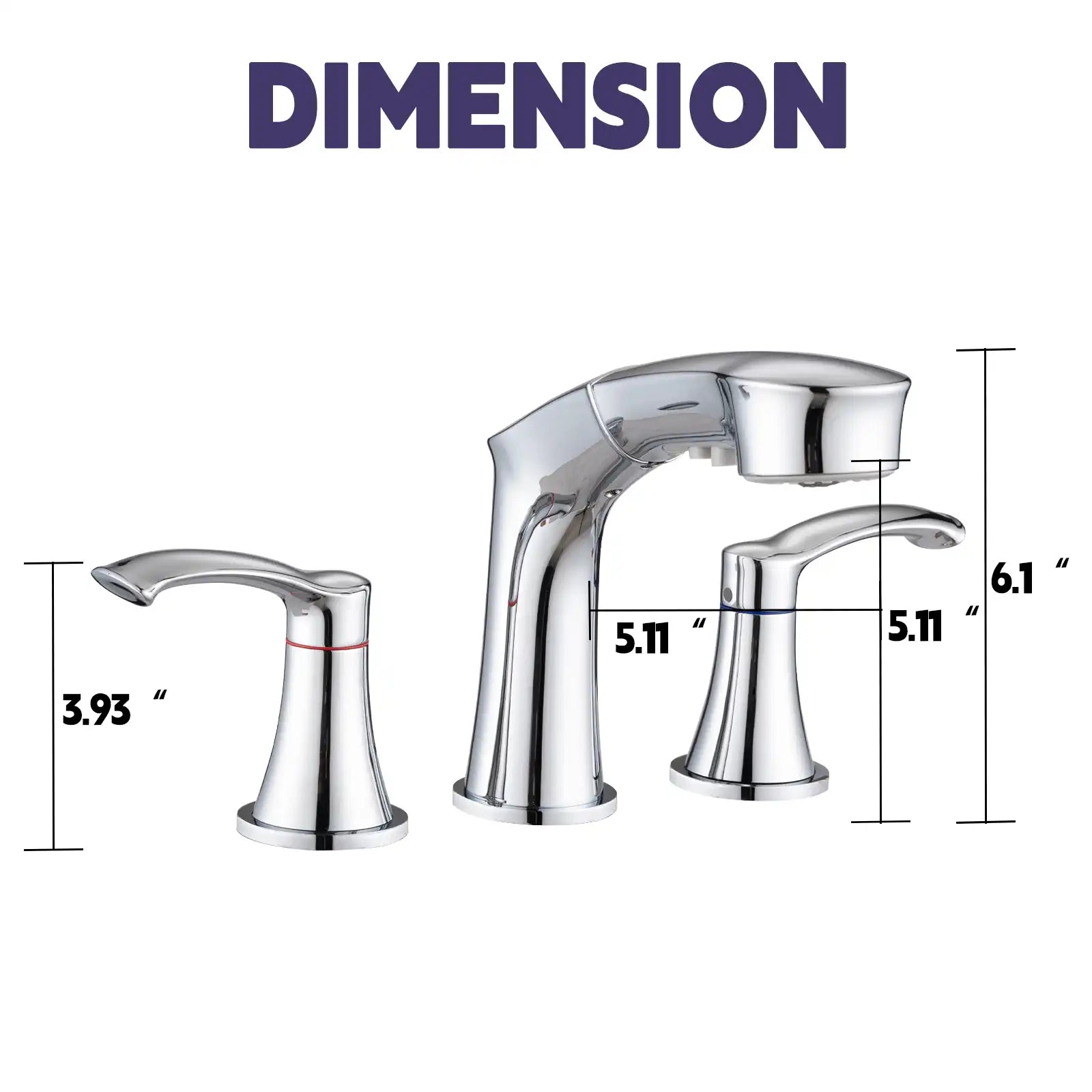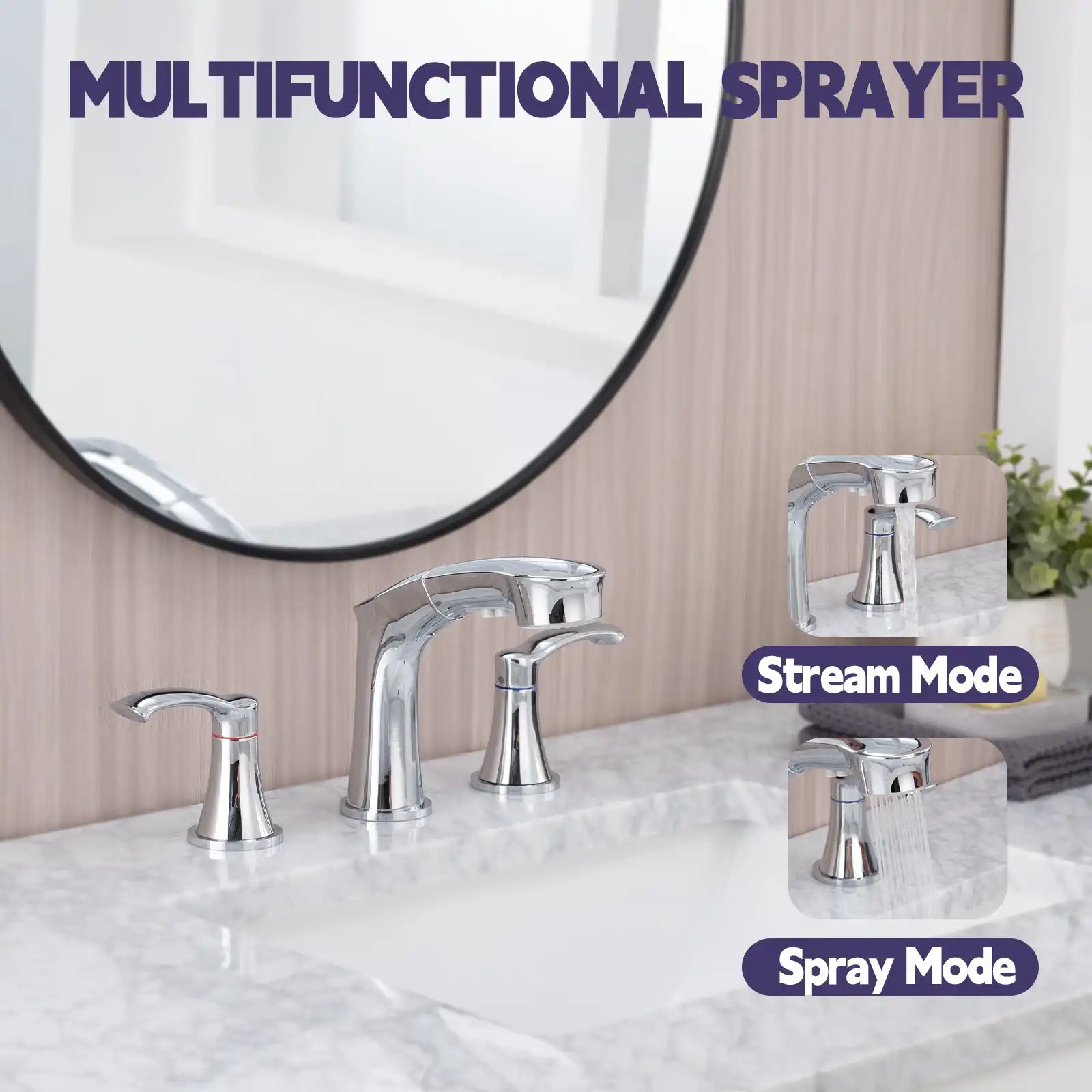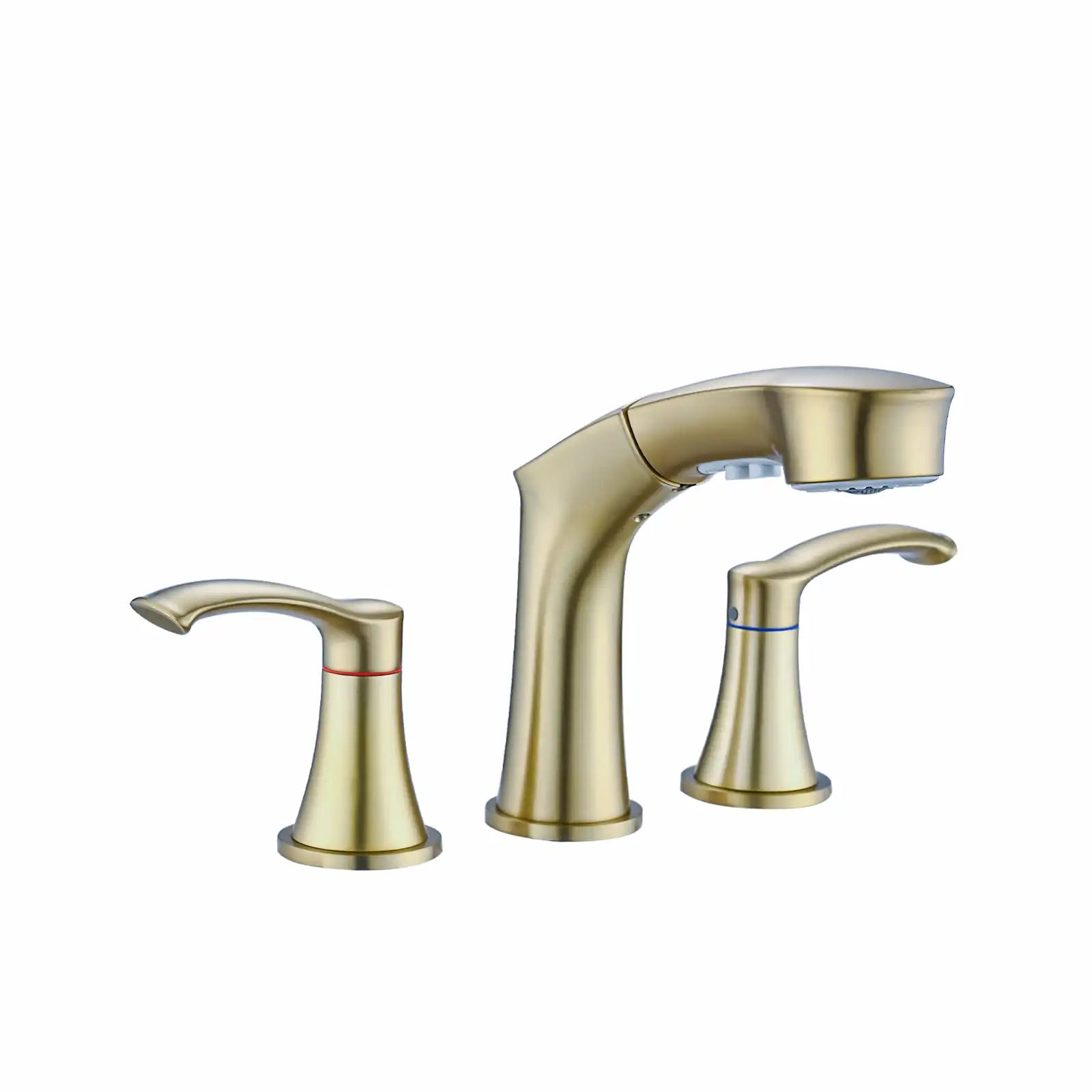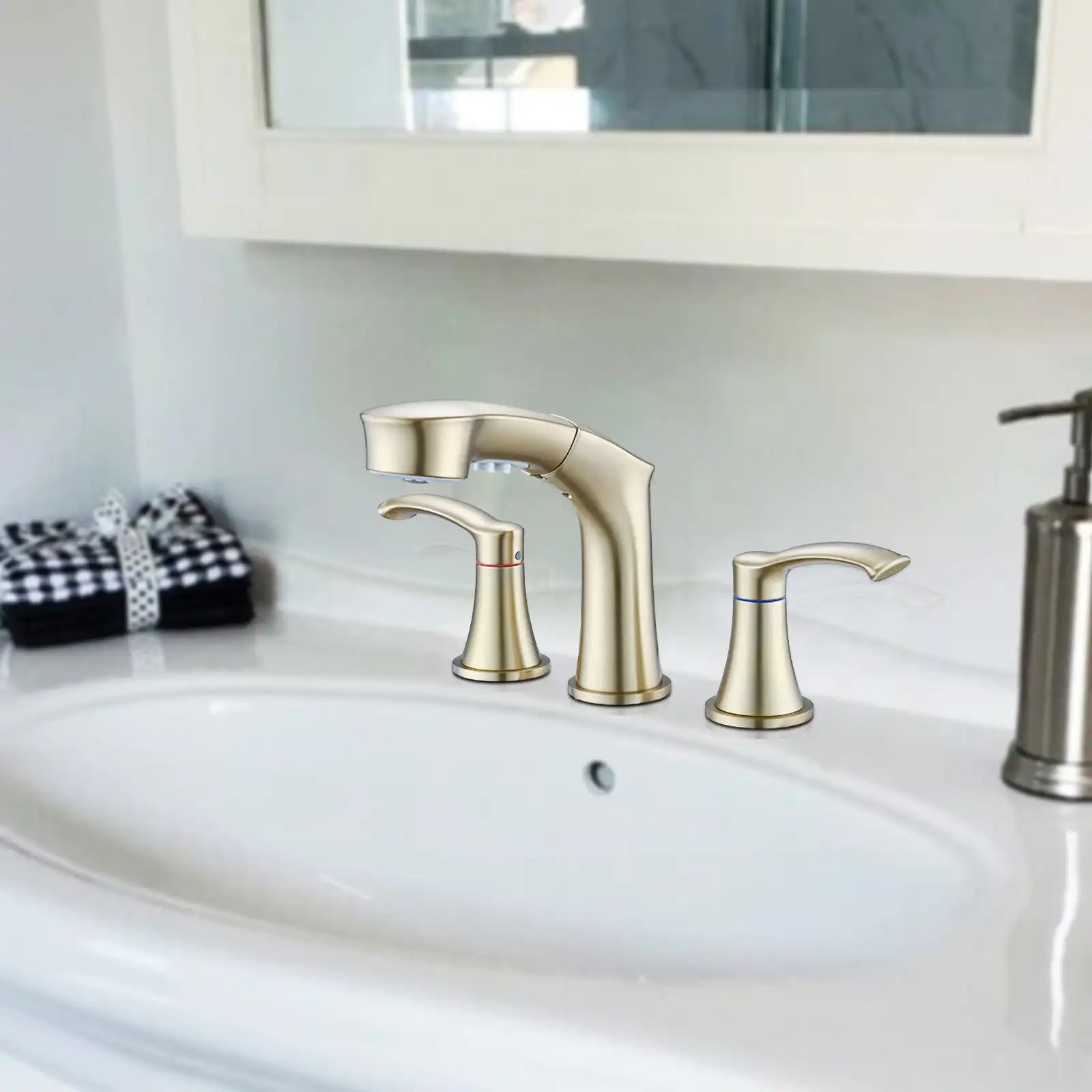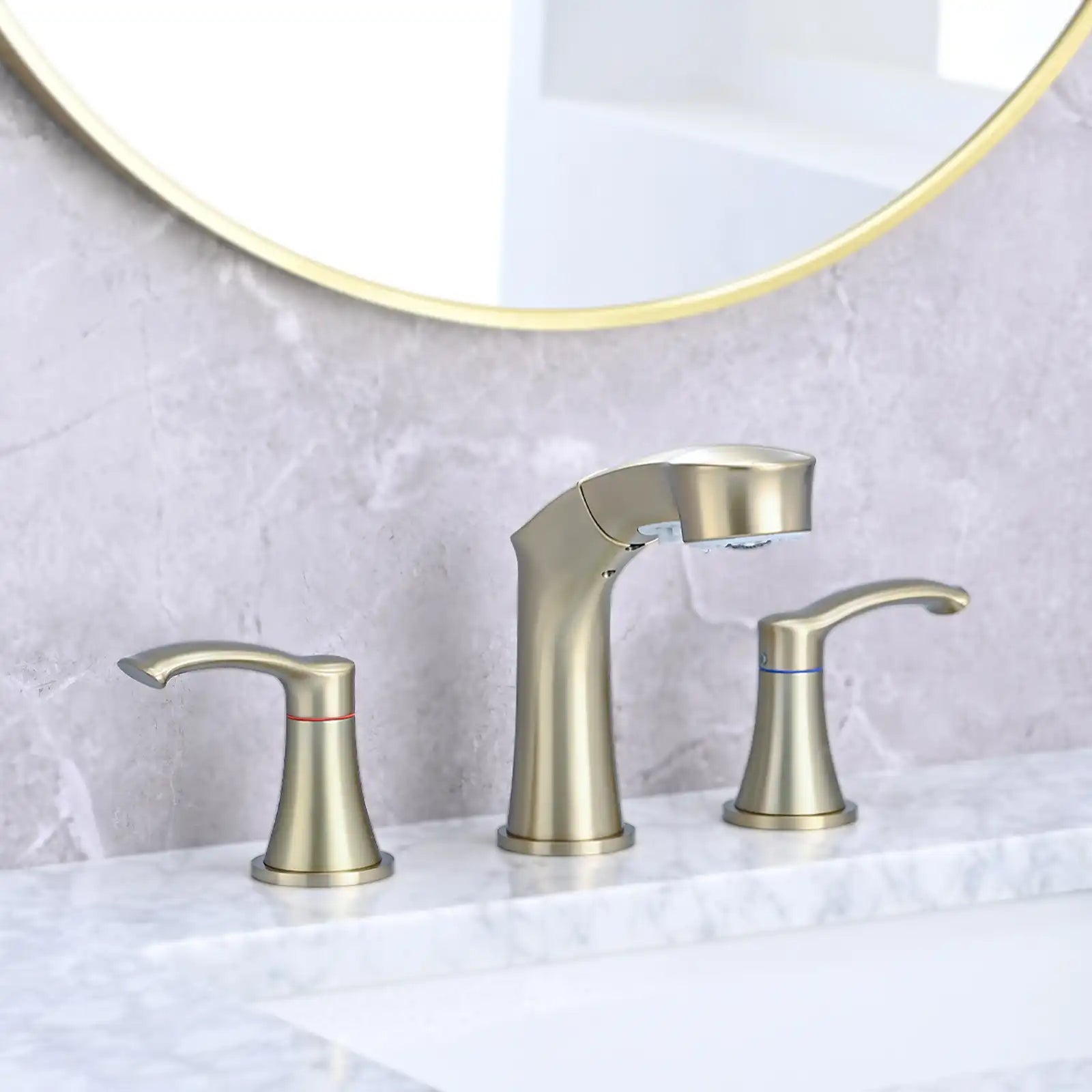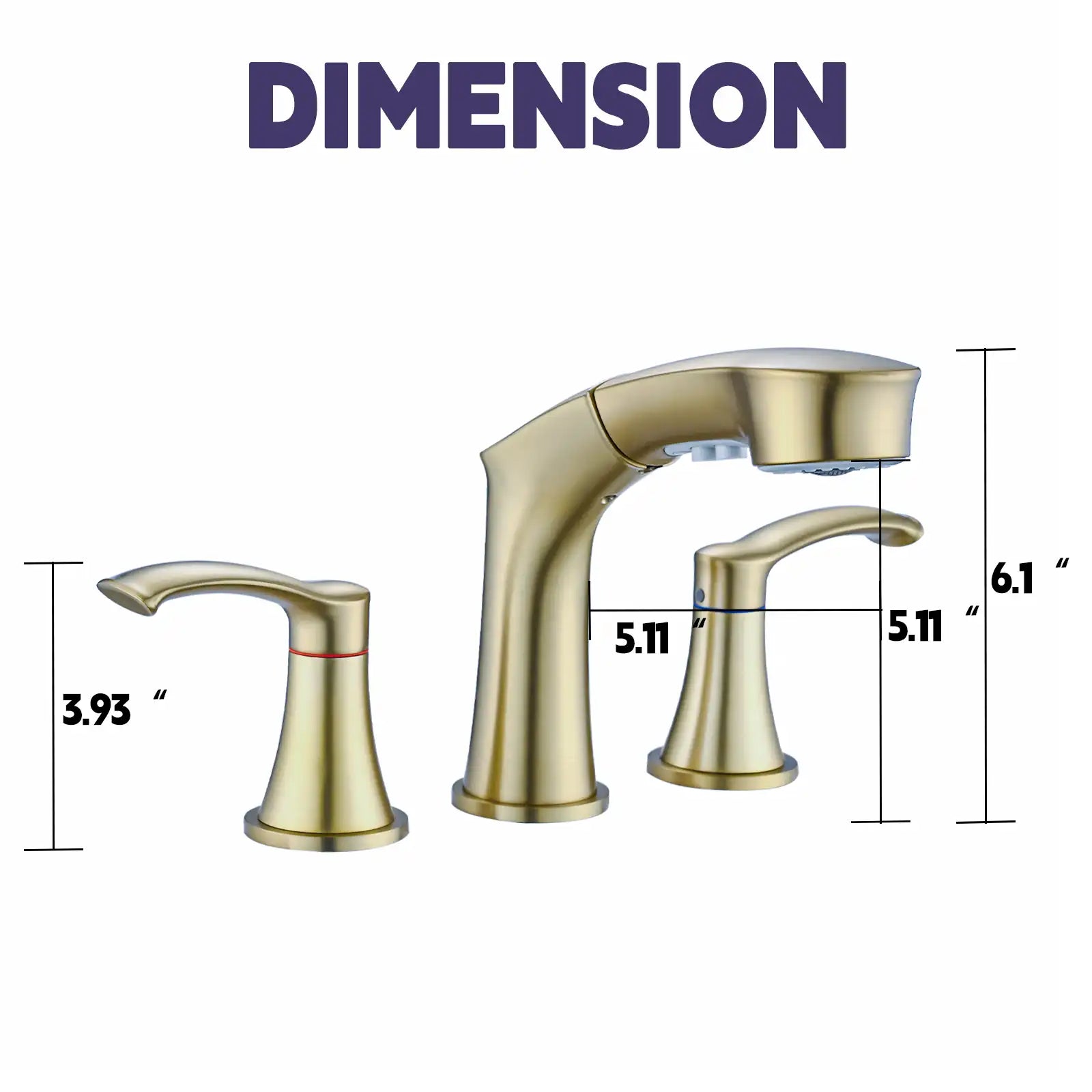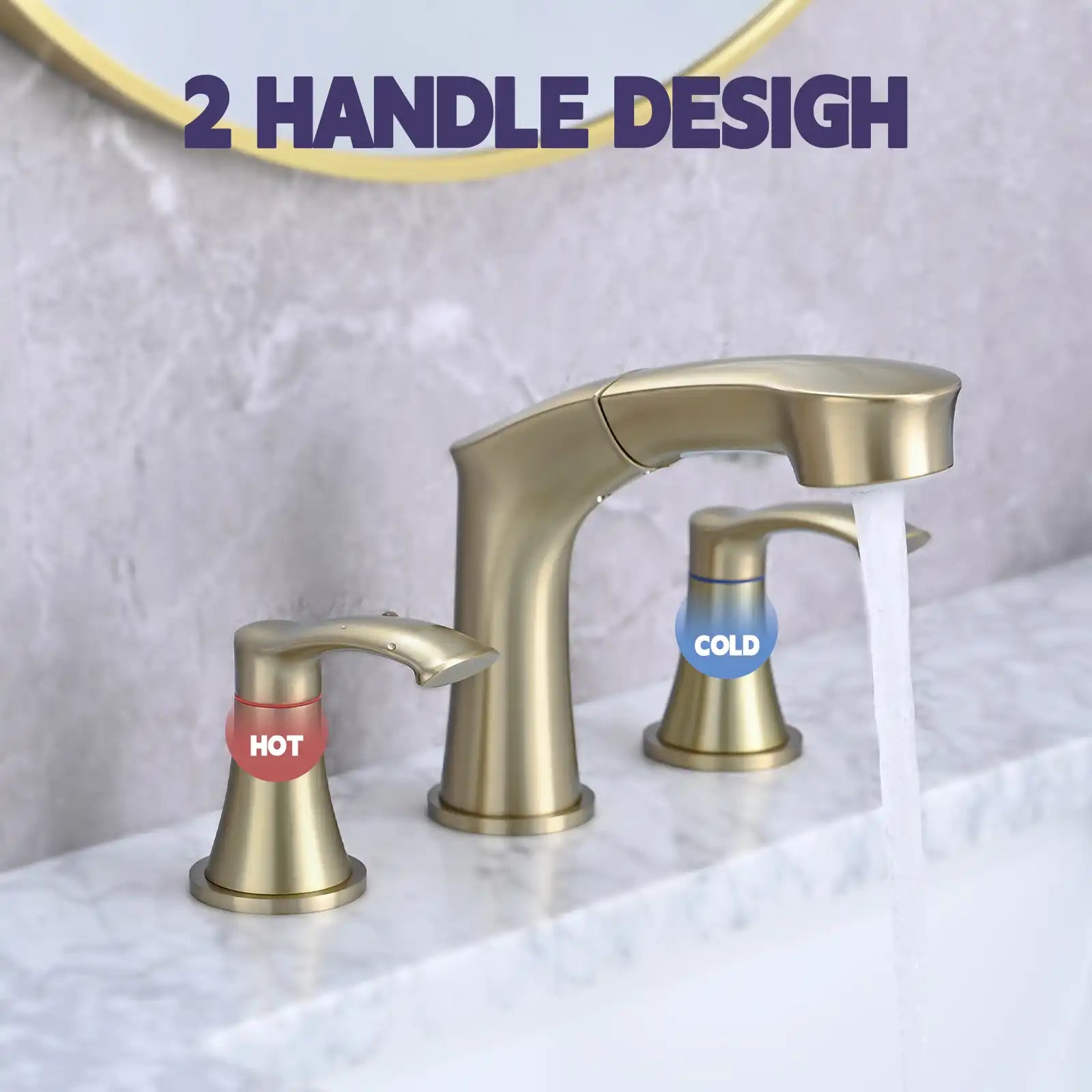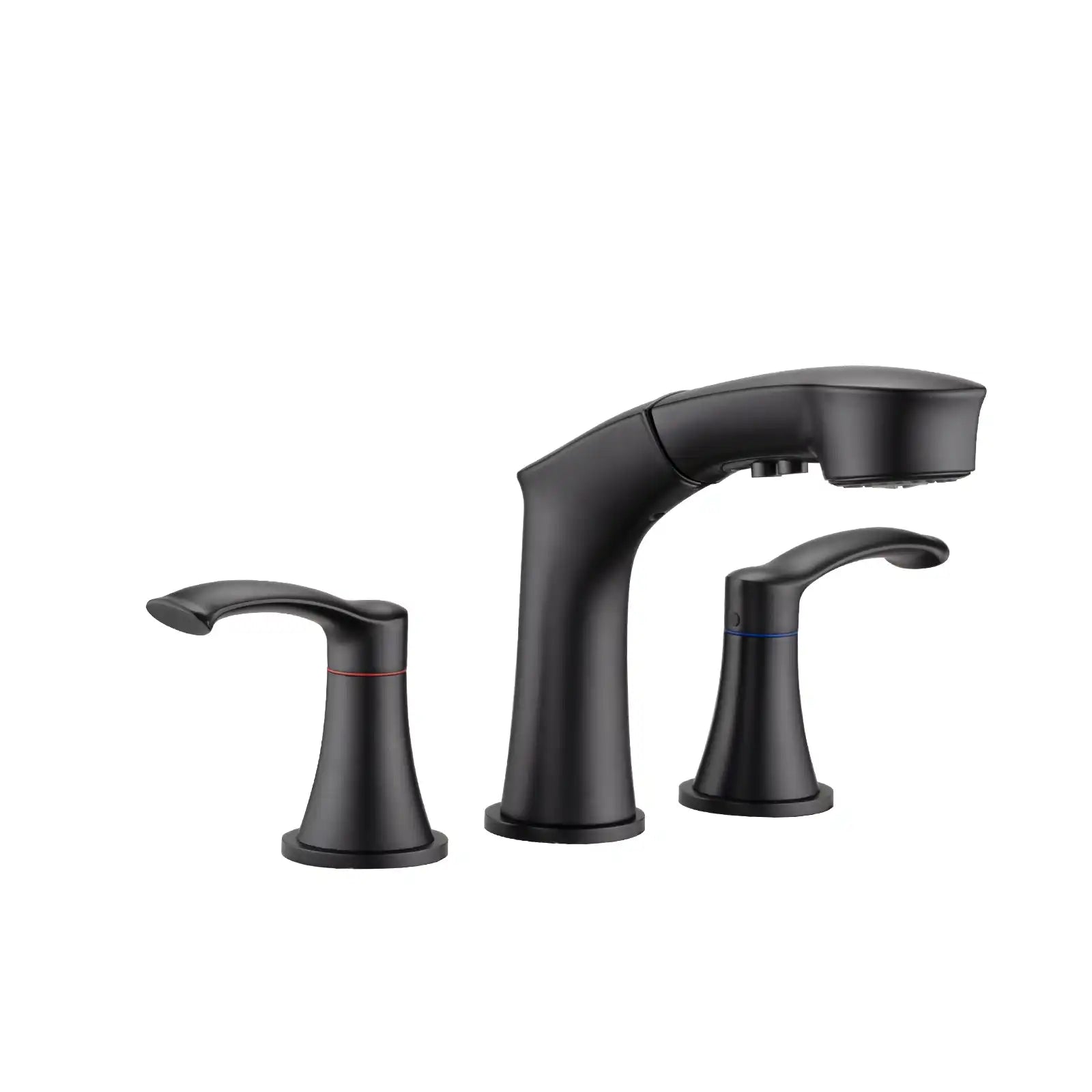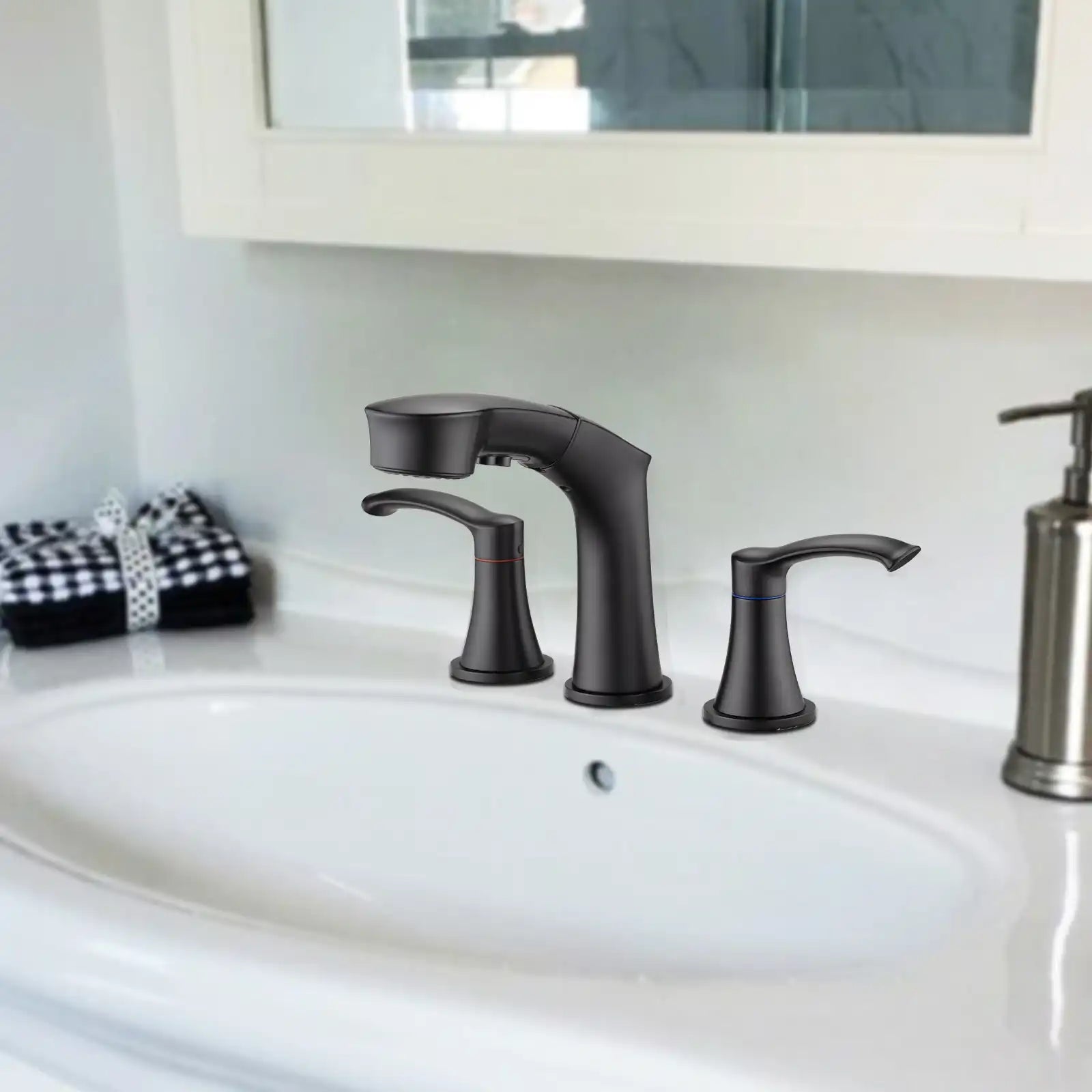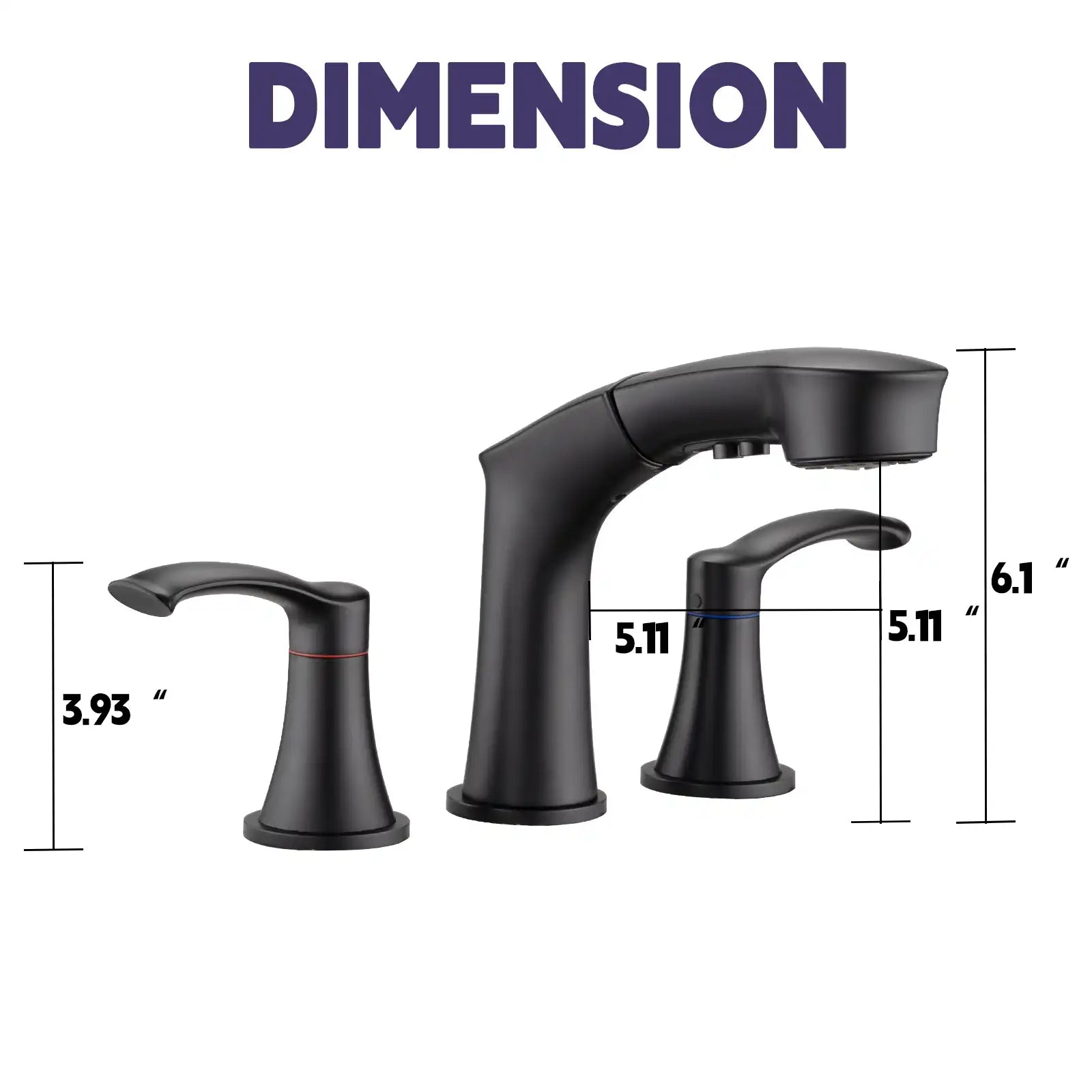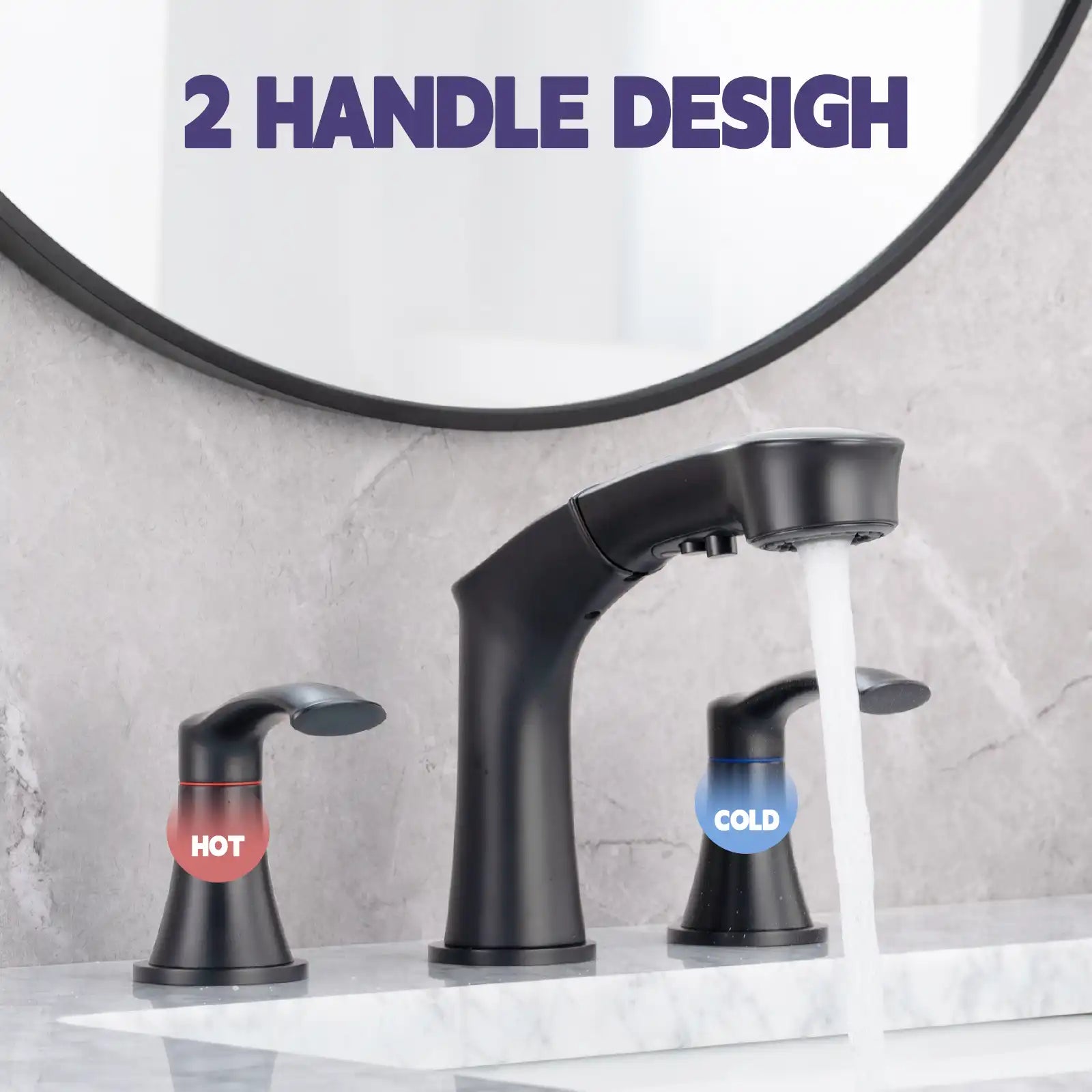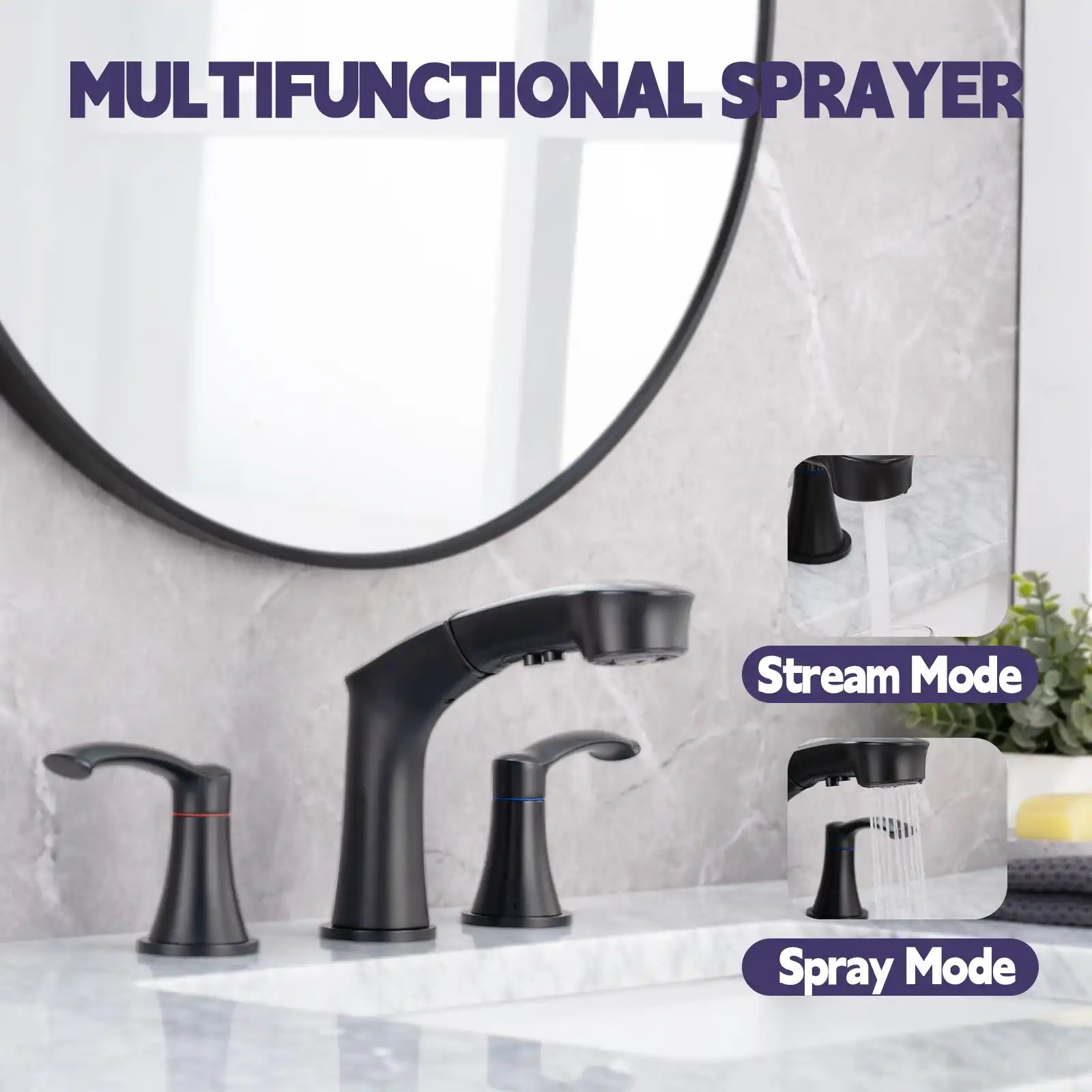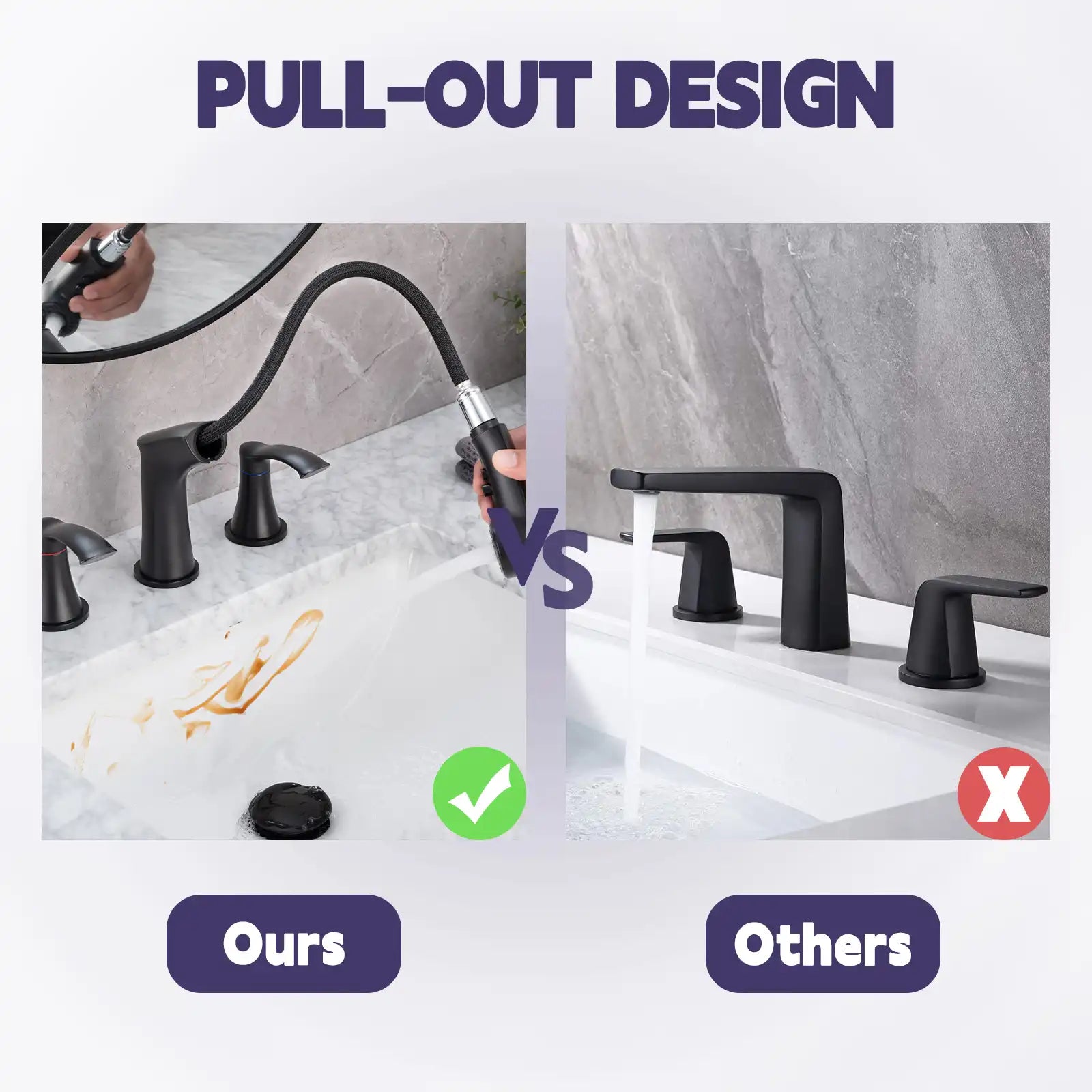Table of Contents
- 1. Truth One: Save Water and Cut Bills
- 2. Truth Two: Smoother and Quieter Water Flow
- 3. Truth Three: Easy Installation, No Plumbing Required
- 4. Truth Four: Why Most Bathtubs Lack Aerators
- 5. Truth Five: Choose the Right Bathtub Faucet Aerator
- 6. The Secret Behind Luxury Hotel Bathtubs
- 7. Aesthetic Compatibility with Any Bathtub
- 8. Conclusion
- 9. FAQ
- 10. Related Articles
Introduction
Have you ever had such an experience? I took a bath late at night, hoping to relax well. However, water gushed out of the bathtub like a waterfall, deafening and splashing everywhere. The bathroom felt as if it had just experienced a minor flood. While wiping the floor with a towel, you sighed, "Can't even have a 'quiet faucet' at home?"
In fact, you are not the only one troubled like this. Most families think that unstable water flow from the bathtub, loud noise and splashing are "normal phenomena". But the person who really knows about the bathroom system will tell you -- you are just missing a small device: bathtub faucet aerator.
This device, which is commonly found in kitchen faucets, is now also being used in bathtub faucets by an increasing number of high-end families. It's not for any other reason, but simply because of the changes it brings. It saves money, is practical and also enhances the overall quality of life. Now, let's start from the five "truths" you care about the most and tell you whether this small accessory is worth installing or not.
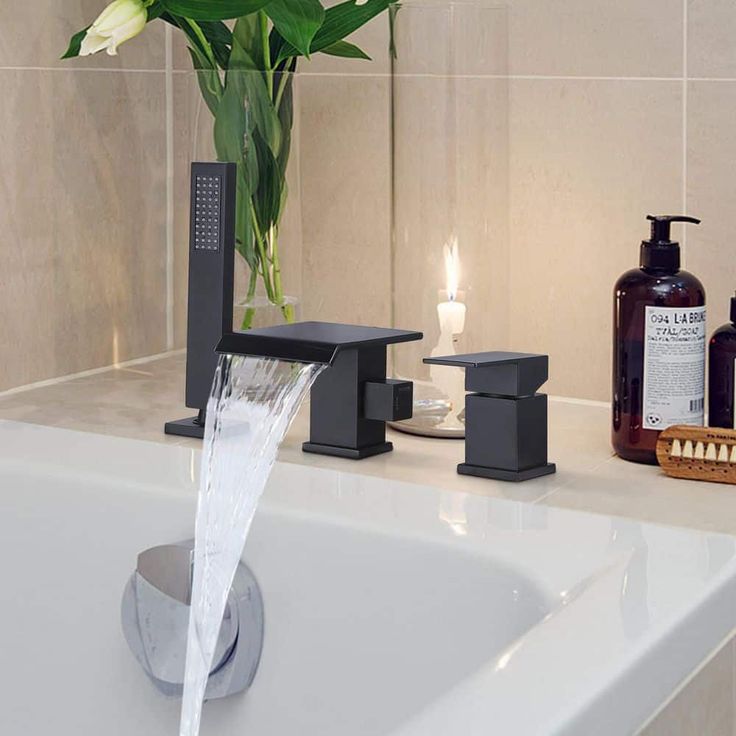
Truth One: Save Water and Cut Bills
The bathtub faucet aerator works by introducing air as it releases water, breaking it up and creating a soft, orderly column. This not only enhances the comfort of the effluent, but more importantly, it can significantly reduce water waste.
According to statistics from the EPA (Environmental Protection Agency of the United States), a household can save more than 700 gallons of water each year just by installing aerator. This is equivalent to saving nearly a hundred dollars in water bills, especially during the peak water usage period in summer.
For American families with a large population or frequent use of bathtubs, such small-scale renovations can unconsciously reduce a considerable amount of energy burden, which is a typical case of "low cost and high return".
Truth Two: Smoother and Quieter Water Flow
In addition to water conservation, the big surprise of installing bathtub faucet aerator actually comes from - silence and smoothness.
The water flow method of ordinary faucets is usually "direct jet", which not only makes them prone to splashing but also makes a shrill noise. After using aerator, the water flow was reshaping, changing from "falling water" to "slowly descending curtain", with a gentle sound and a more orderly visual effect.
Especially when taking a bath late at night, when there are elderly people or infants at home, or when you are the kind of person who is particularly sensitive to details, the experience brought by this change is huge.
In a 2023 House Beautiful survey, 42 percent of respondents said that after installing the bathtub faucet aerator, the most immediate feeling was "much quieter water," followed by water conservation.
Truth Three: Easy Installation, No Plumbing Required
Many people are worried, "I don't understand water pipes. Can I install them?" In fact, this is one of the strong points of the bathtub faucet aerator - easy to install, quick to install, and no damage to the original structure.
Most bathtub faucets have standard thread outlets (such as M22 or M28). You just need to manually unscrew the original faucet and screw in the aerator to complete the process. No tools are needed, no electric drills are required, and there is no need to turn off the water source. The entire process takes no more than three minutes.
It is also very friendly to rental users. There is no trace of disassembly and assembly, and it can be taken away when moving. Even better, many of the top-of-the-line bathtub faucet Aerators come with a variety of adapter sizes that fit more than 90 percent of American household bathtub faucets.

Truth Four: Why Most Bathtubs Lack Aerators
Although foaming devices are commonly seen in kitchens and washbasins, many of the water outlets of bathtub faucets are still in a "bare flow" state.
How to determine if it has been installed in your home? Observe several points:
- Is the sound of the water coming out noisy?
- Is it prone to splashing?
- Is the water injection speed too fast but scattered?
If the answer is yes, you probably lack the "water flow regulating core" - bathtub faucet aerator. After installation, the water column is concentrated without splashing, and water is less likely to accumulate at the corners of the tiles. The cleaning work also becomes much easier.
Especially nowadays, many families pursue minimalist, Nordic style or borderless design bathroom Spaces. A neat and tidy water outlet effect can greatly enhance the overall space texture.
Truth Five: Choose the Right Bathtub Faucet Aerator
There are many brands of bathtub faucet aerator on the market, with prices ranging from a few to several dozen dollars. Where is the difference? -- Material, function, lifespan and water quality compatibility.
Most cheap products are made of plastic and are prone to leakage due to scale blockage, thus having a short lifespan. High-quality products typically feature stainless steel or brass bodies, equipped with silicone anti-clogging nets, detachable and washable structures, and anti-hard water technology, making them suitable for use in hard water areas such as Florida, Texas, and Arizona.
In addition, it is recommended to give priority to models that have obtained NSF or WaterSense certification. This not only indicates that the product has strong water-saving capabilities but also features lead-free, safe and environmentally friendly characteristics.
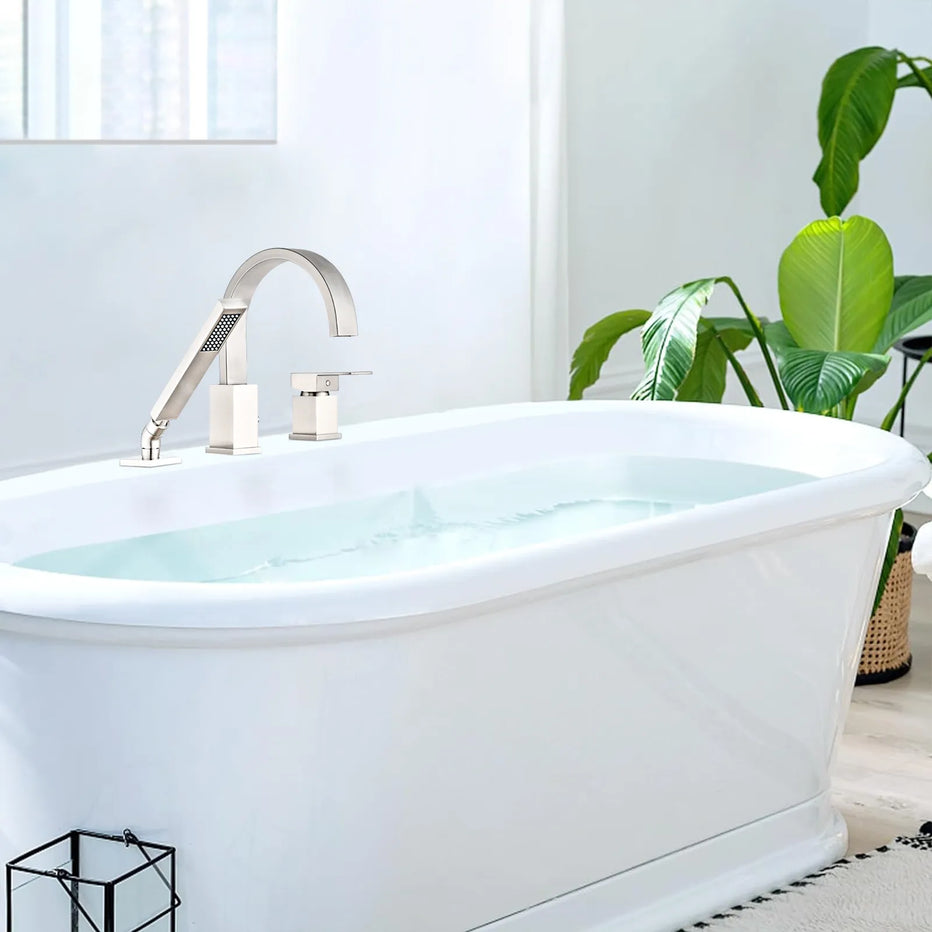
The Secret Behind Luxury Hotel Bathtubs
If you have ever paid attention to the bathtubs in high-end hotels and vacation villas, you will find that their water flow is always smooth, quiet and concentrated. In fact, they don 't use' expensive faucet ', but they 're equipped with high-quality bathtub faucet aerator.
This can not only reduce noise and enhance the check-in experience, but also extend the lifespan of bathroom facilities and lower the frequency of cleaning. High-end experiences are often hidden in the invisible details.
Aesthetic Compatibility with Any Bathtub
Many people are worried that installing bathtub faucet aerator will affect the appearance of bathtubs. In fact, nowadays, designs increasingly adopt hidden and seamless integrated structures, which are suitable for the following common styles:
Modern minimalist bathtub: Concealed installation, does not affect the neatness of the edges;
- Retro copper faucet: You can choose an aged brass aerator.
- Black matte style: Choose the black-coated anti-fingerprint model;
- Intelligent control faucet: Select high-flow and sensor-compatible models.
- Just pick the right one and you can make bathtub faucet aerator a plus for your bathtub.
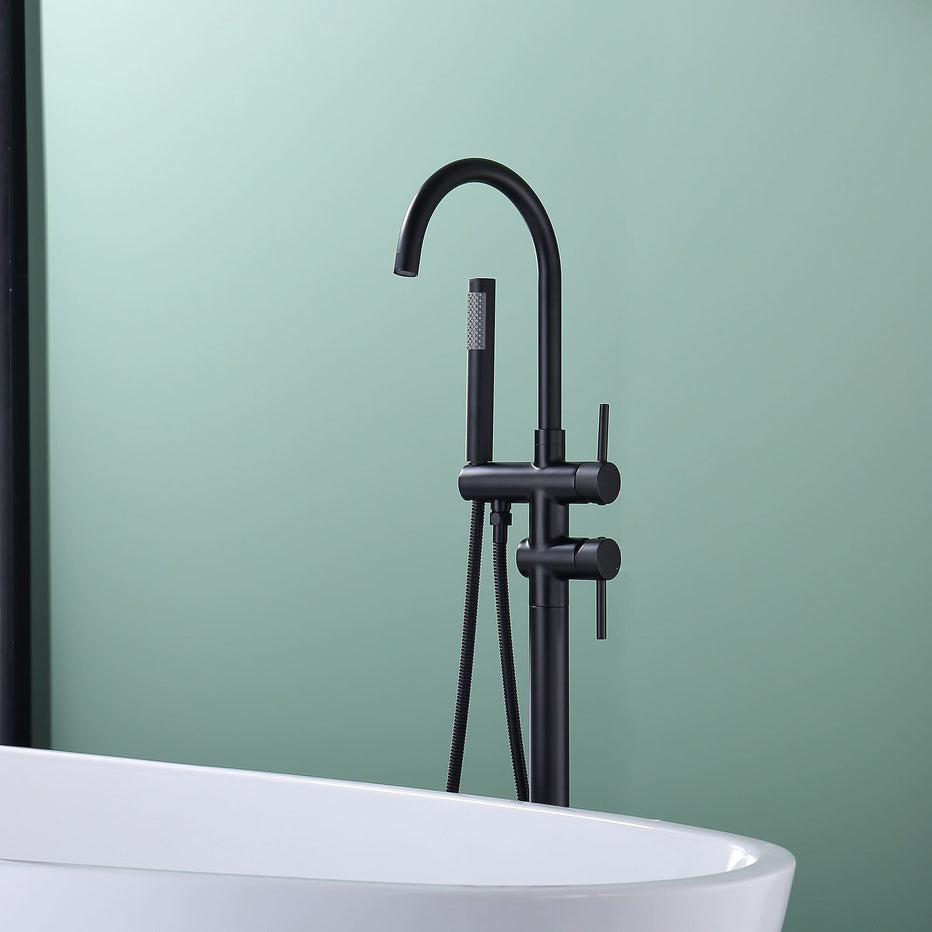
Conclusion
A truly comfortable life doesn’t depend on major renovations, but on small upgrades that improve daily experience.
A bathtub faucet aerator may be small, but it can make your bath quieter, reduce splashing, and use water more efficiently—bringing a subtle but meaningful improvement to your routine.
When choosing an aerator, look for models that are:
- Easy to install without tools
- Resistant to hard water and corrosion
- Certified by NSF or WaterSense
- Compatible with standard faucet sizes (like M22/M28)
Sometimes, the smallest changes deliver the biggest comfort.
FAQ
Q1: How can I tell which bathtub faucet aerator fits my faucet?
Measure the diameter of the water outlet (usually M22 or M28) and check if it has threads. Some products come with universal connectors, ensuring worry-free compatibility.
Q2: Can it be paired with a constant-temperature faucet or an intelligent water control system?
Just make sure to select a model with a GPM of ≥2.0, which will not affect the intelligent sensing system.
Q3: How often should it be cleaned or replaced?
It is recommended to clean with a soft-bristled toothbrush every 3 to 6 months. In areas with hard water, it is best to replace it once a year.
Q4: Can it be used for washbasins or kitchen faucets?
Not recommended. The bathtub uses a high-flow aerator, while the kitchen/washbasin should use a low-flow water-saving model.
Q5: Is it suitable for families with infants and pets?
It's very suitable. The water flow is gentle and concentrated, and it is not easy to splash. It is suitable for baby bathing and pet cleaning.
Q6: How to remove scale blockages?
The detachable structure design supports quick disassembly and washing. Soak bathtub faucet aerator in vinegar water for 15 minutes and then gently brush it off with a brush.
Related Articles:
5 Signs You Need Bathtub Faucet Replacement Parts and How to Fix Them
Eco-Friendly Bathtub Faucets: Saving Water Without Sacrificing Style
How to Choose the Right Faucet for Your Bathroom Vanity: A Complete Buyer’s Guide
